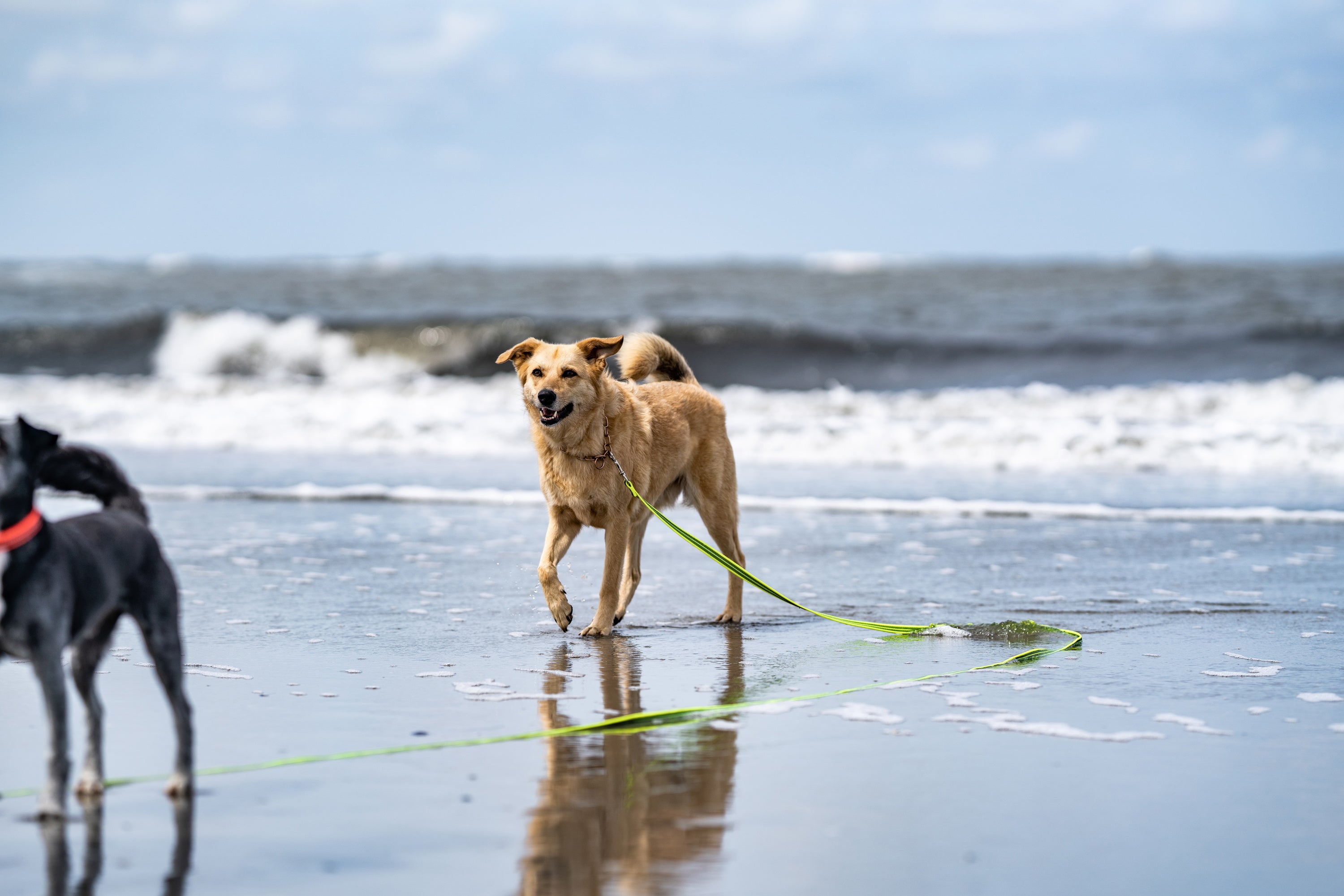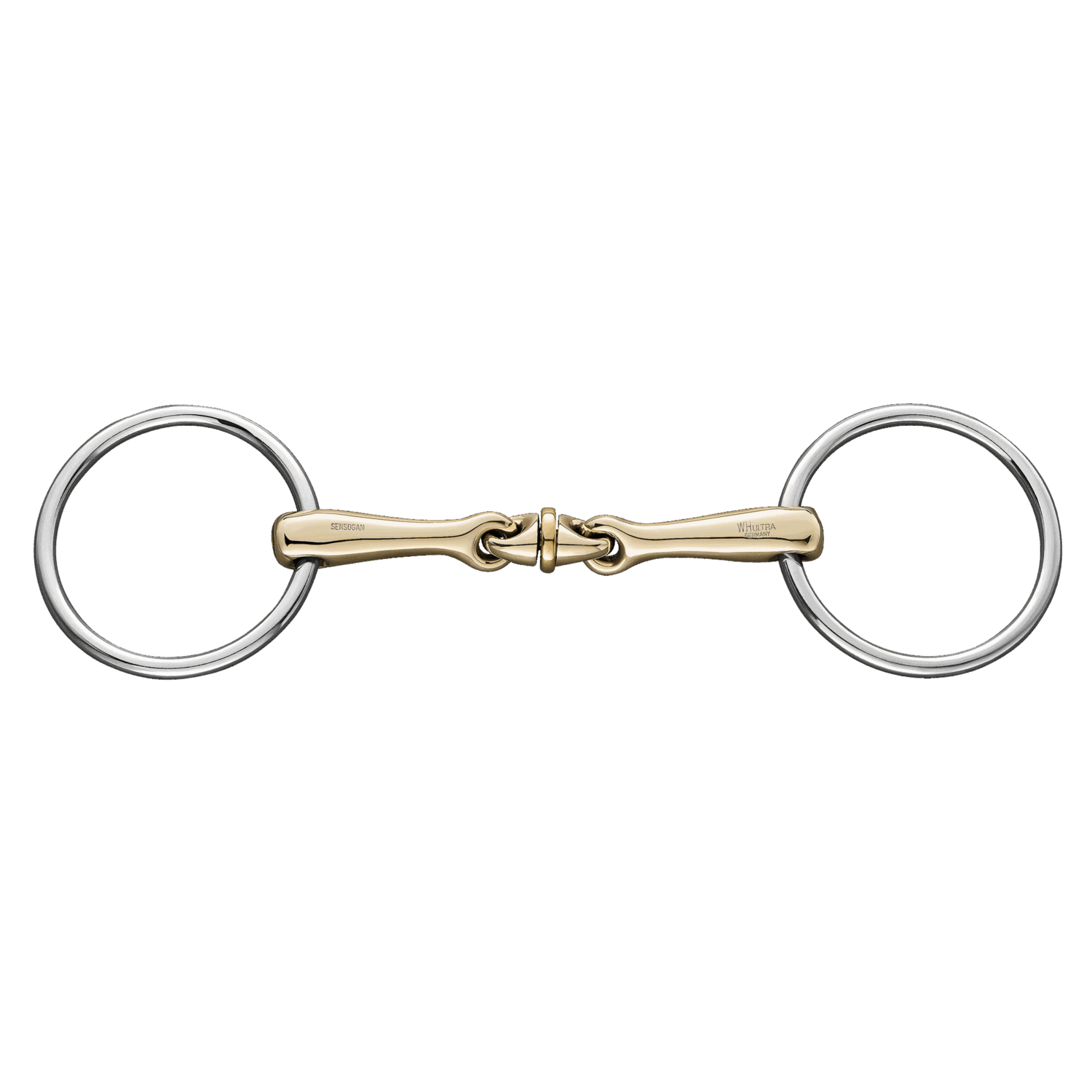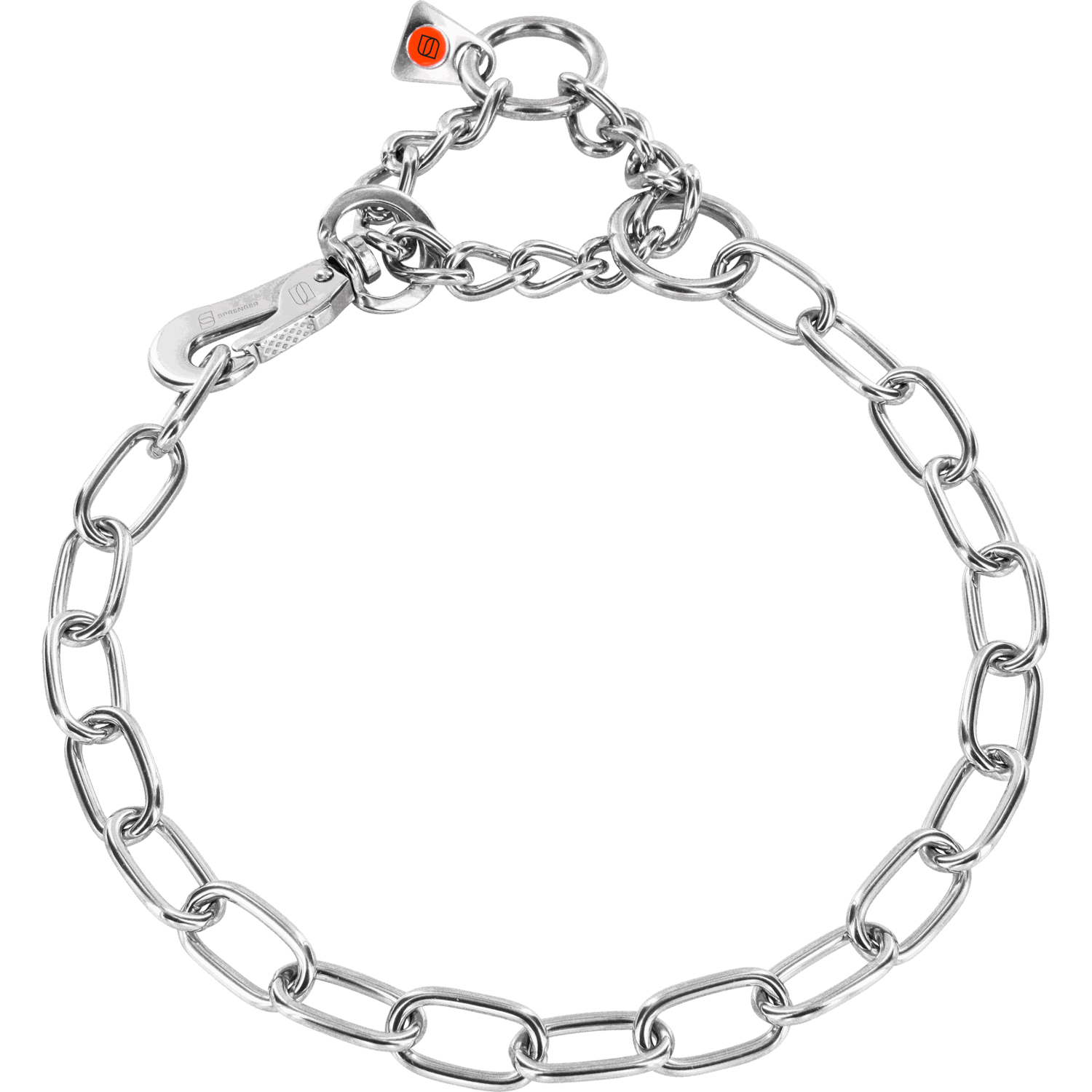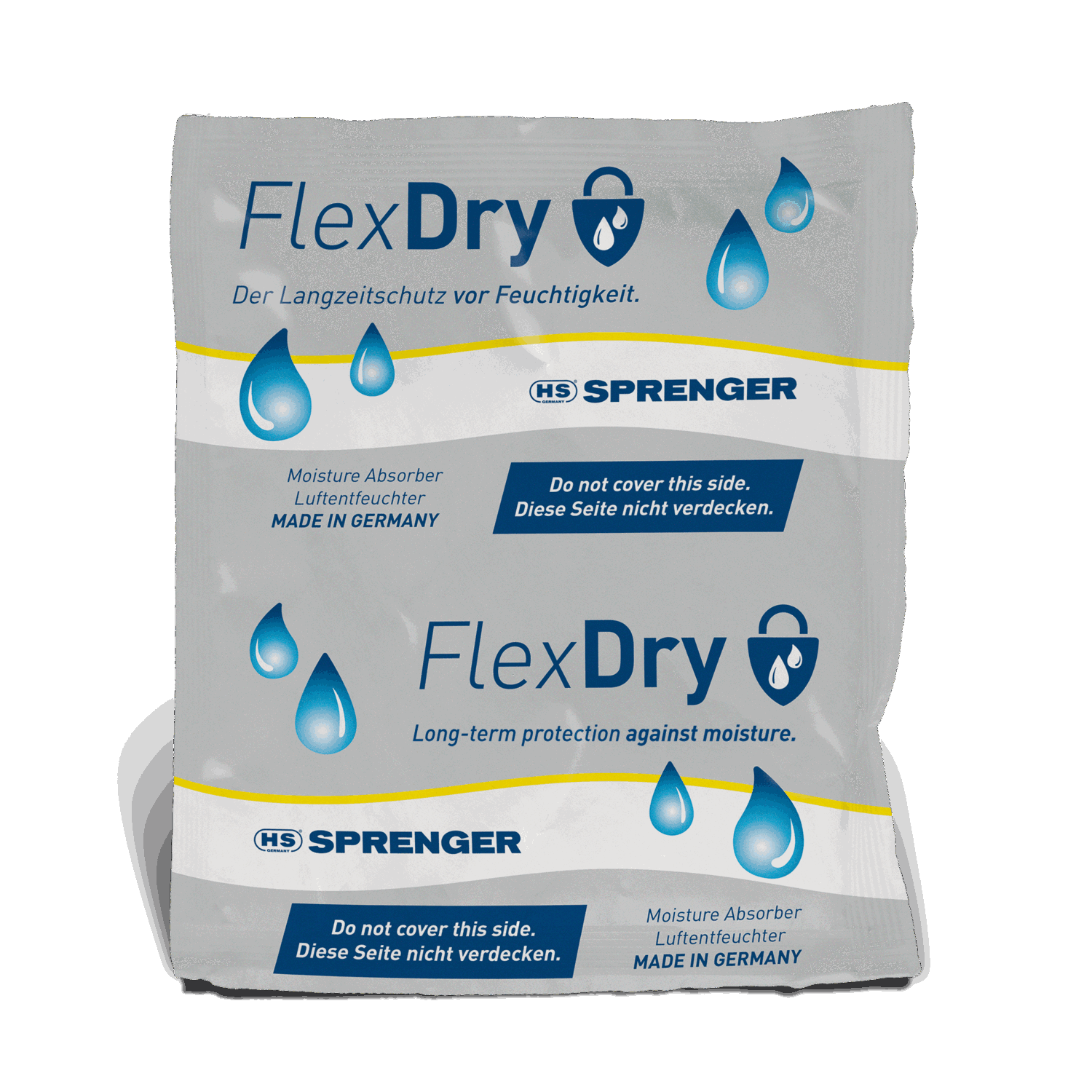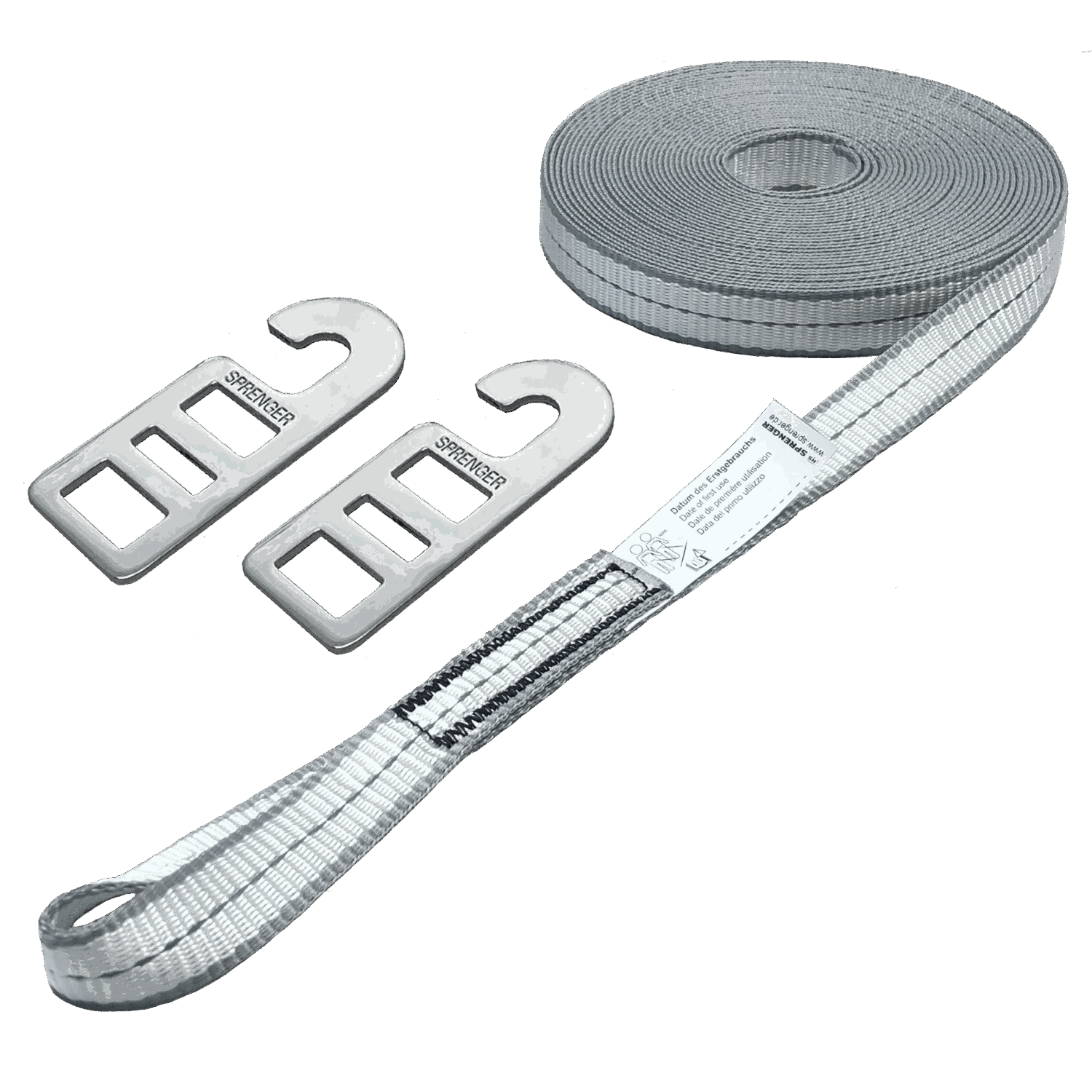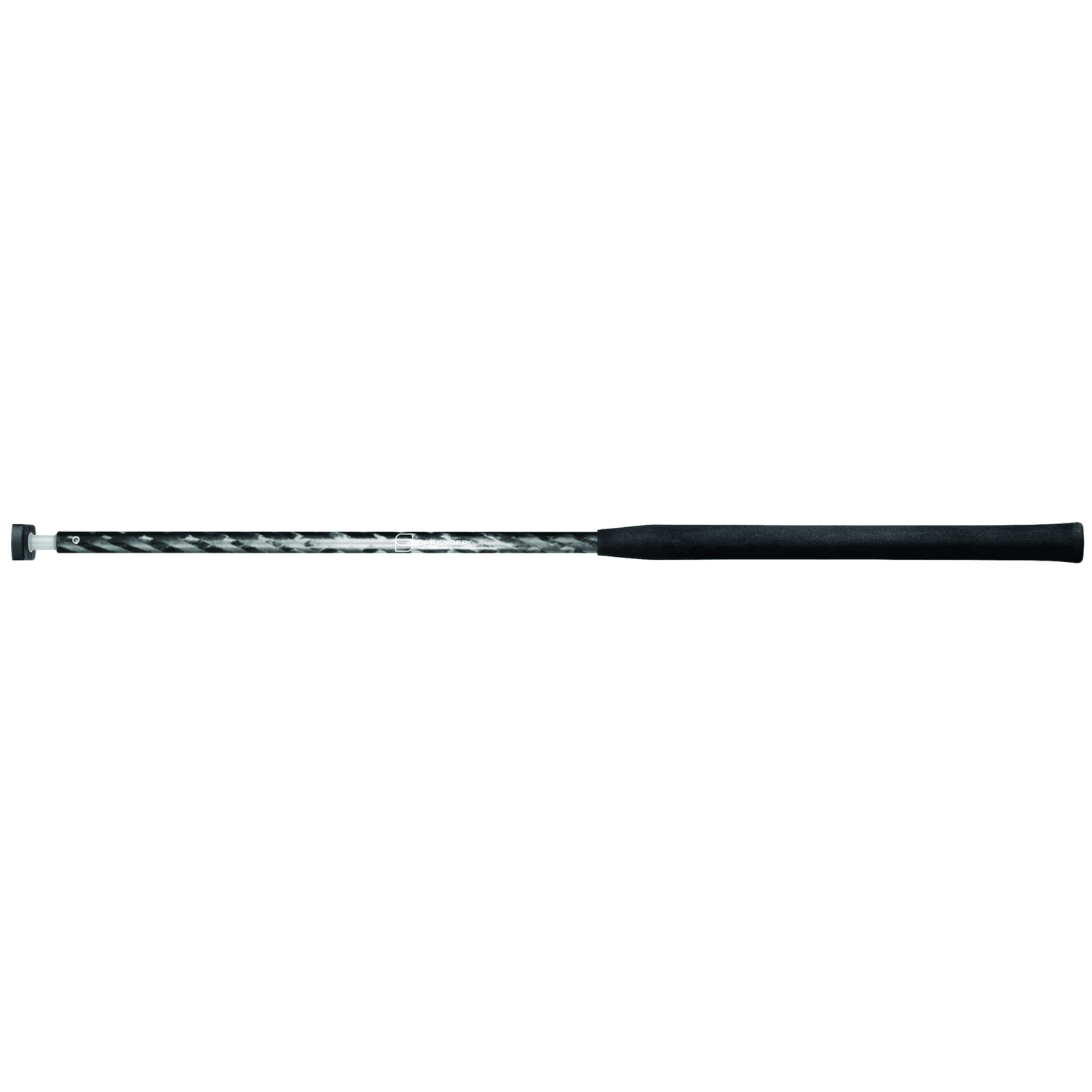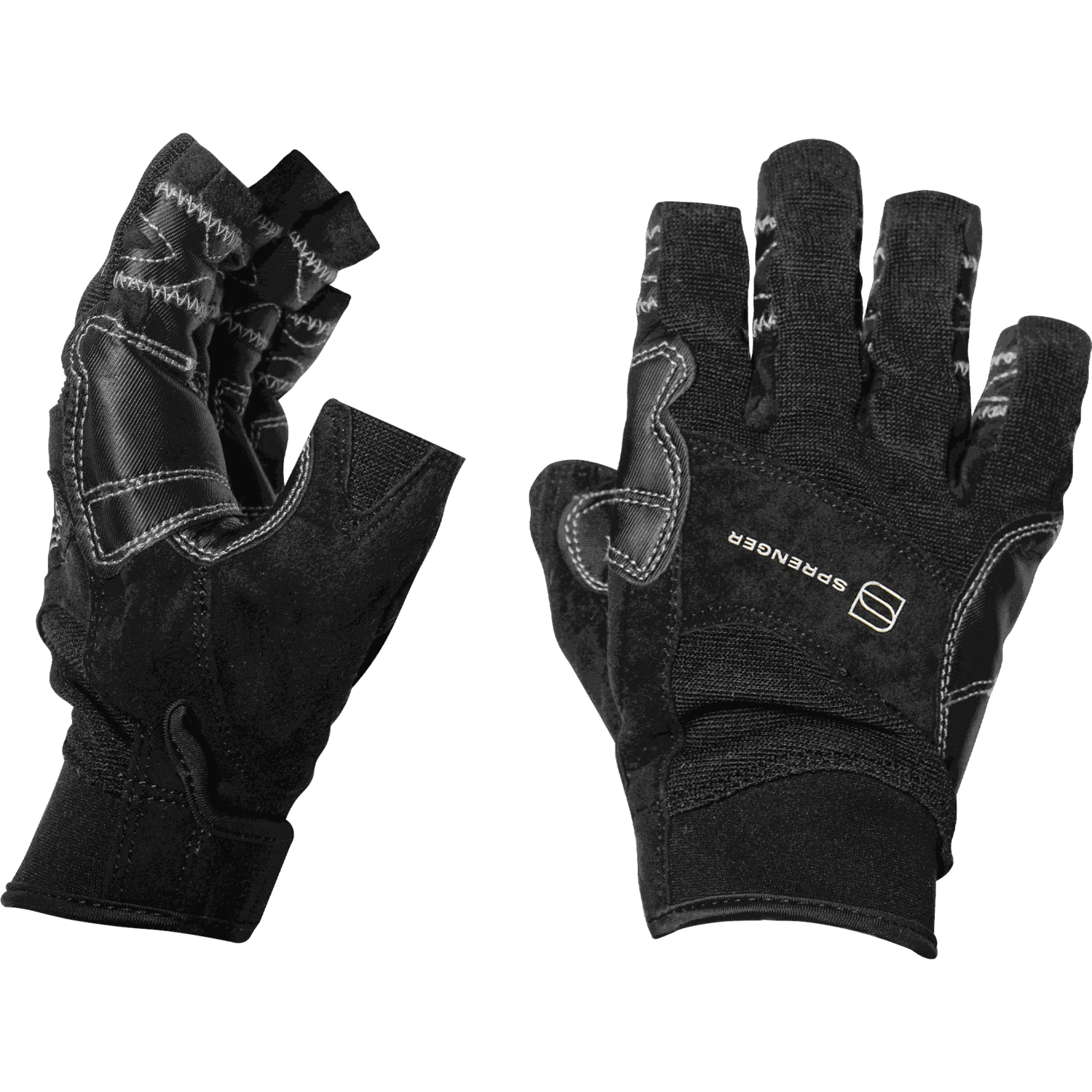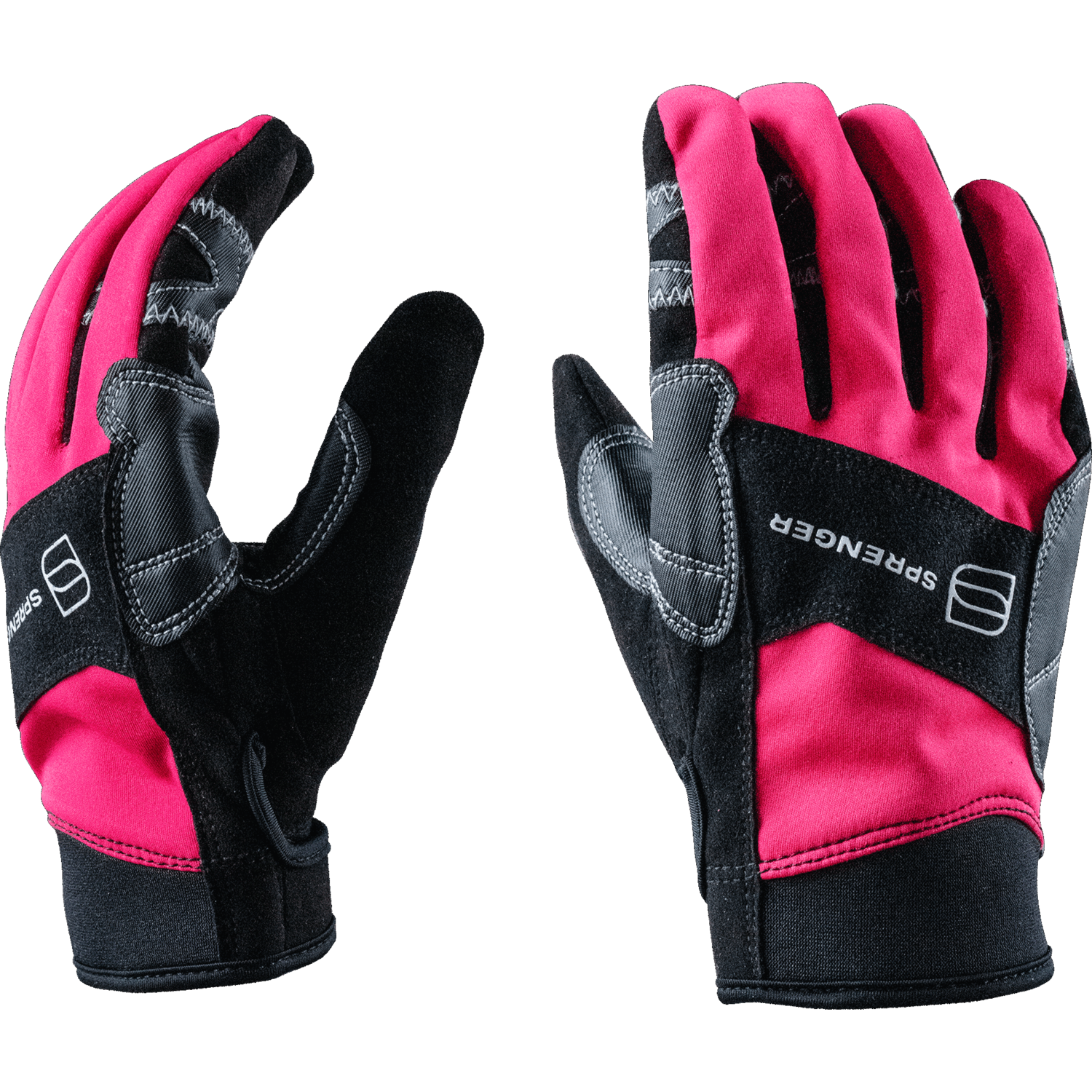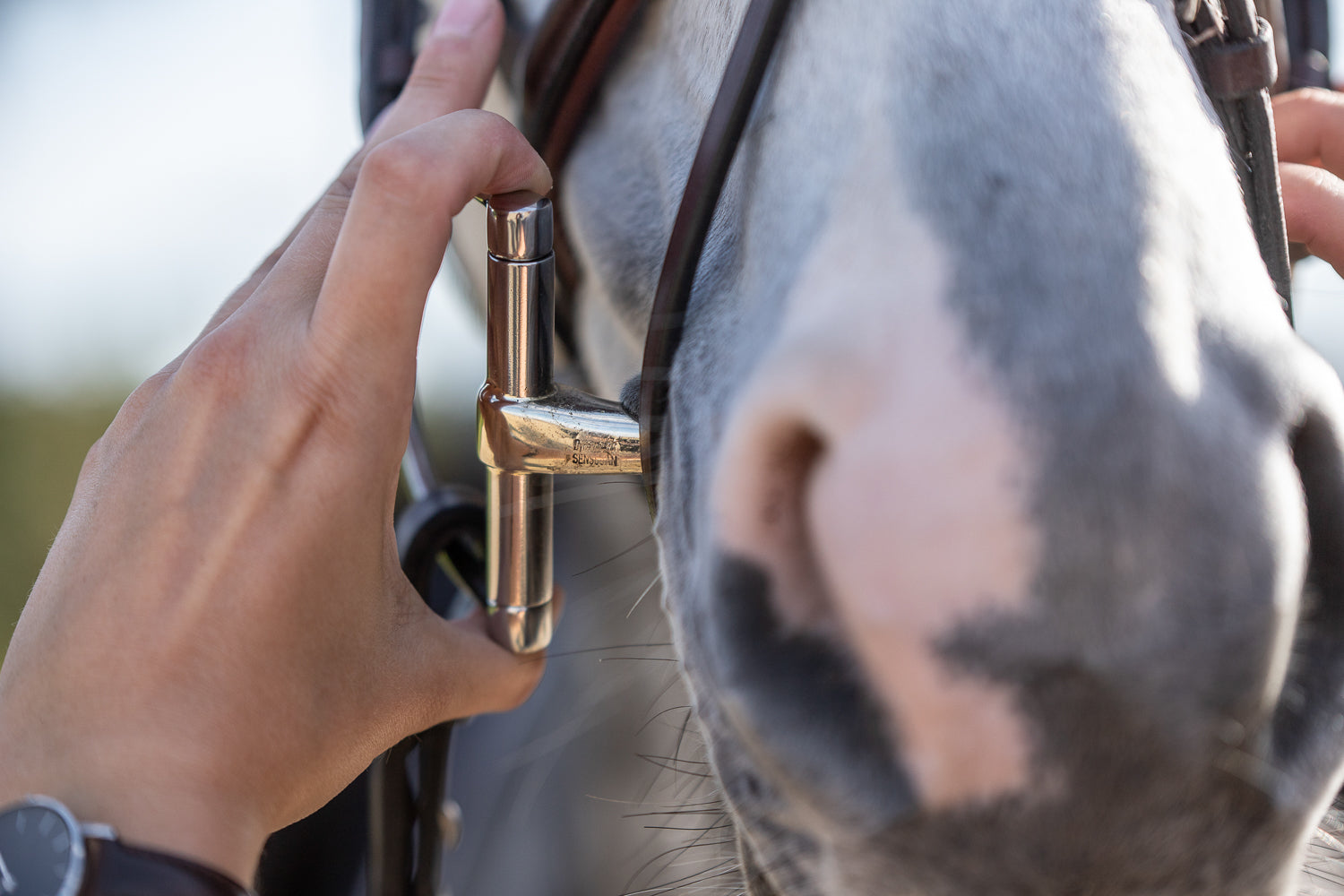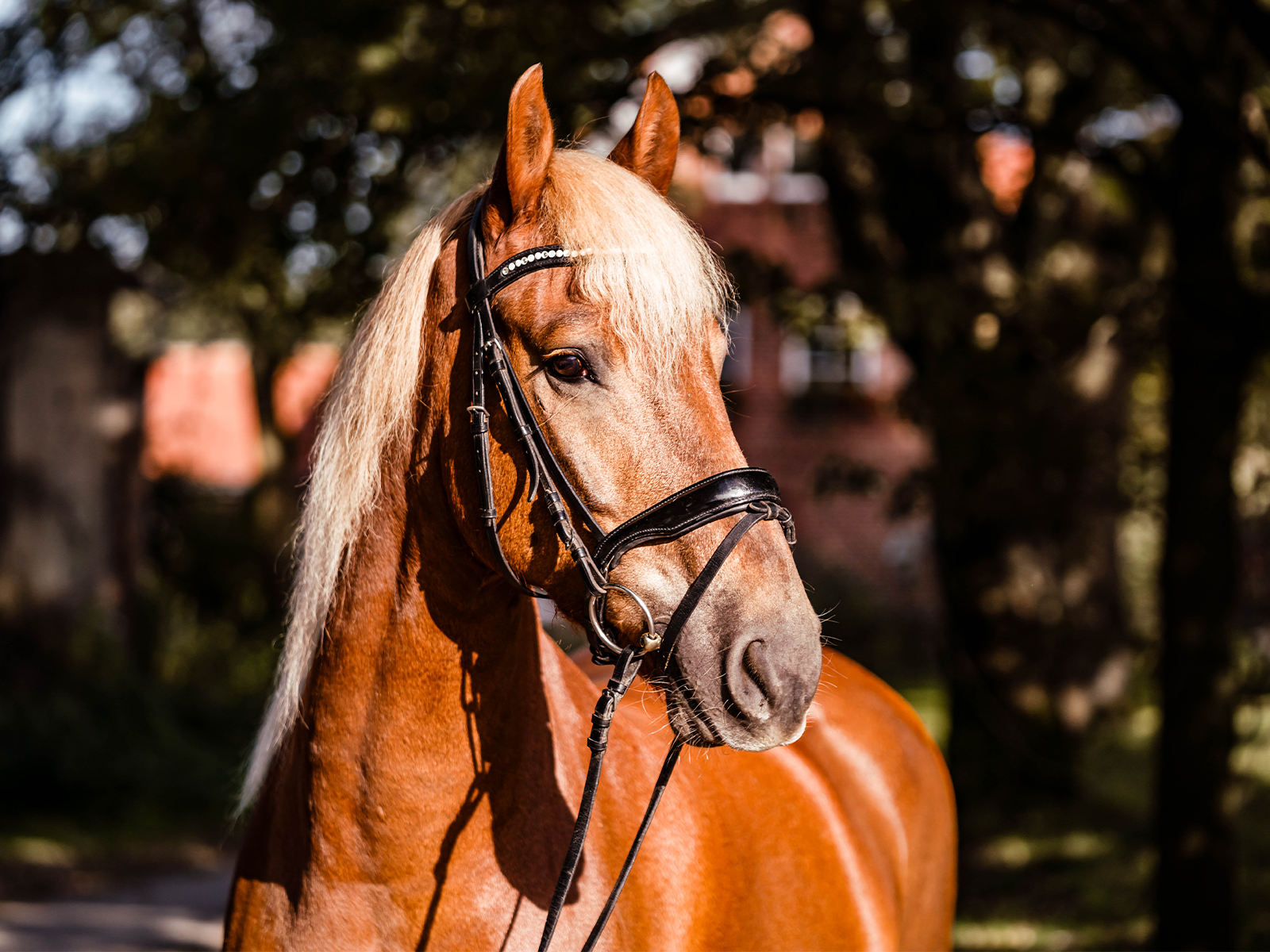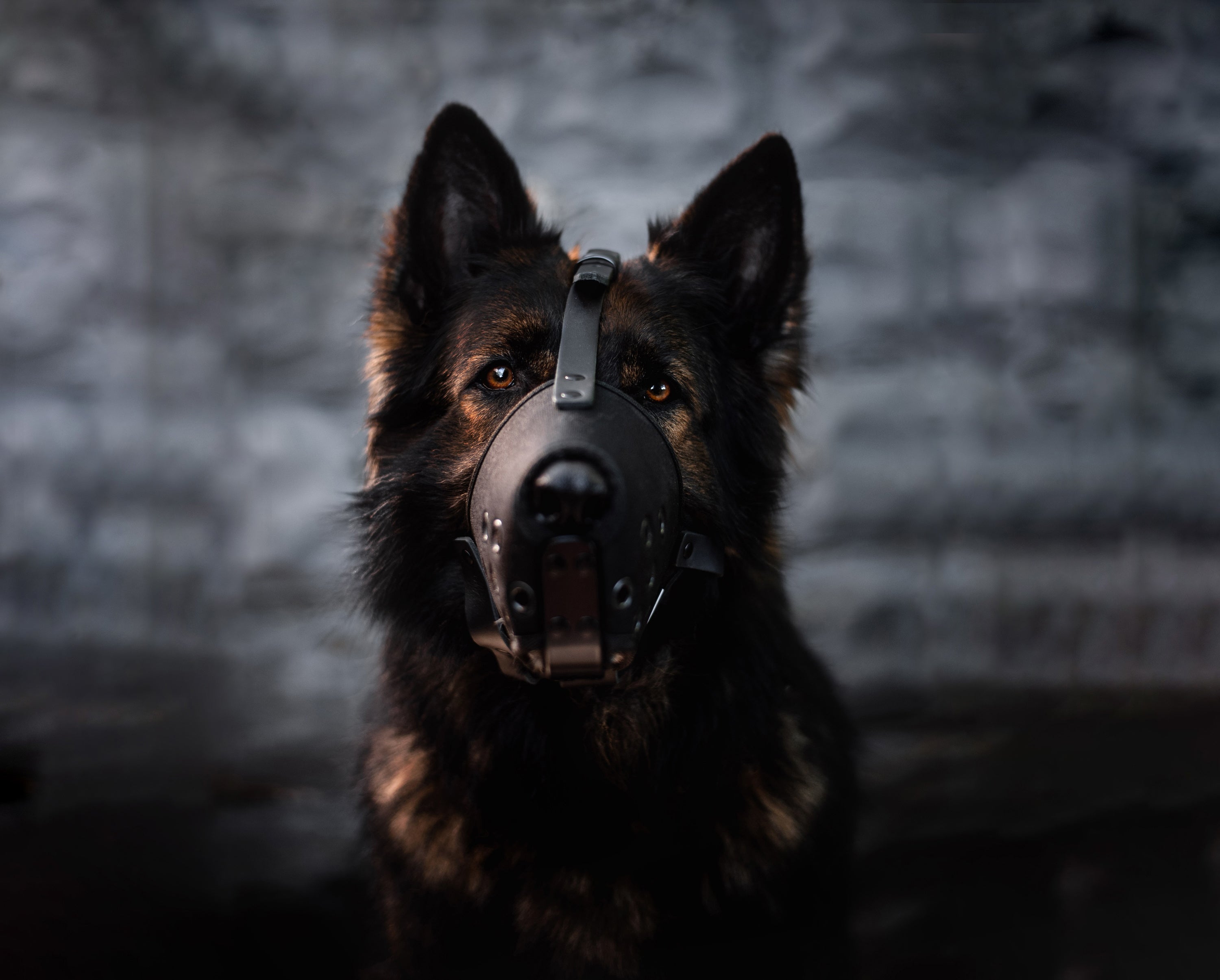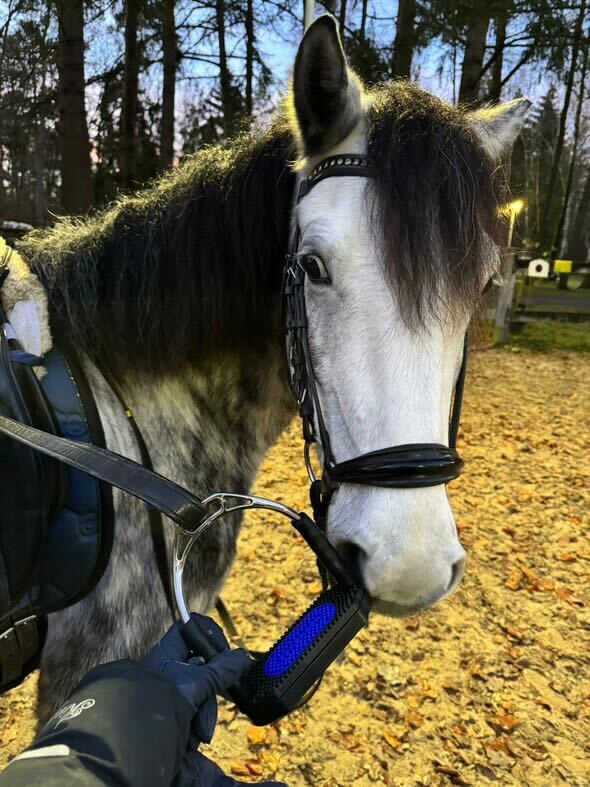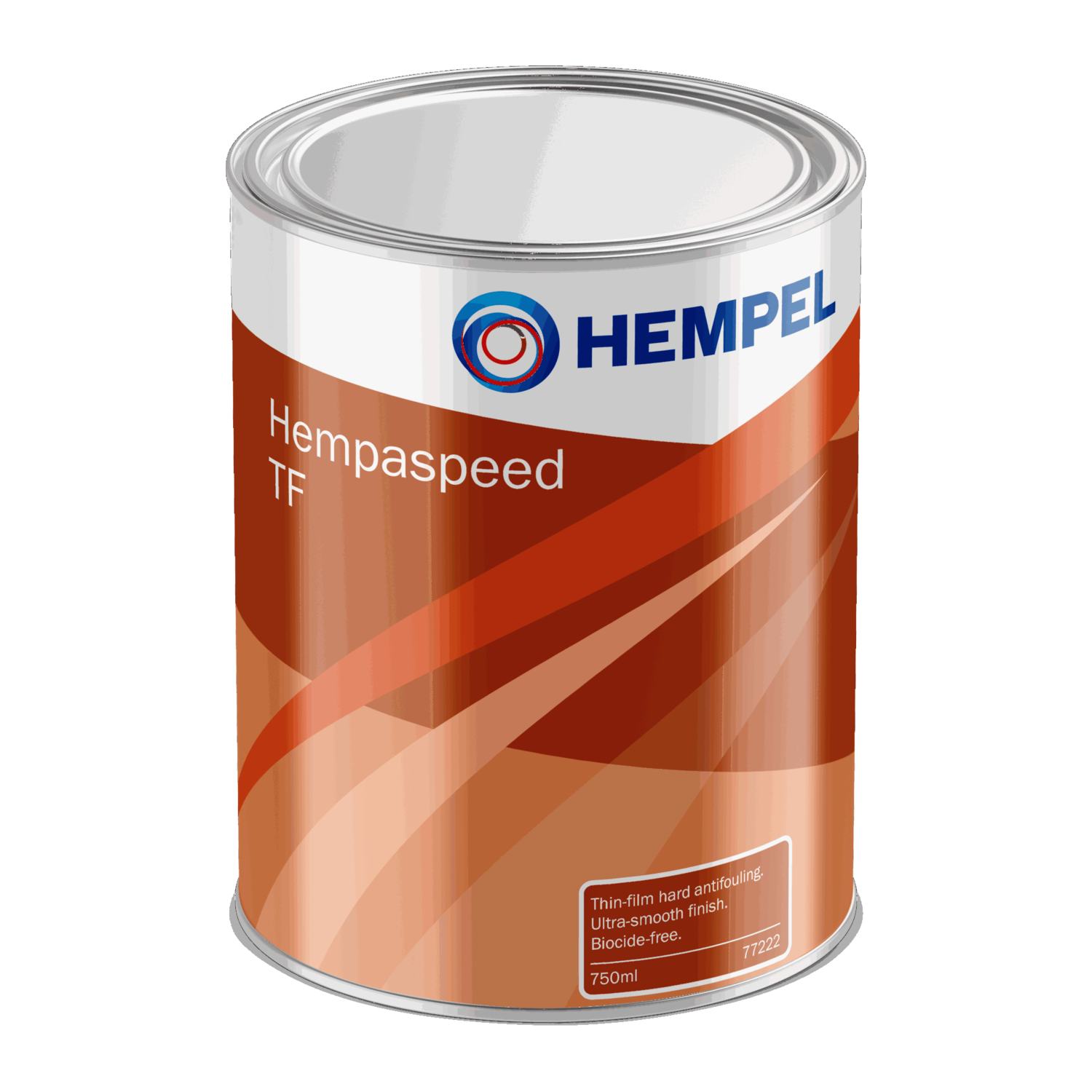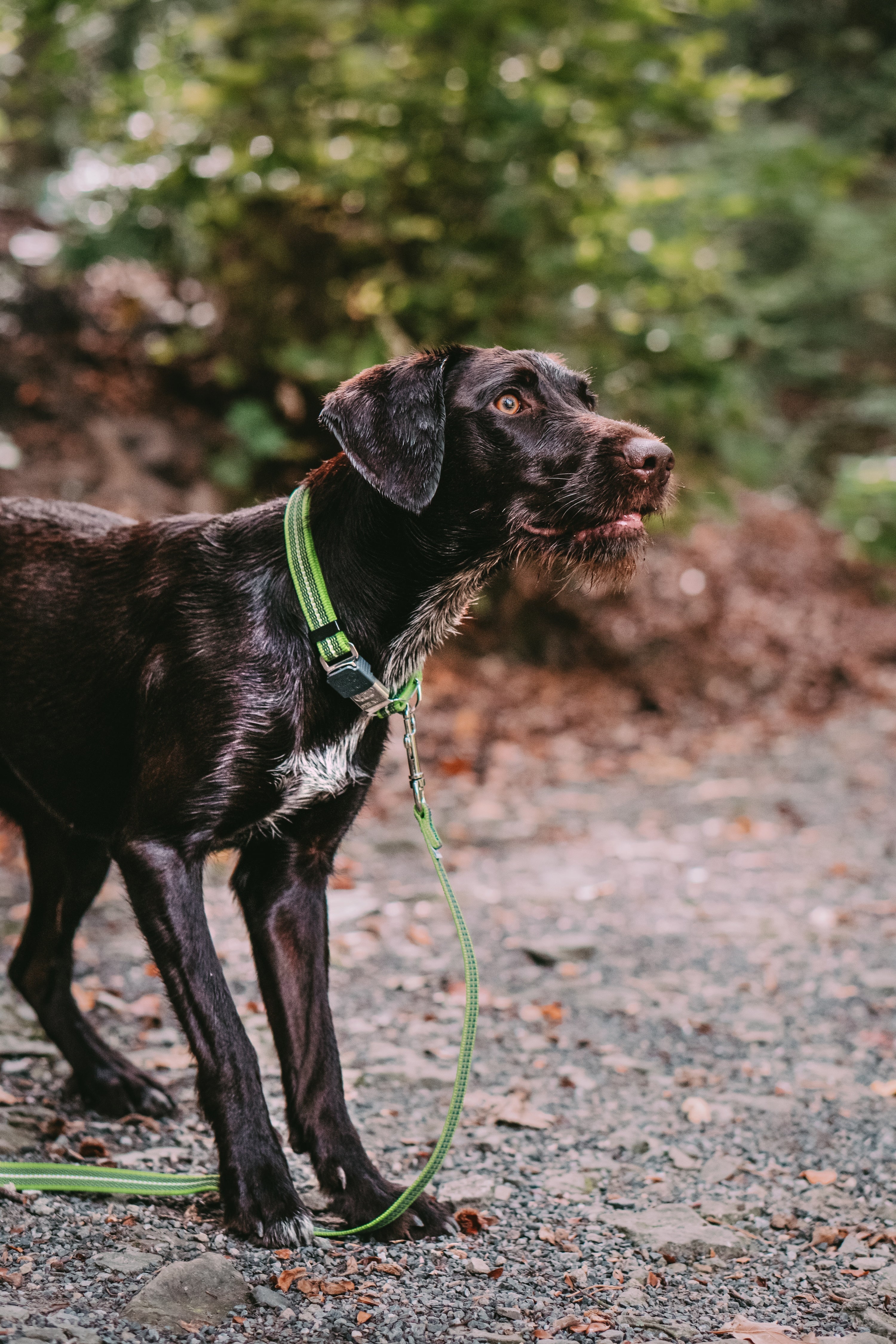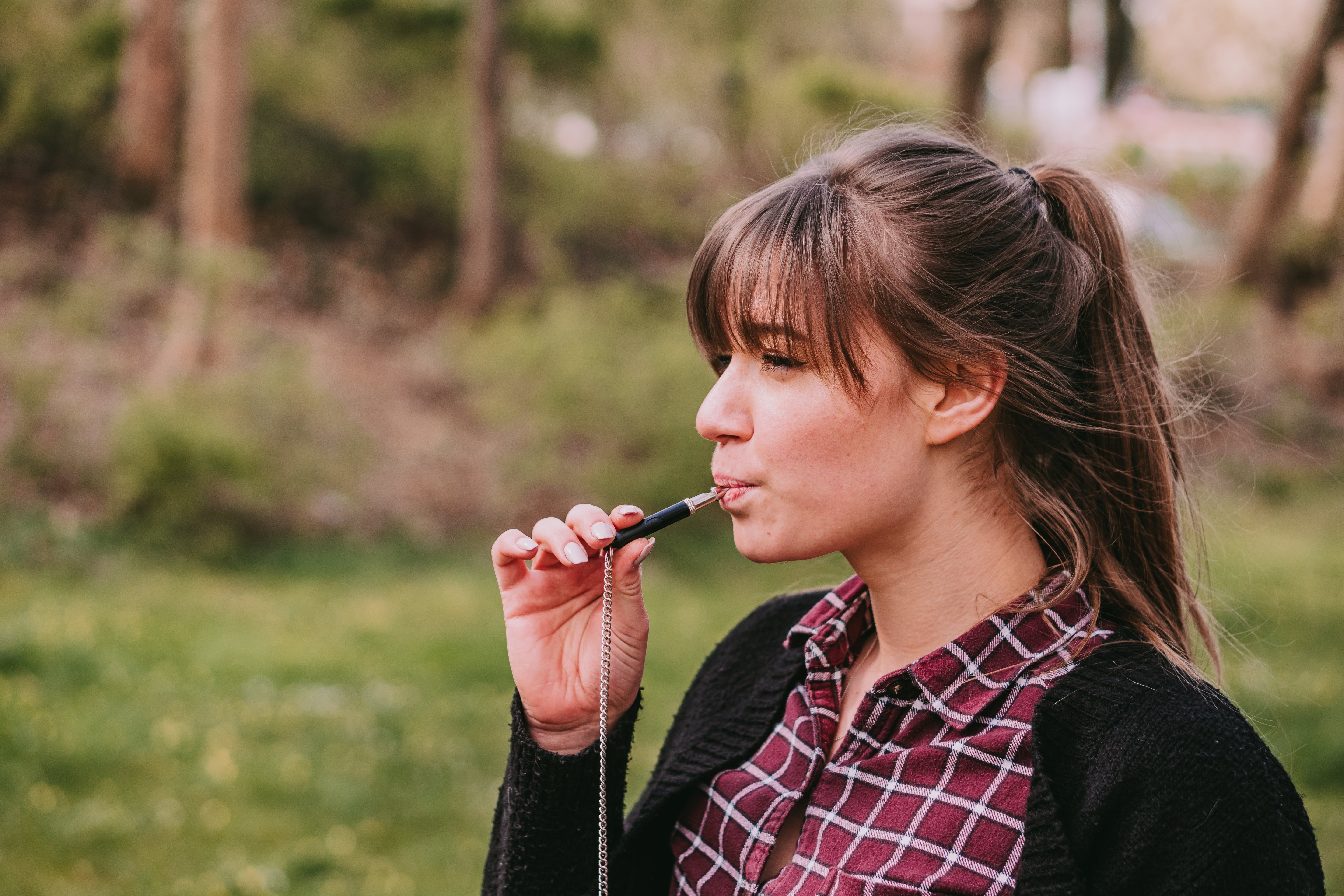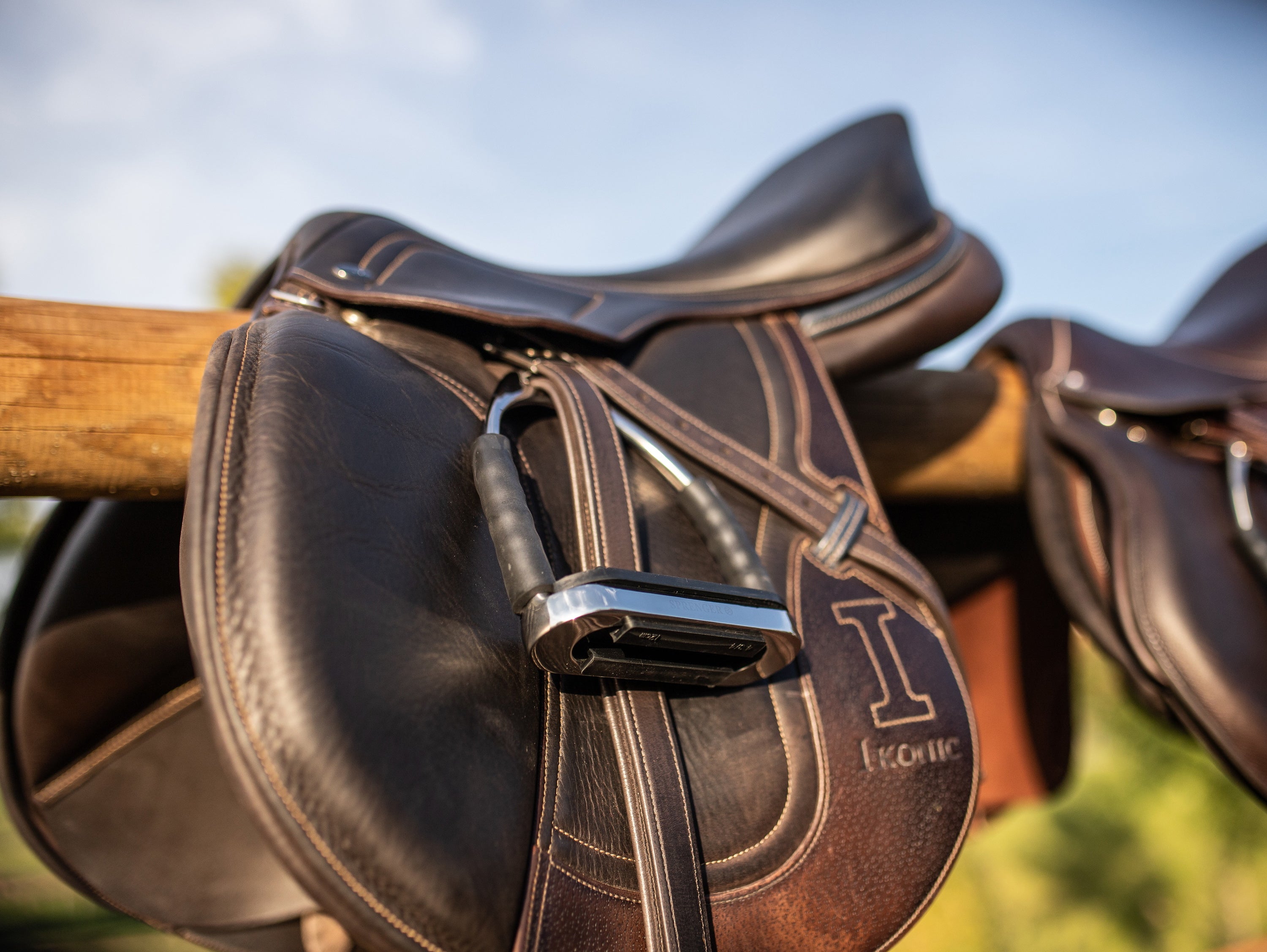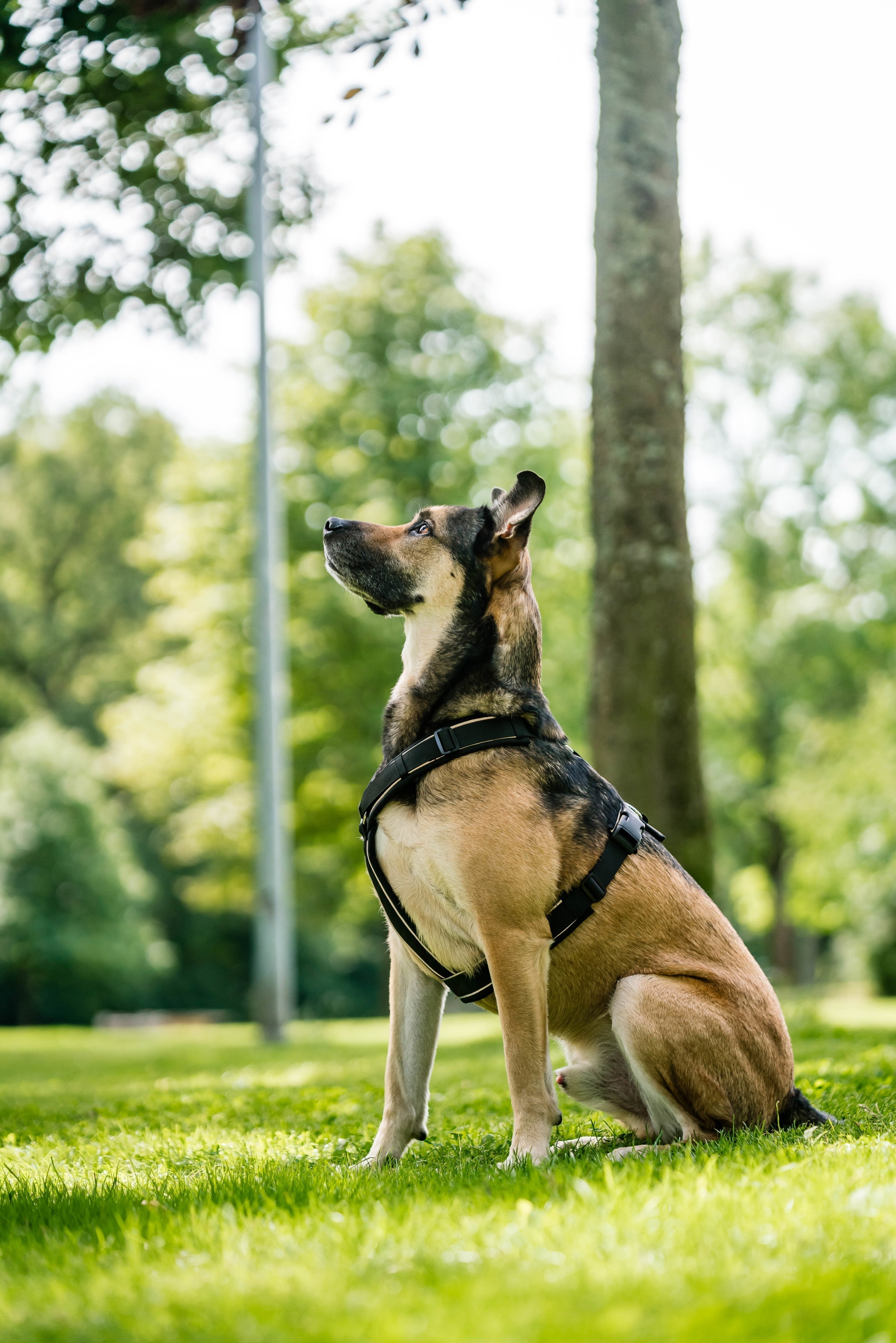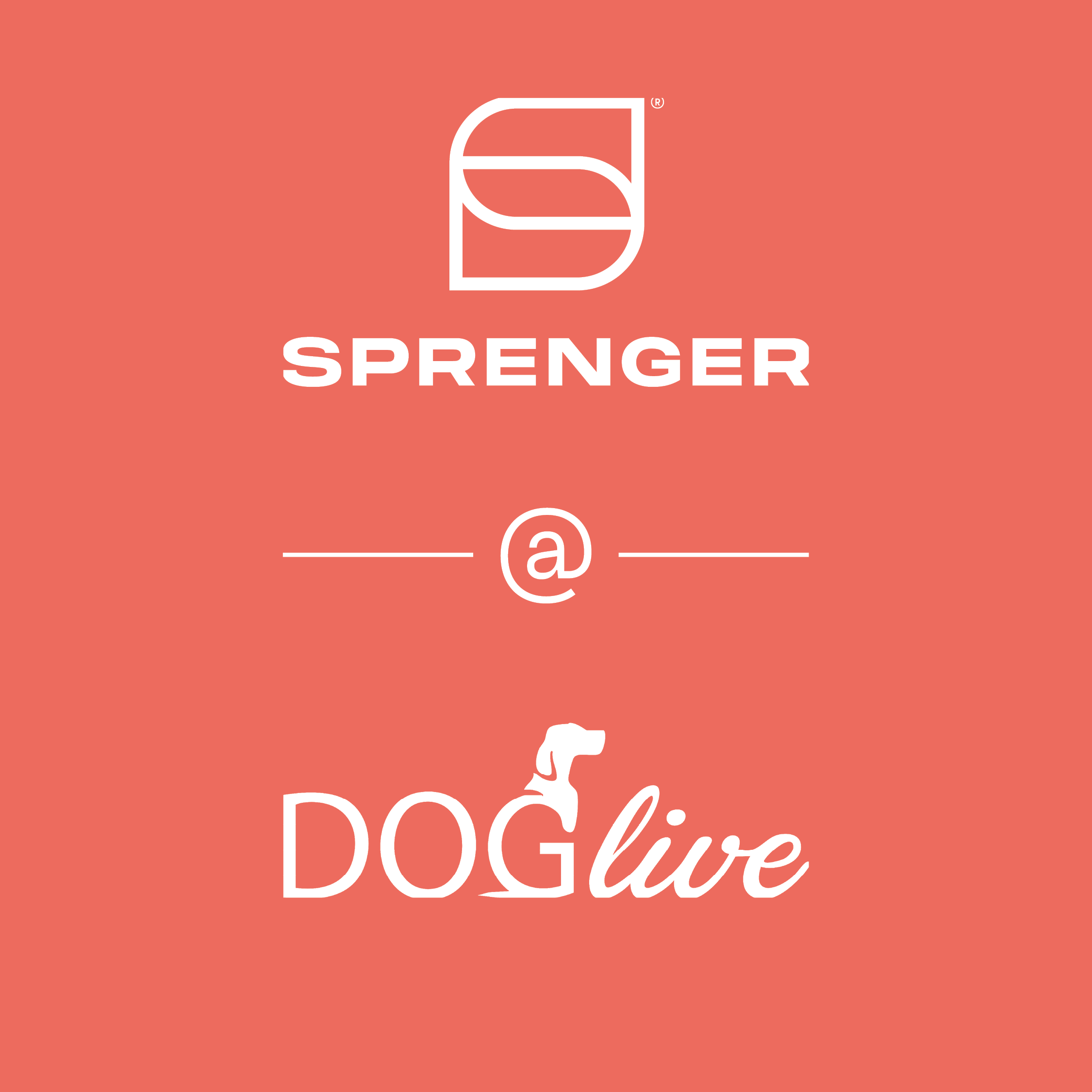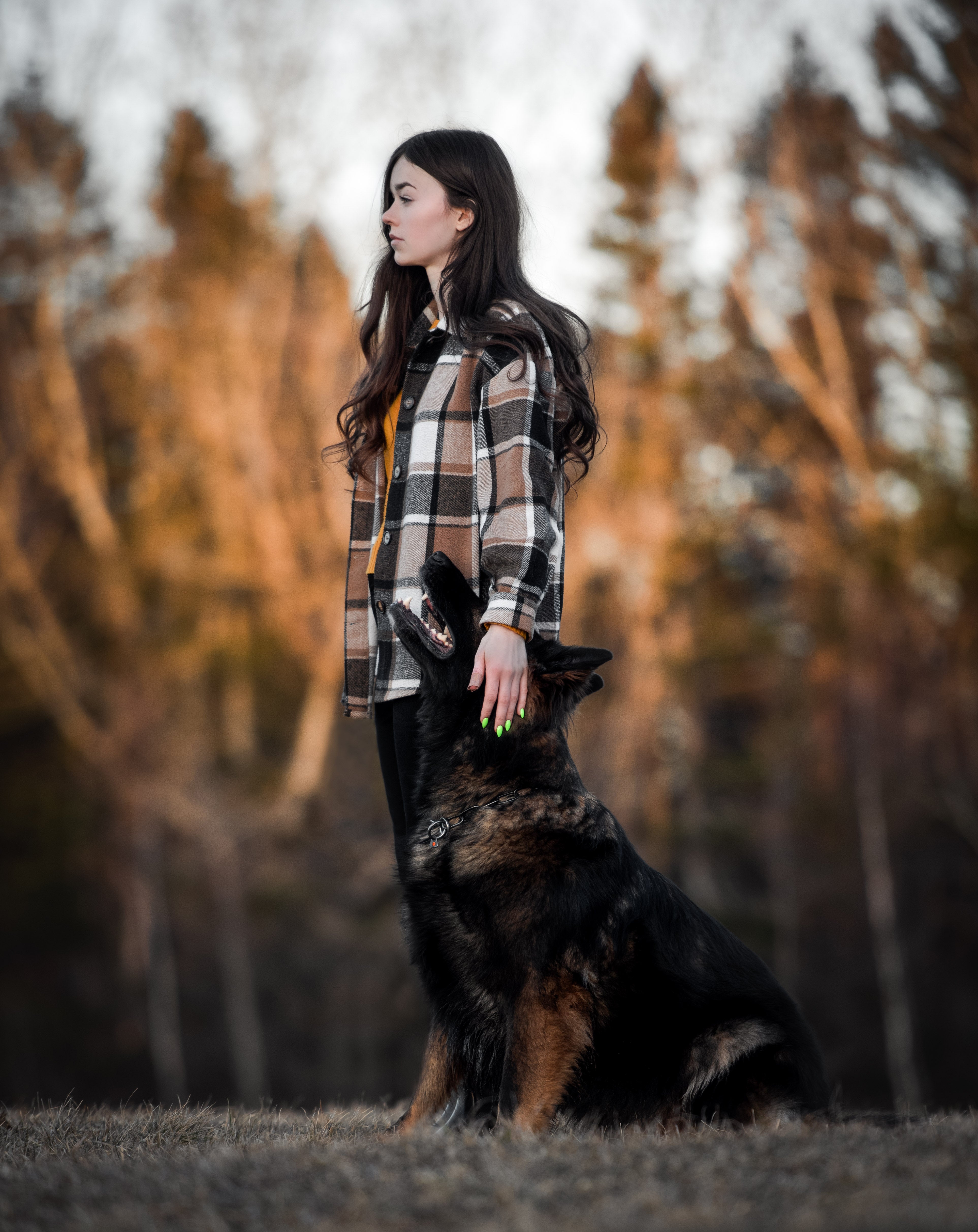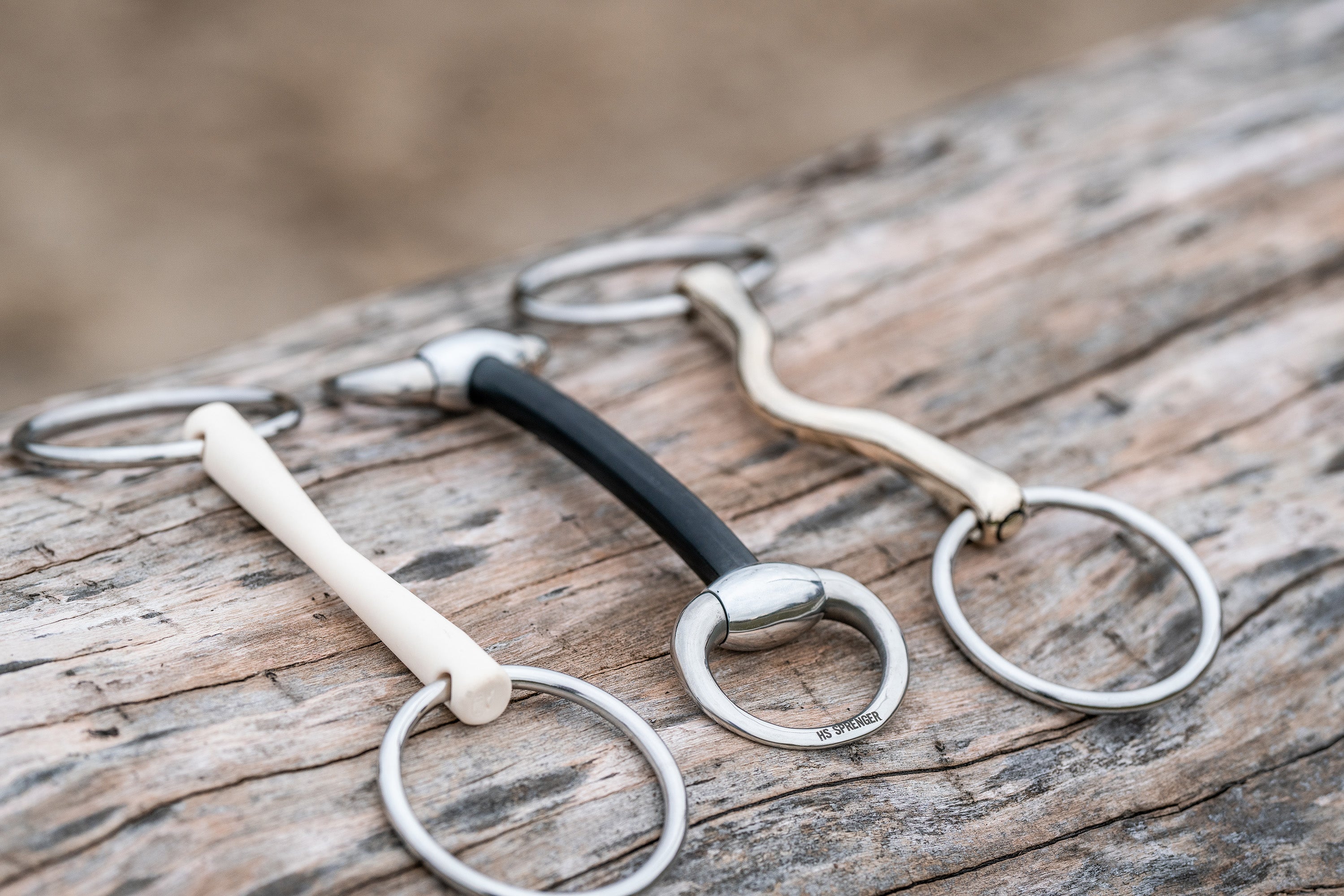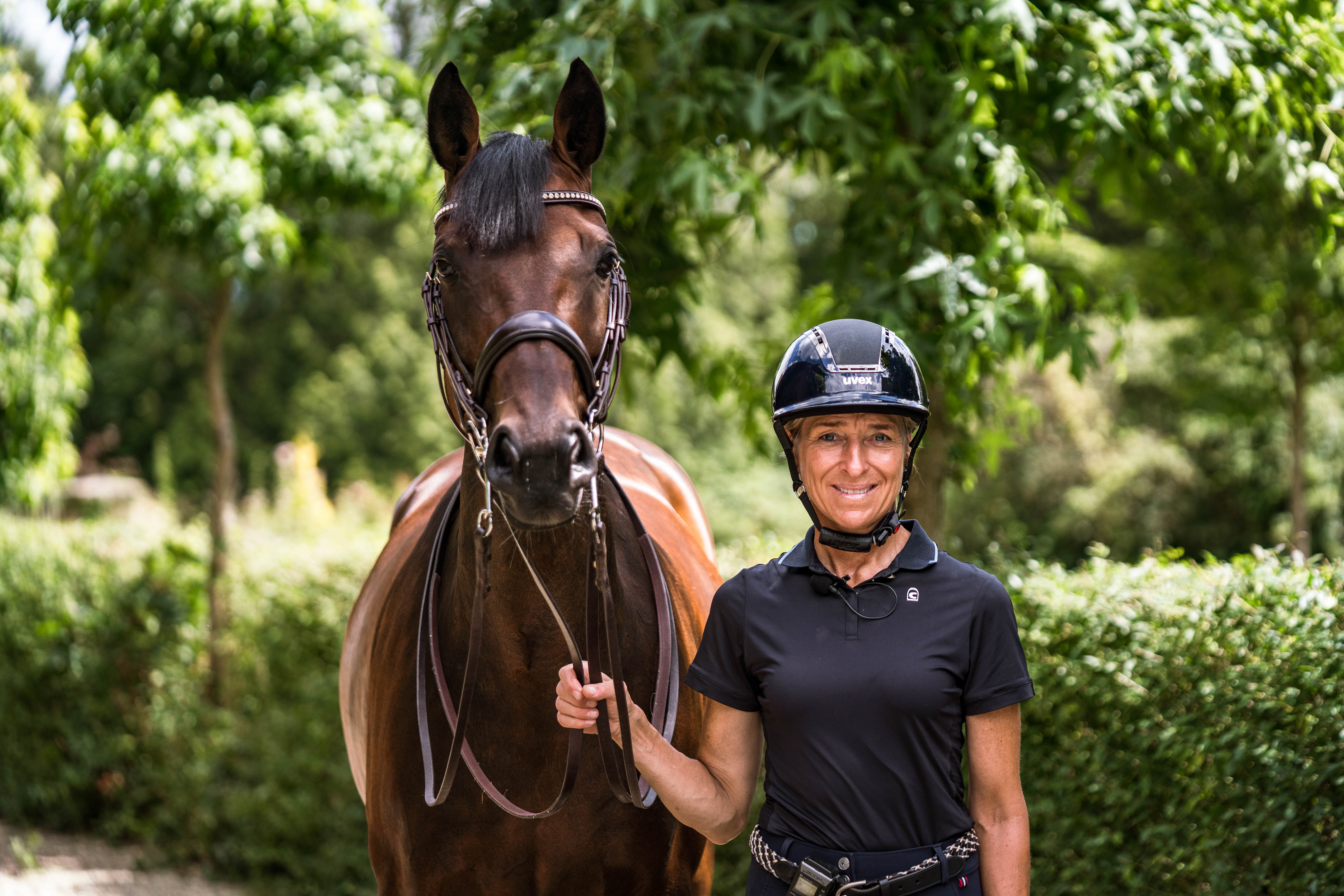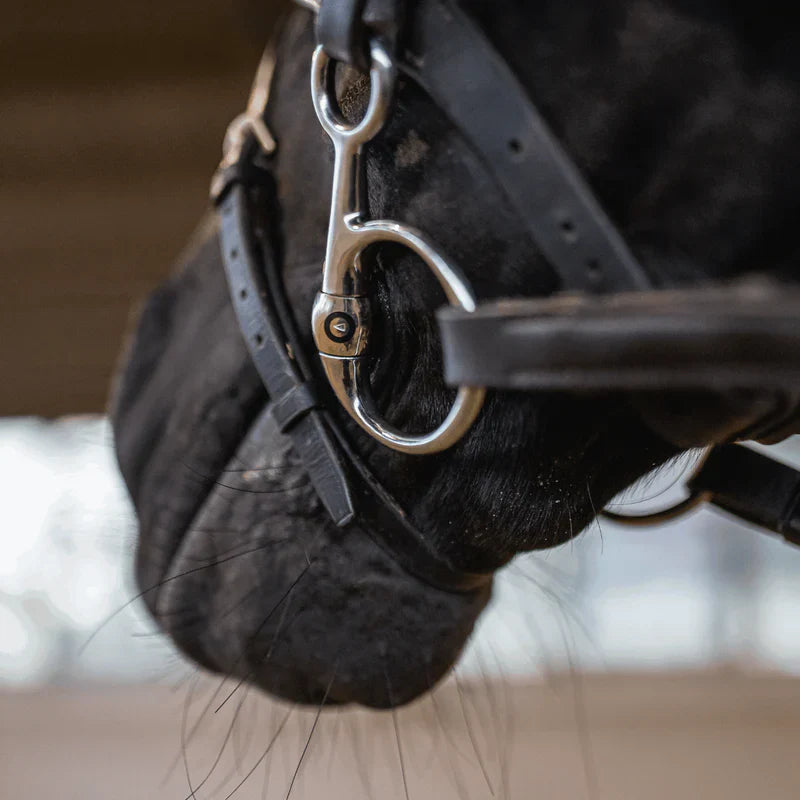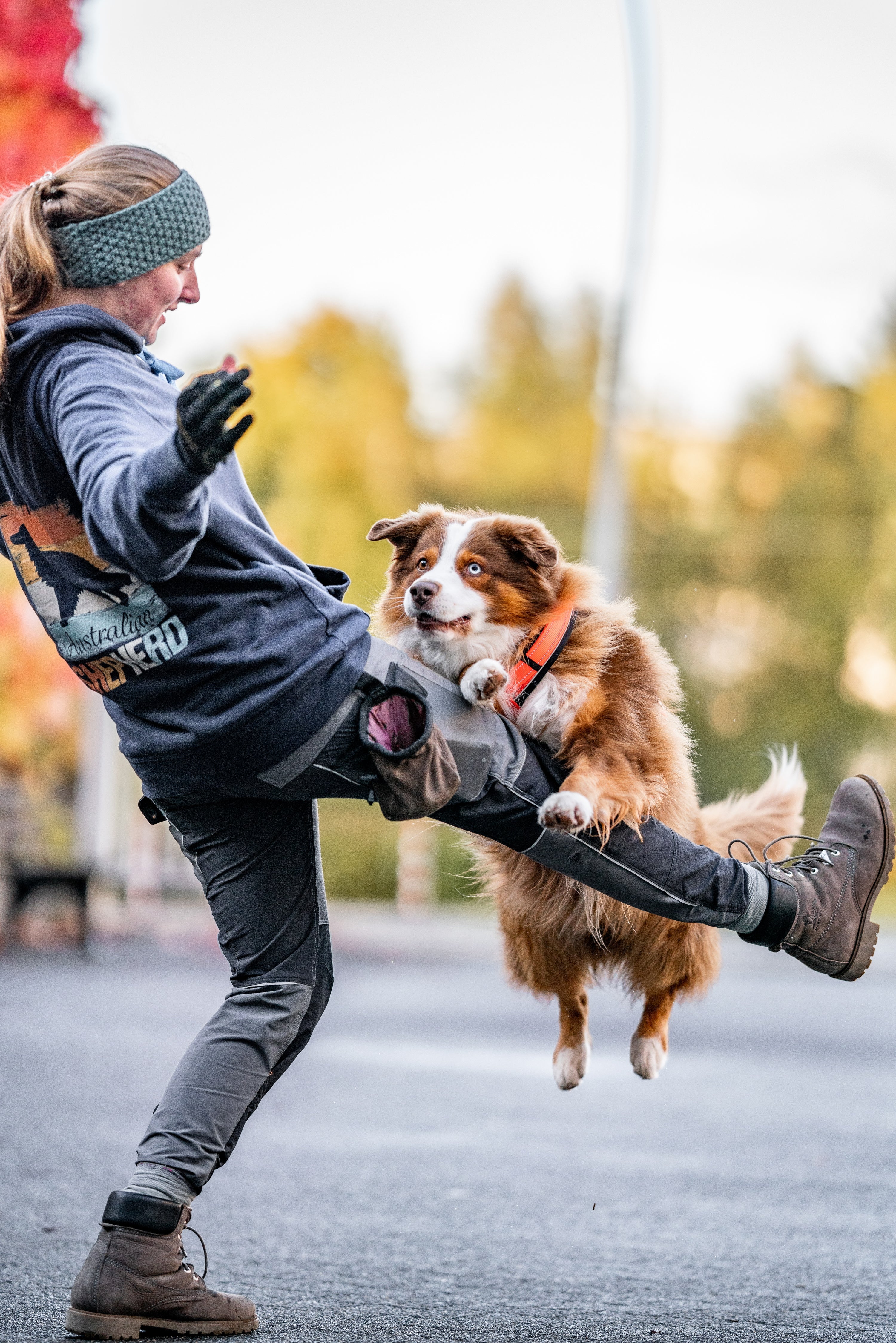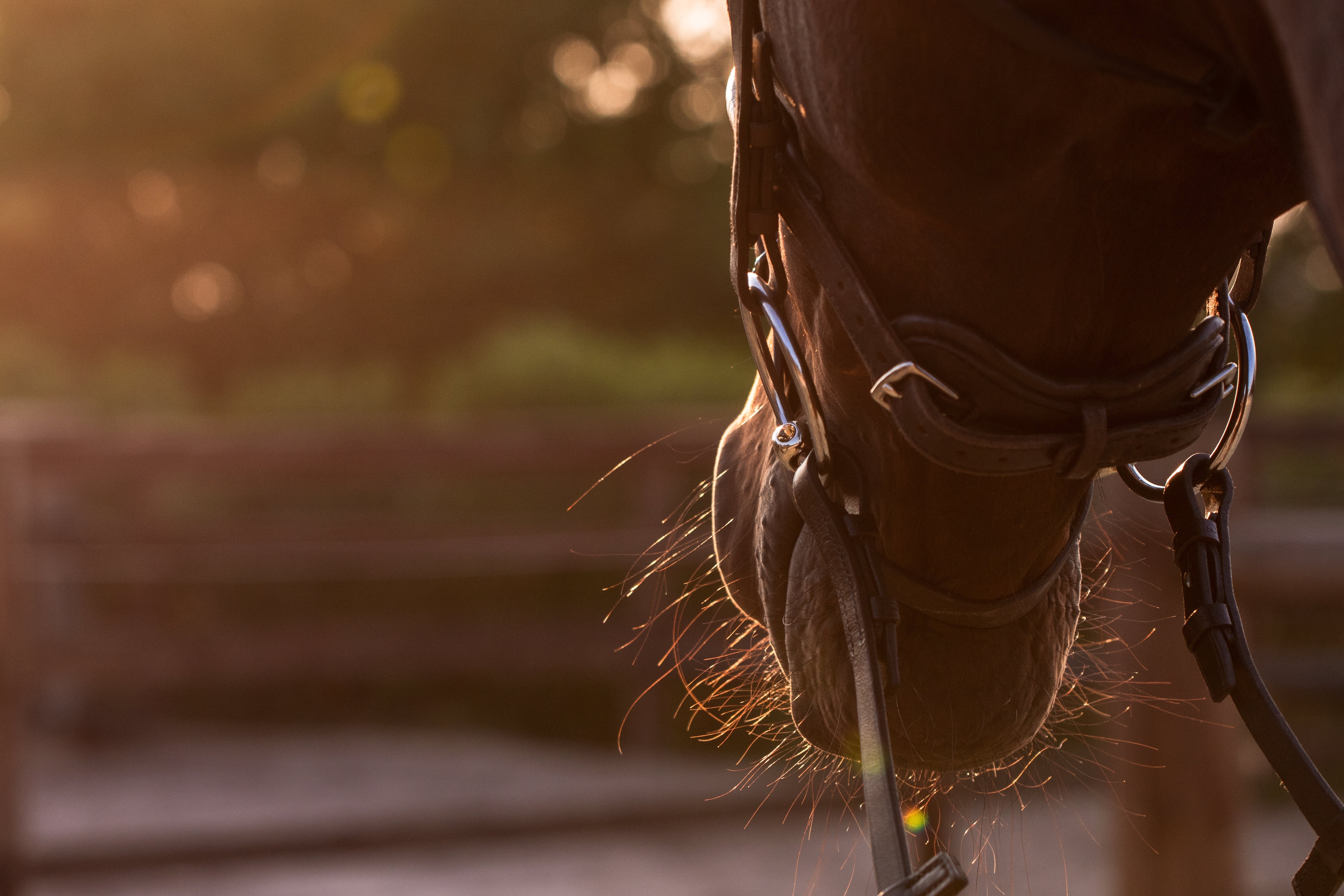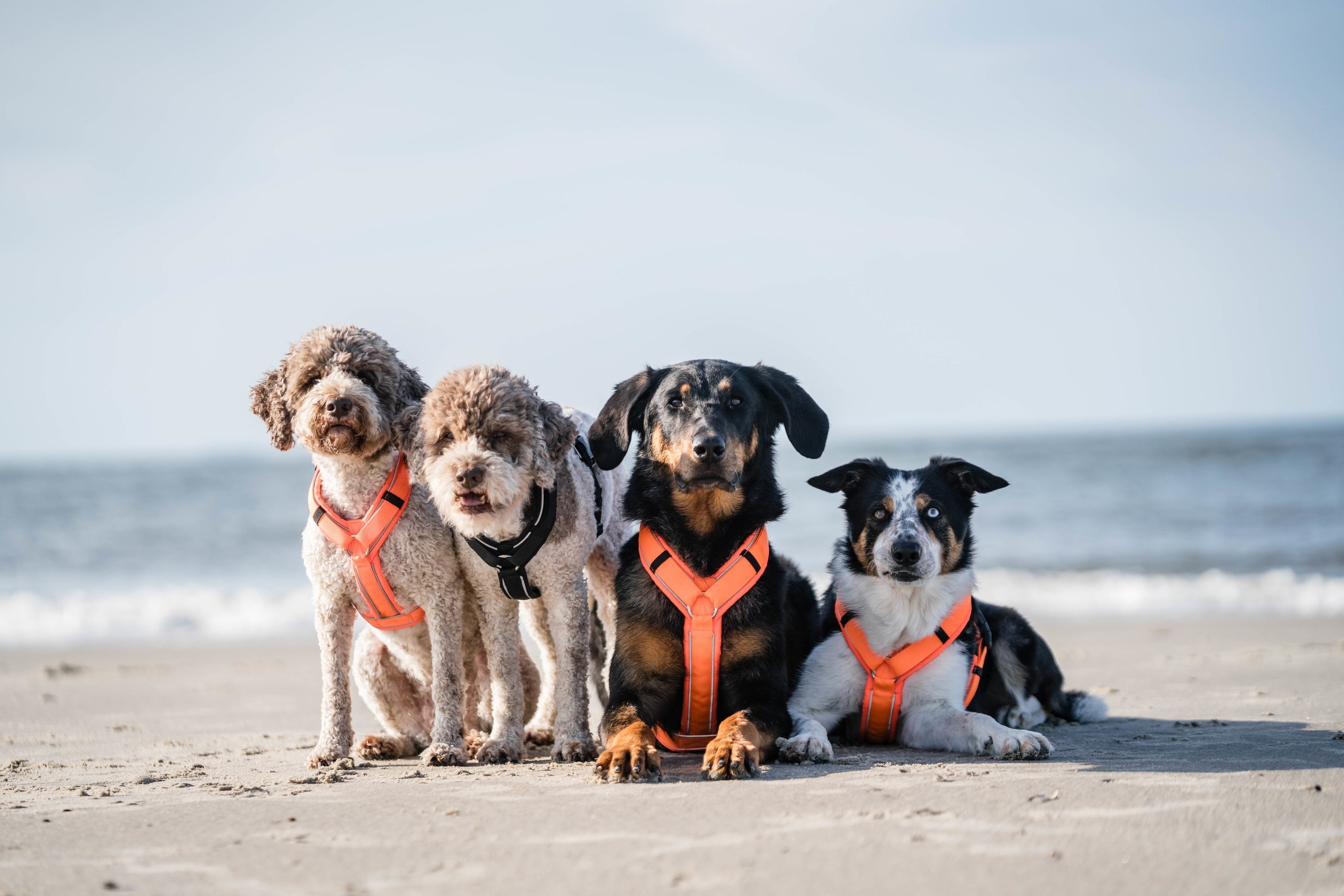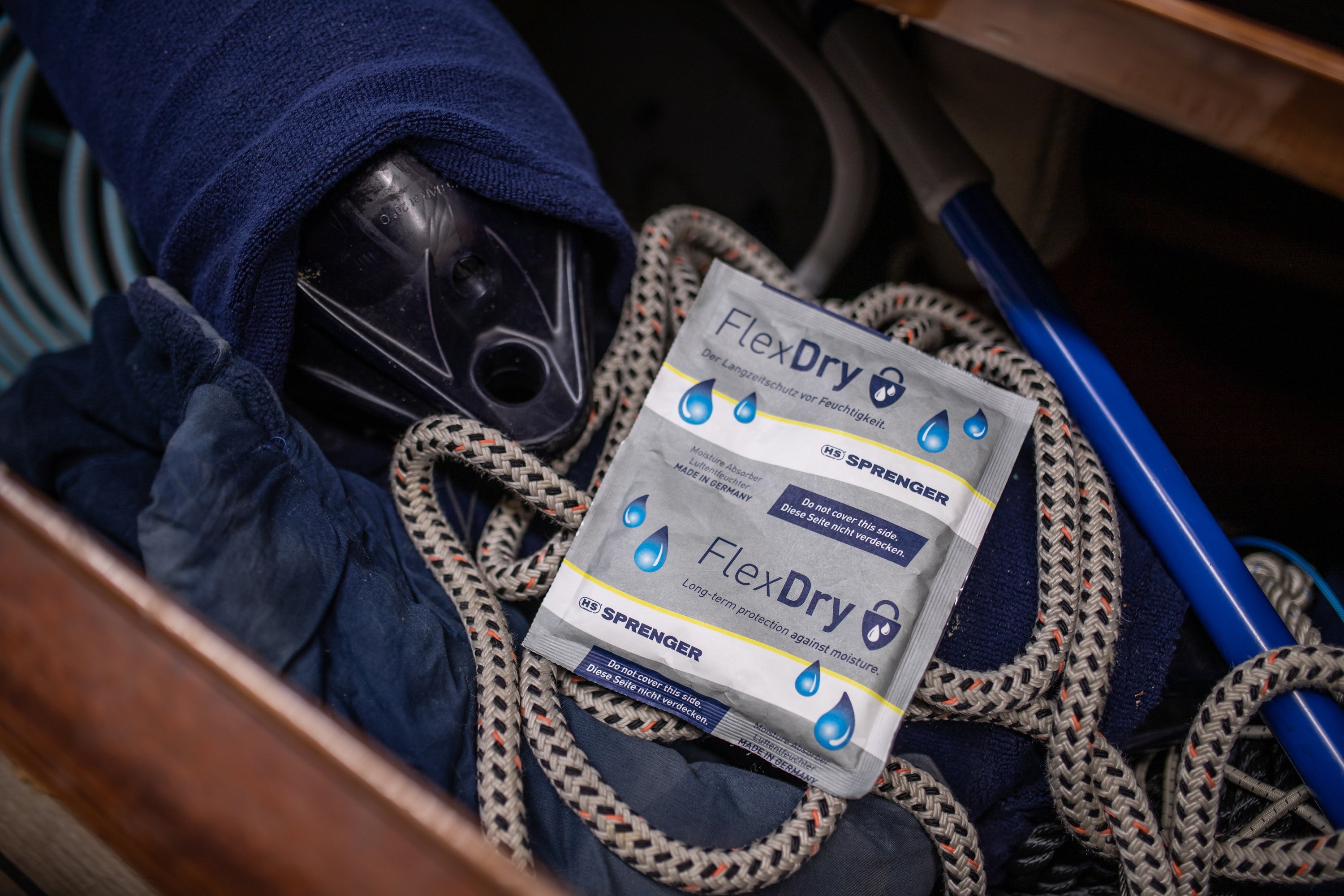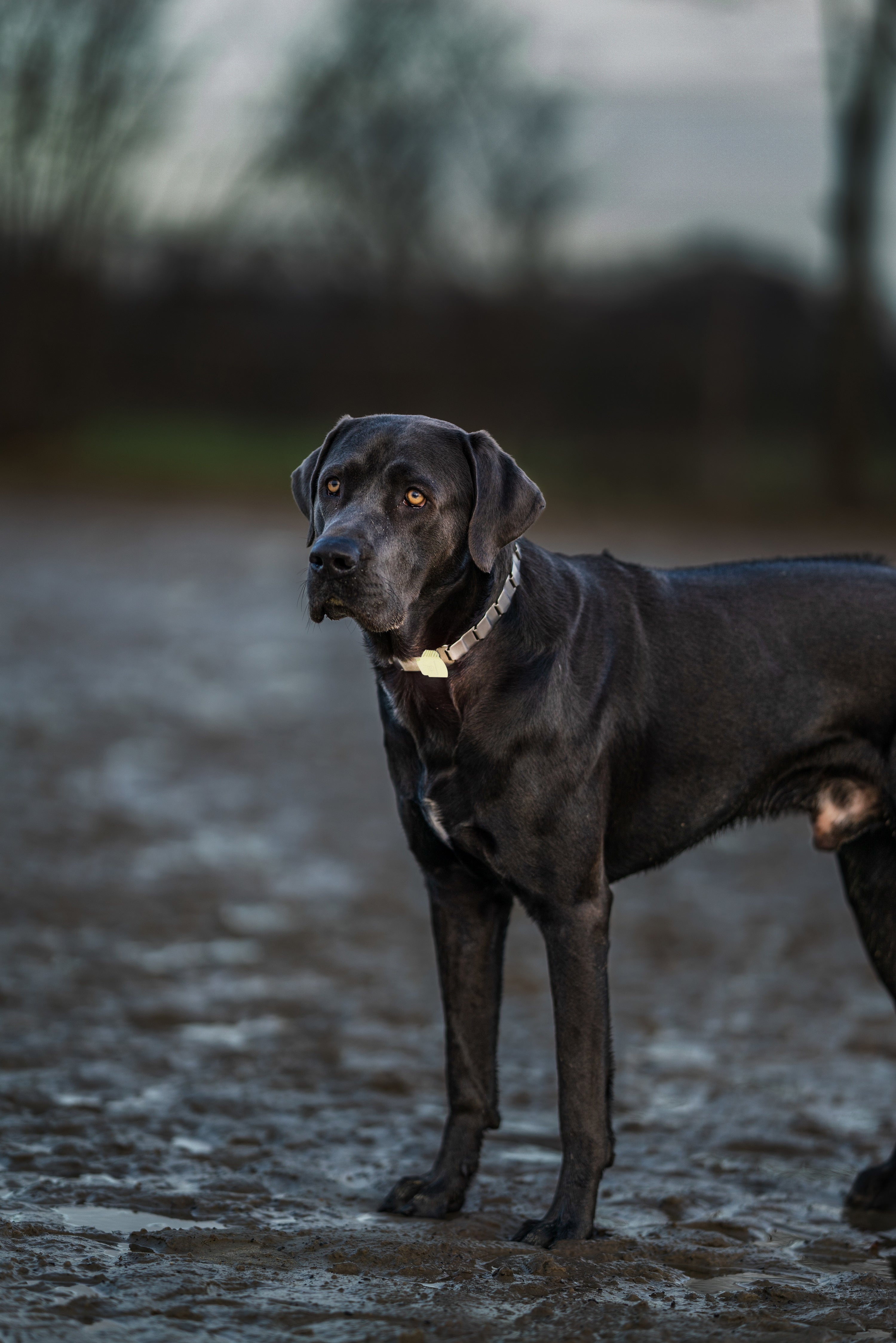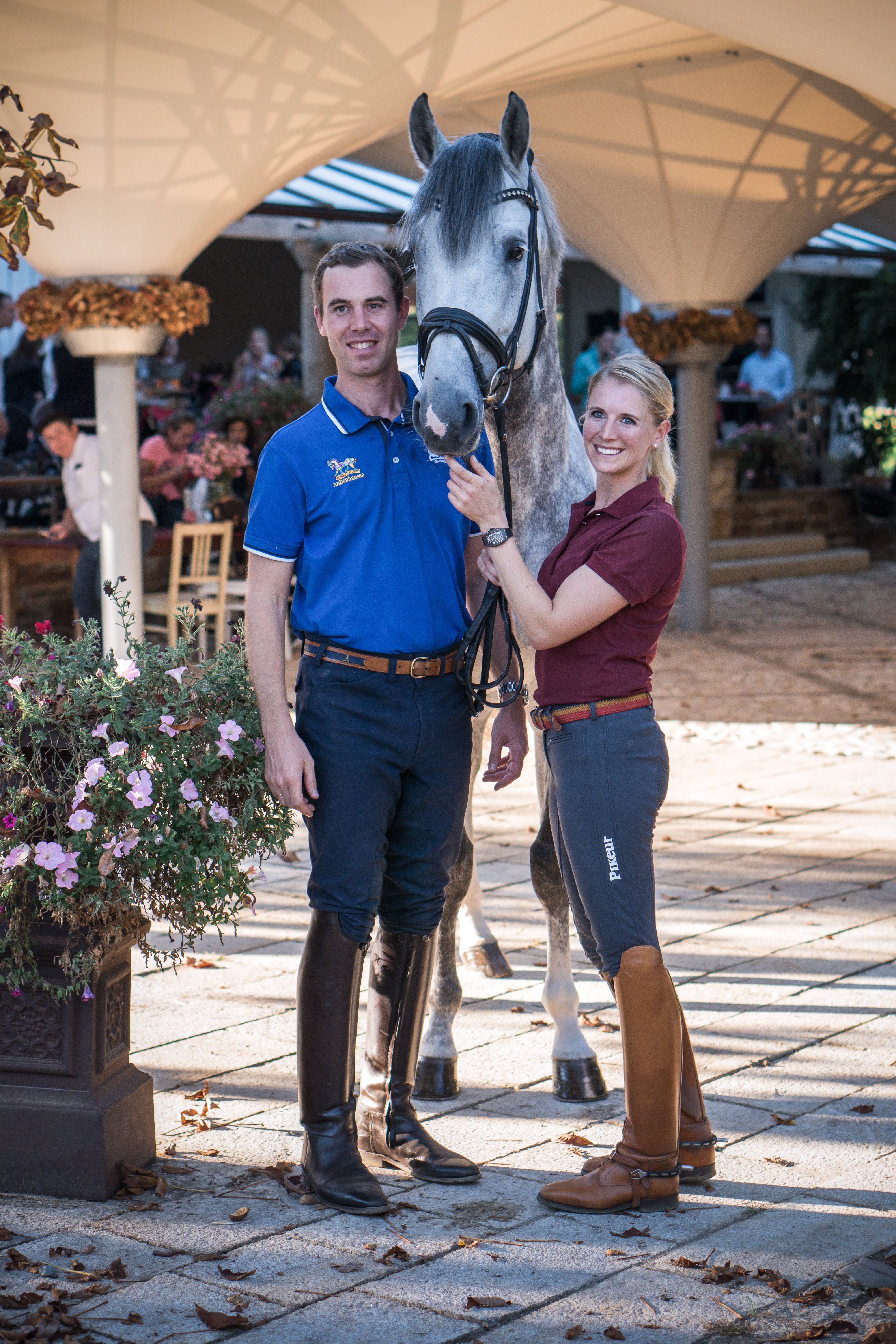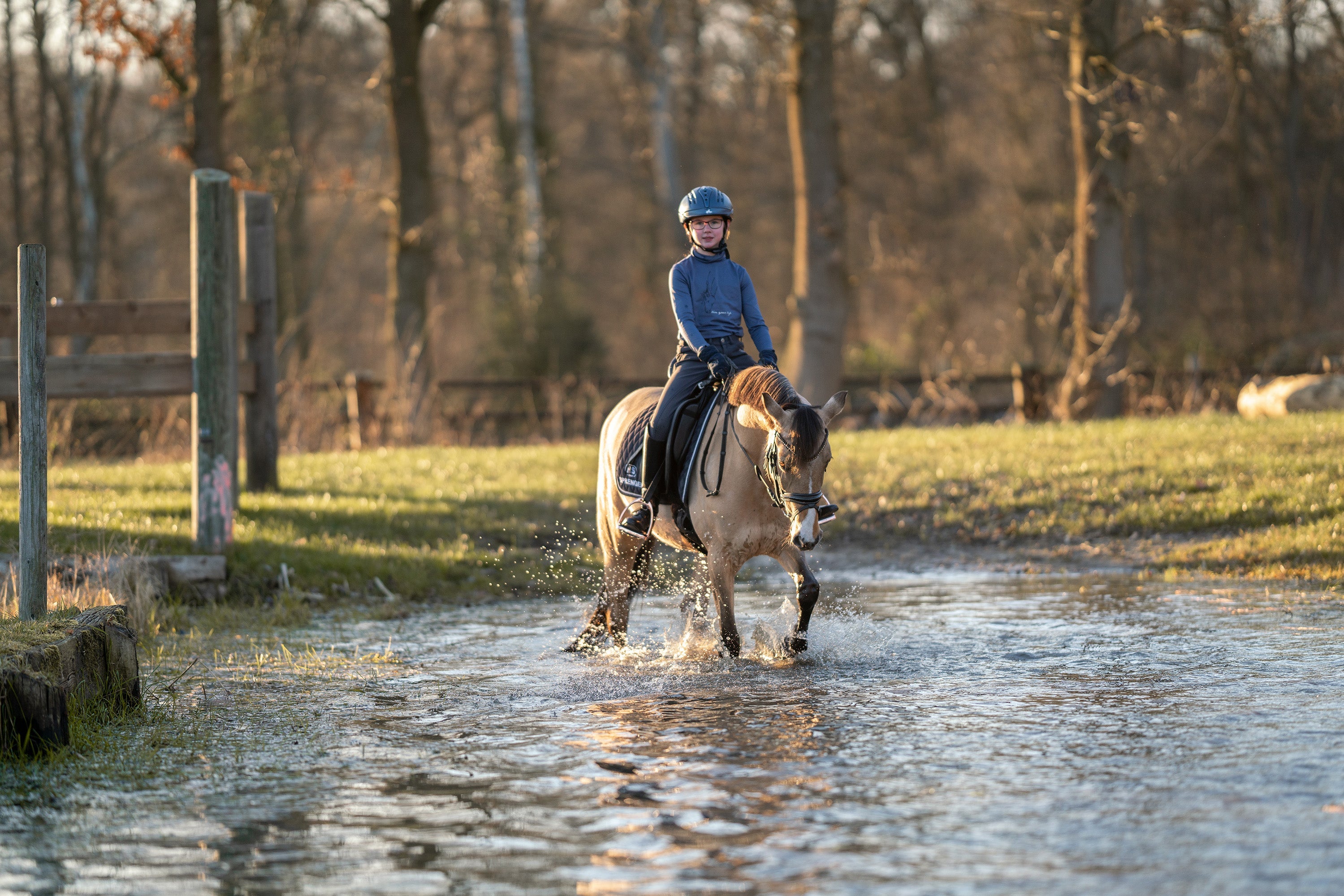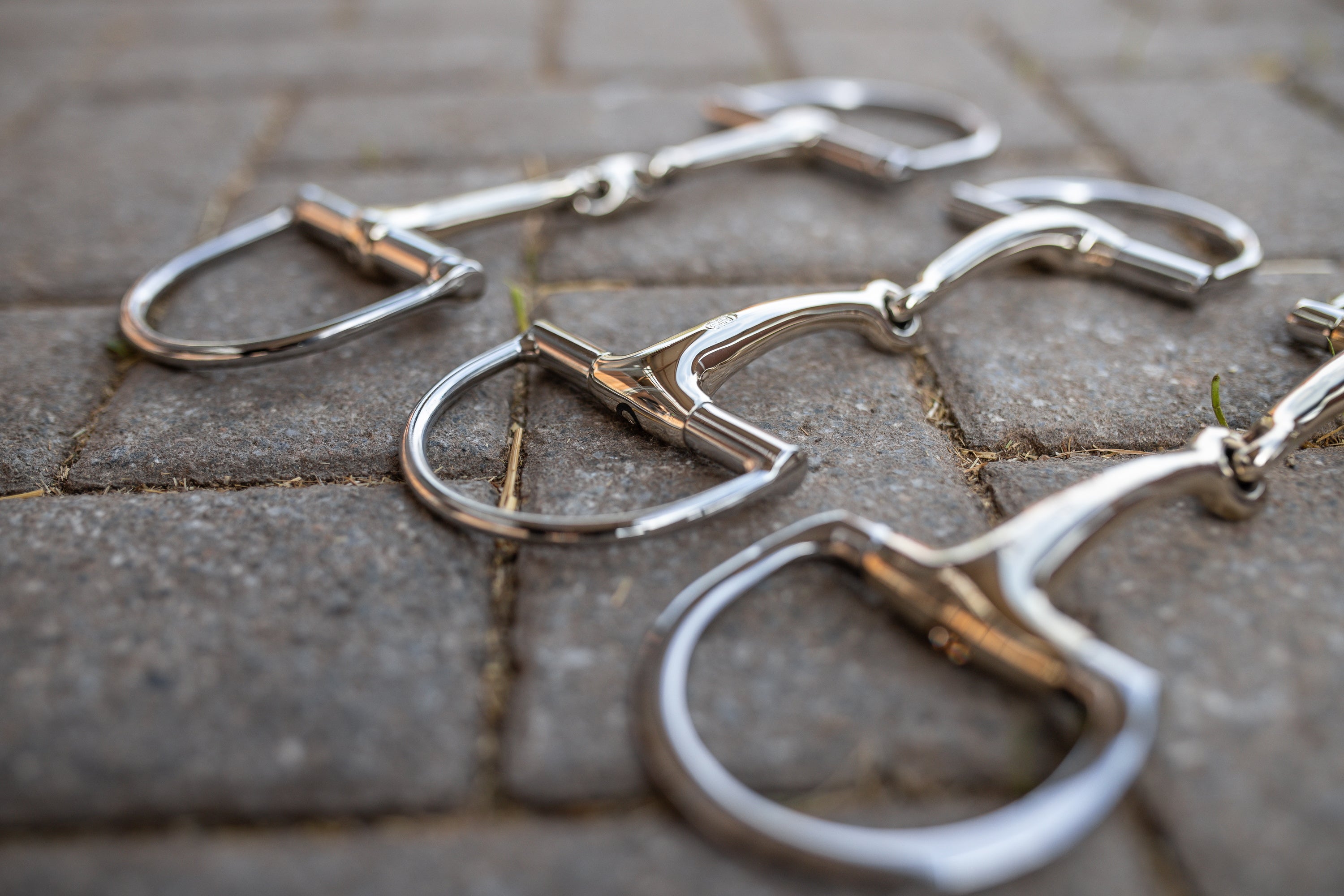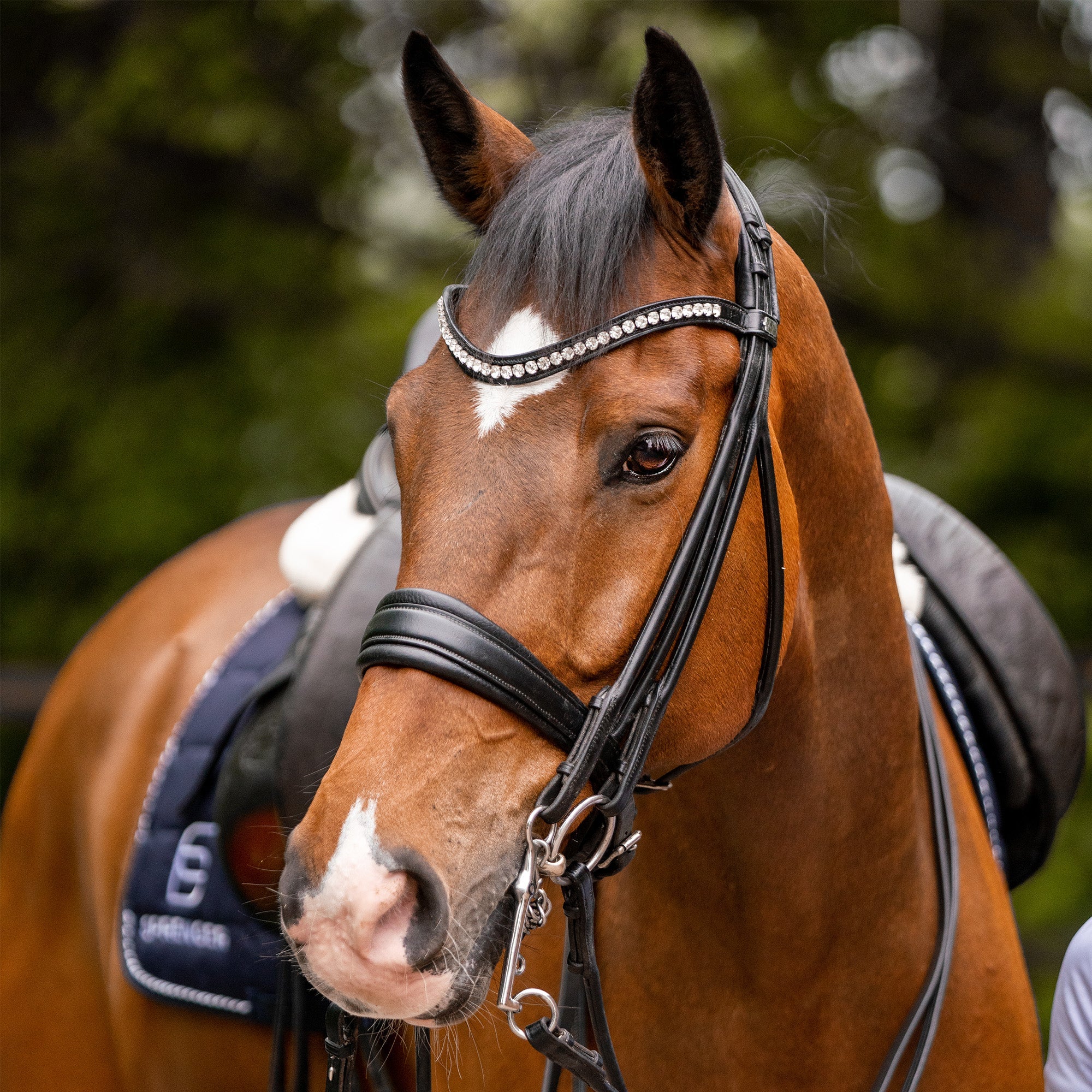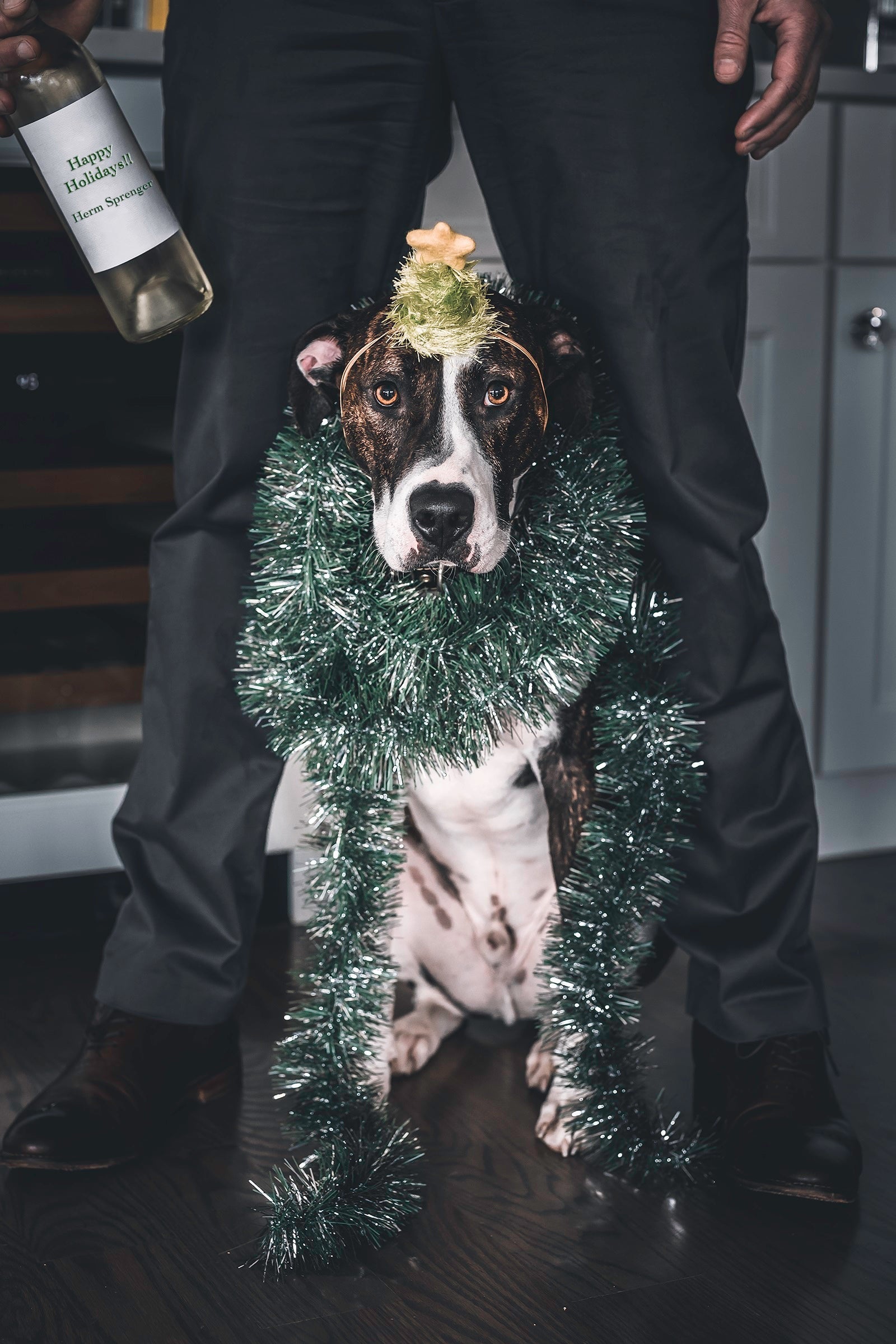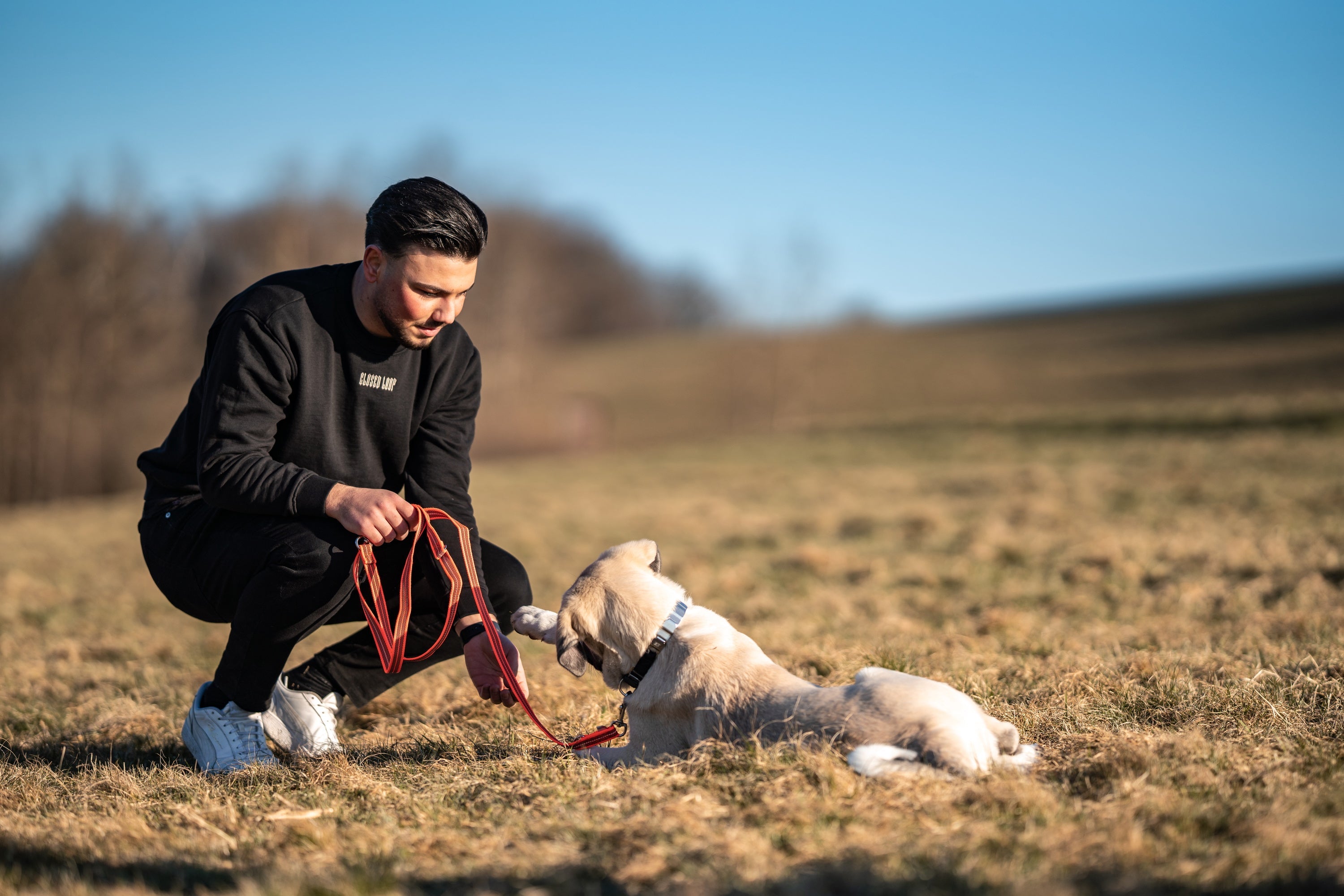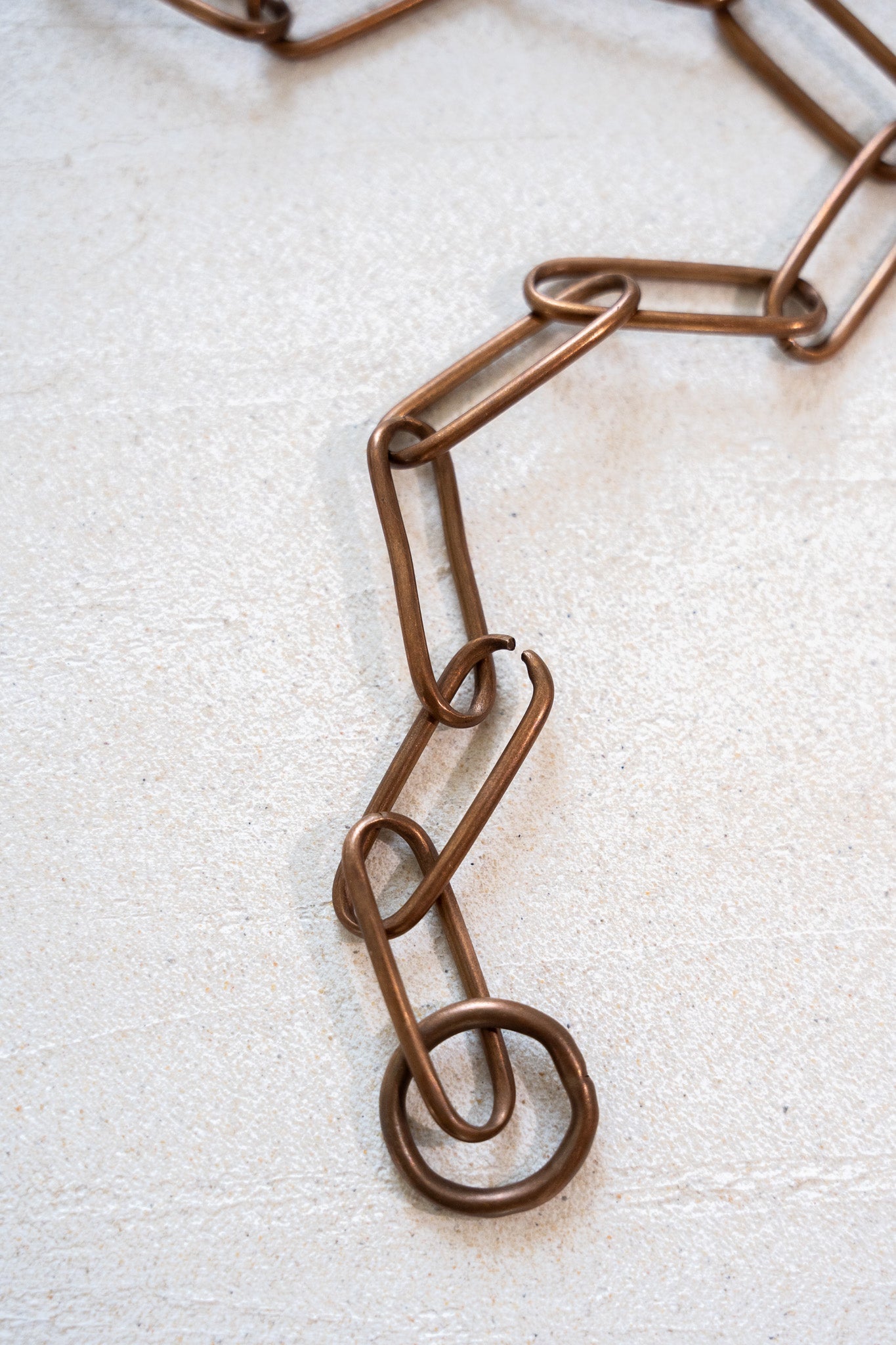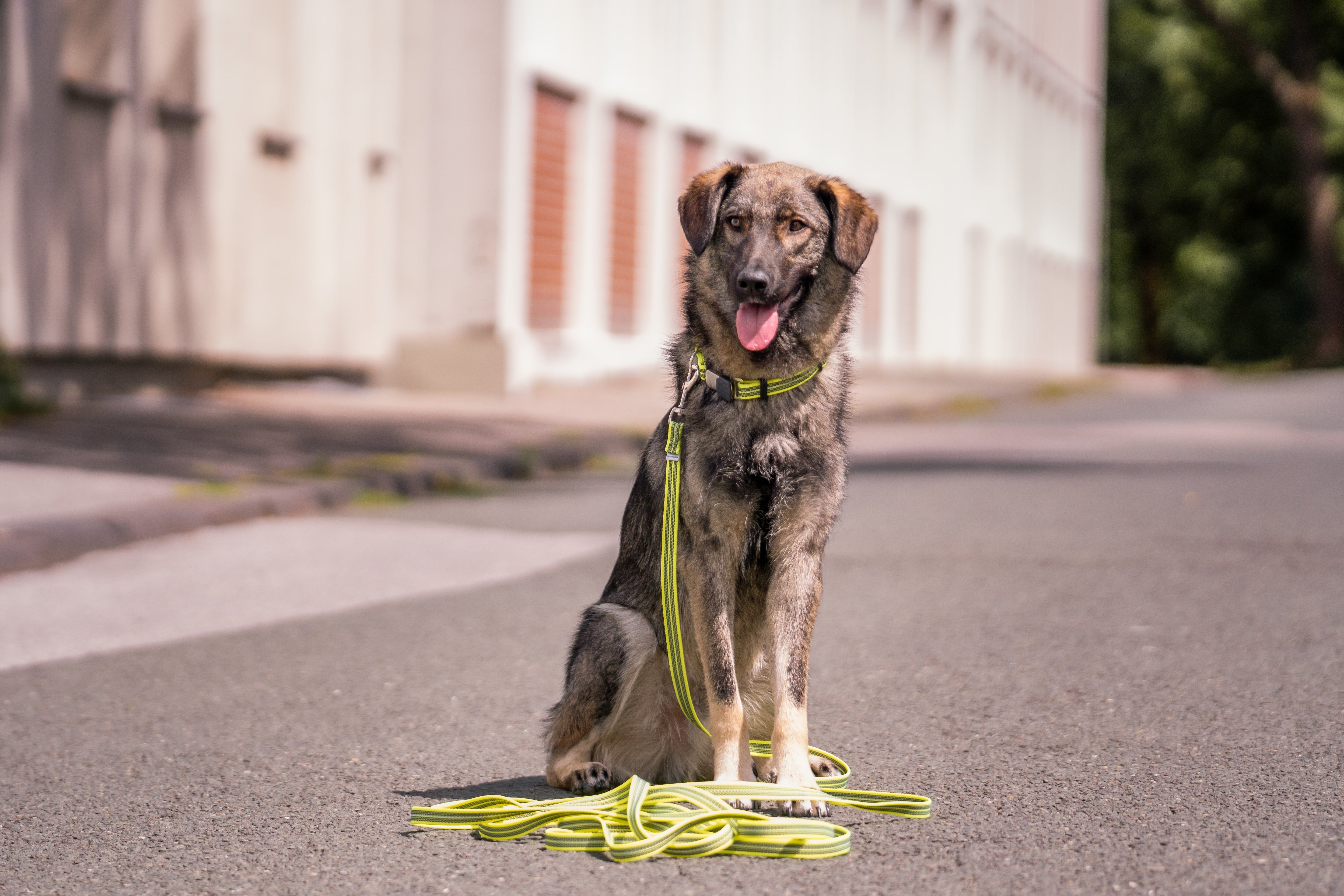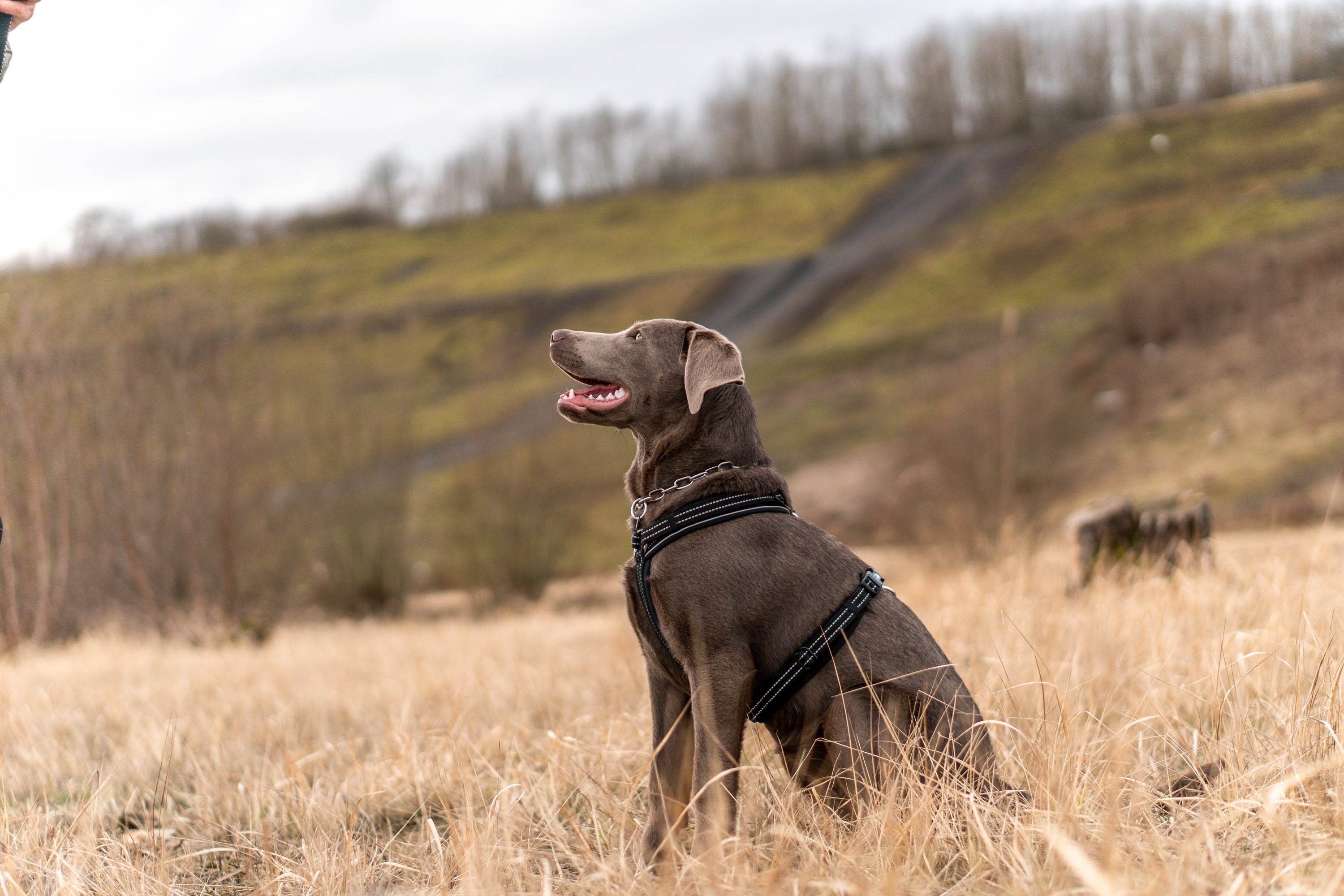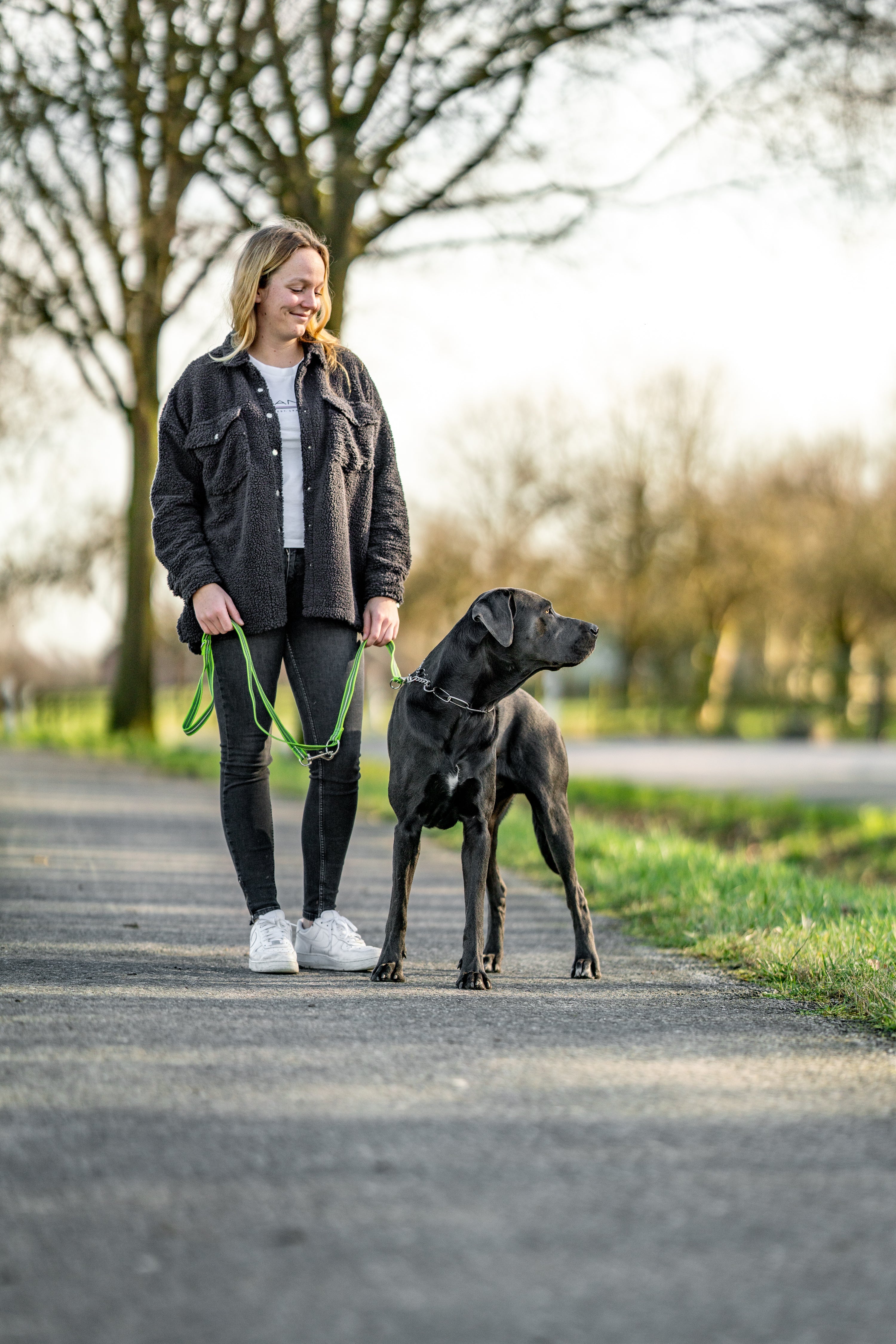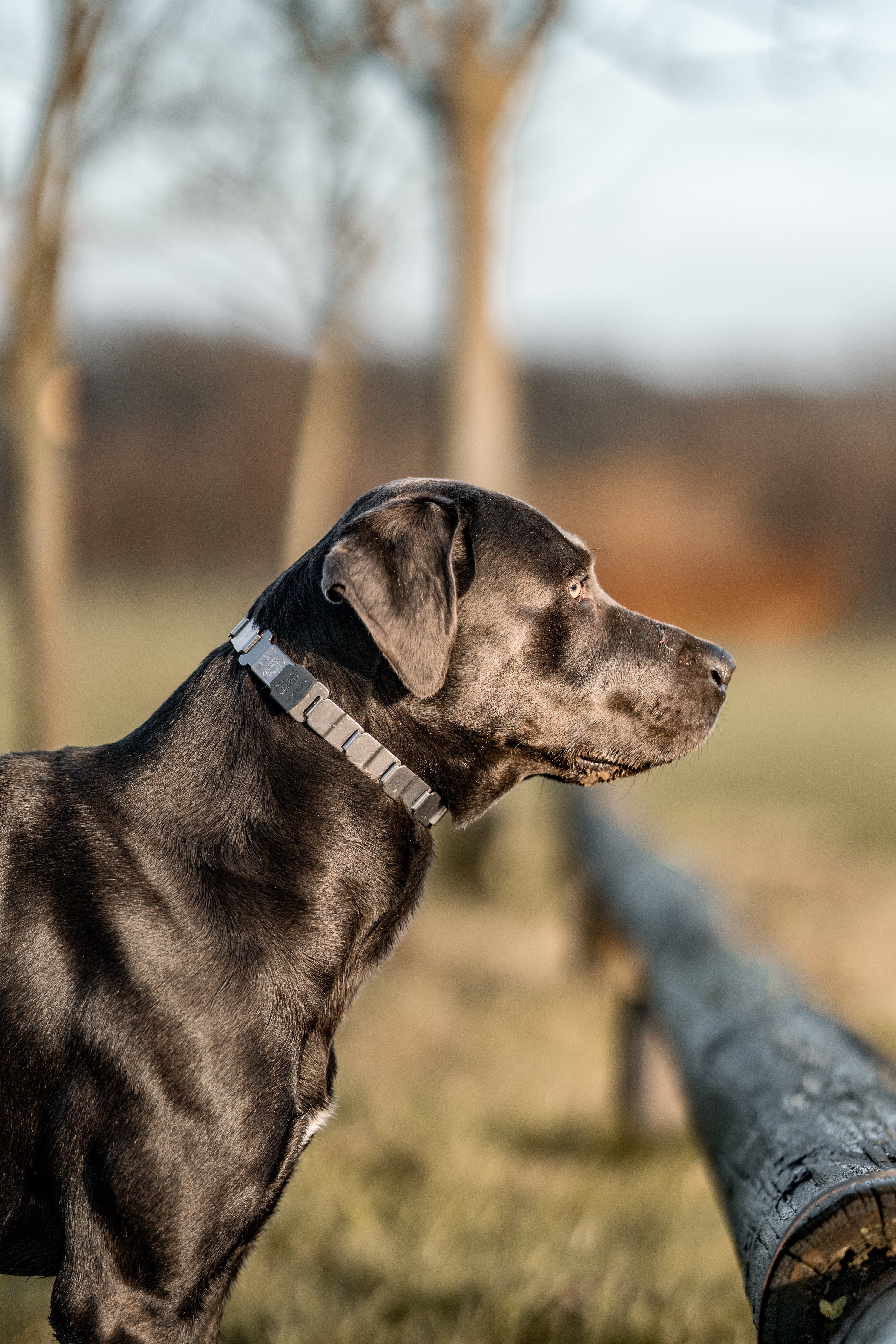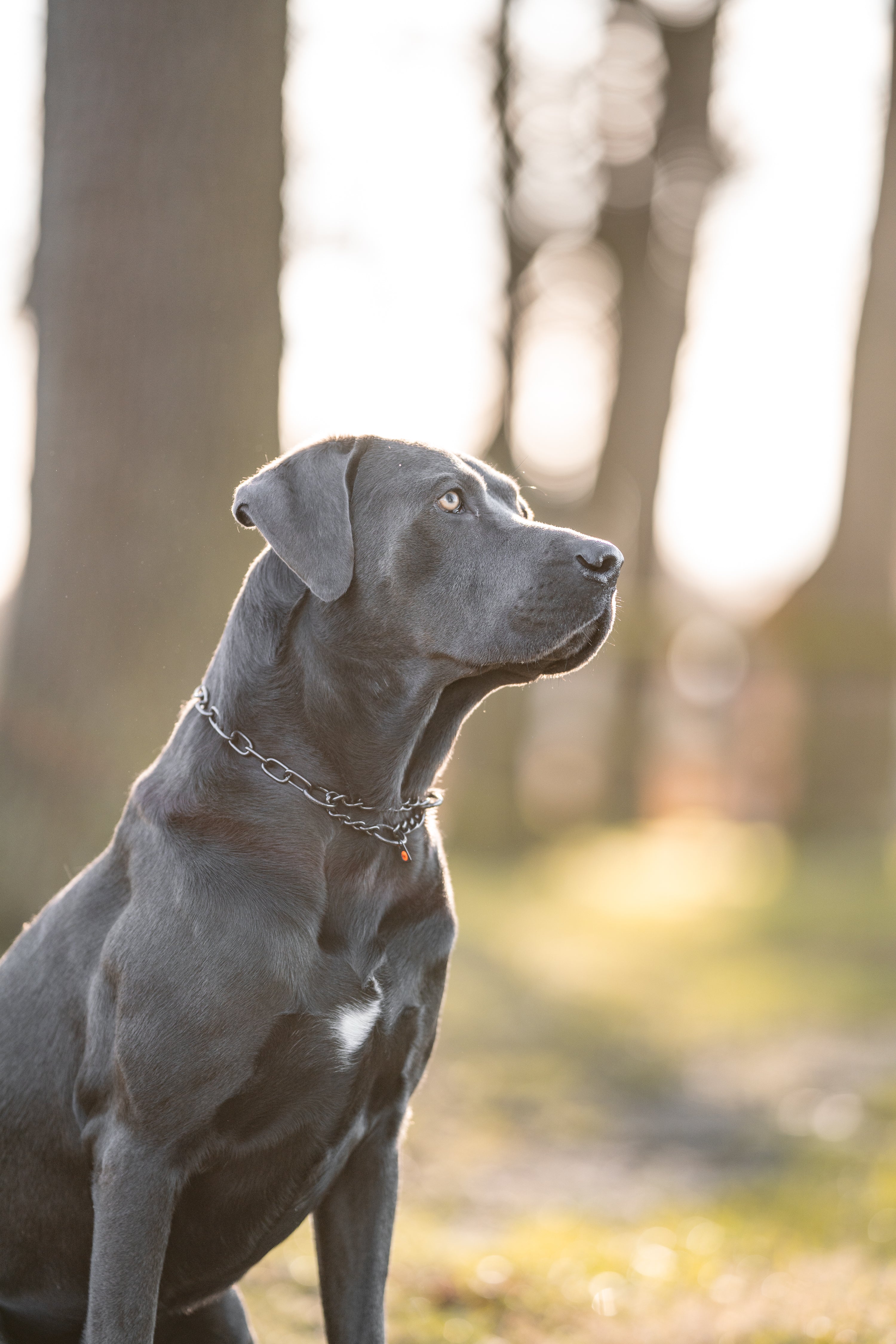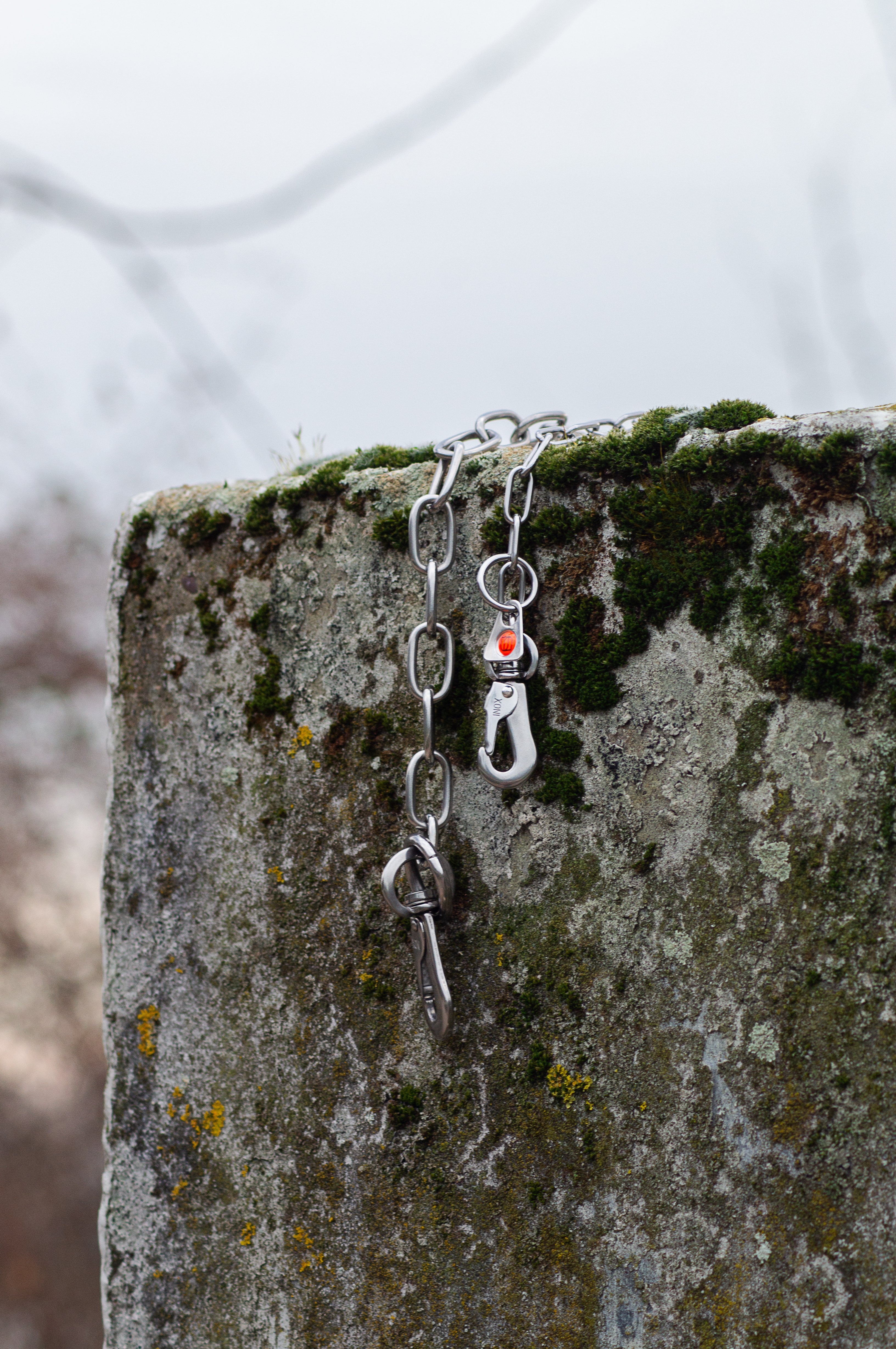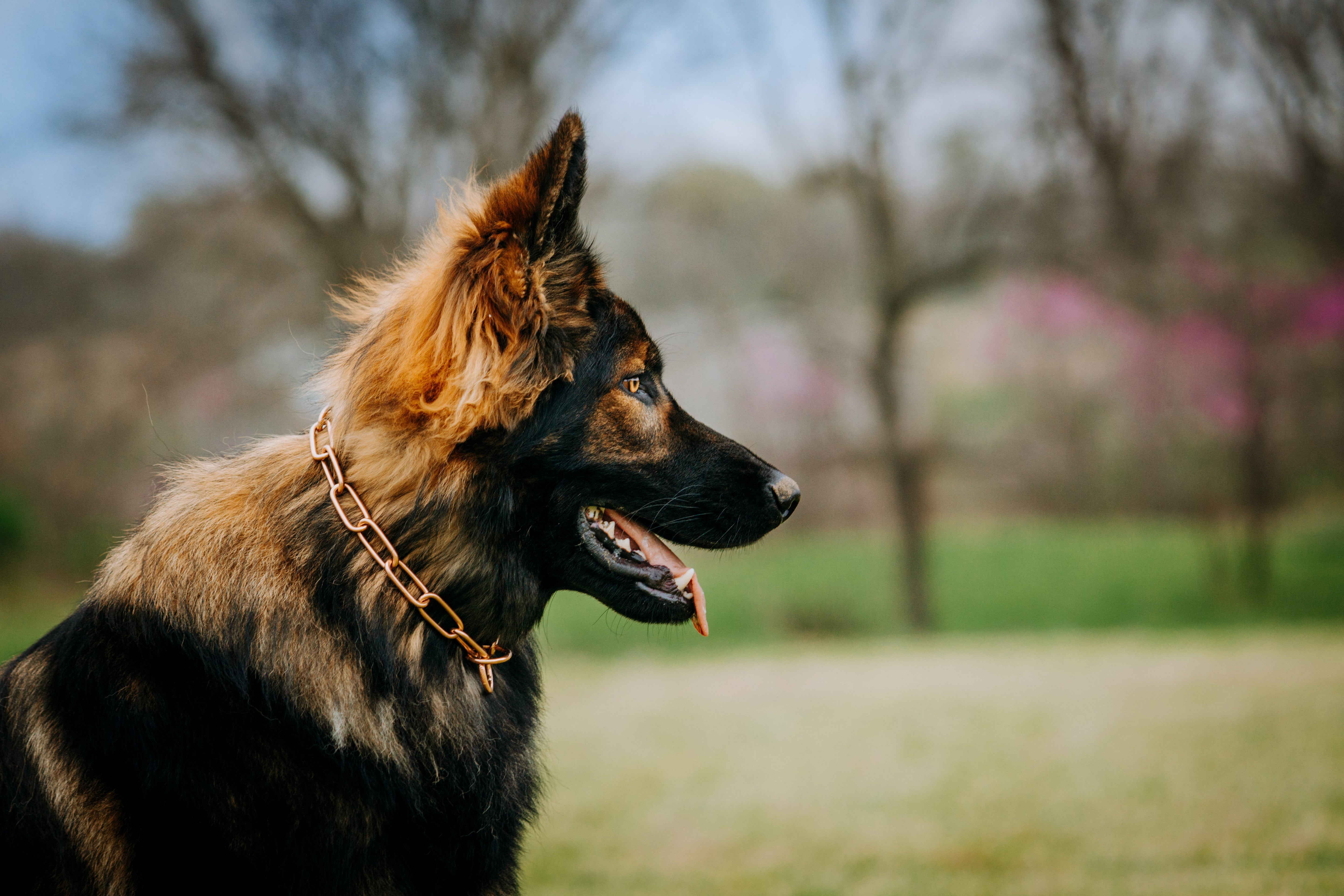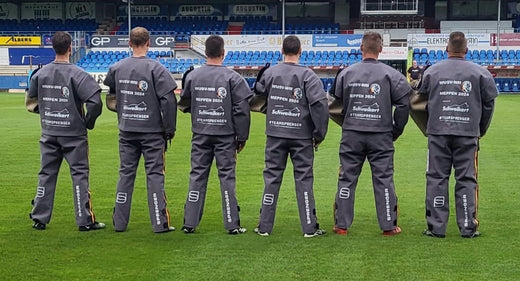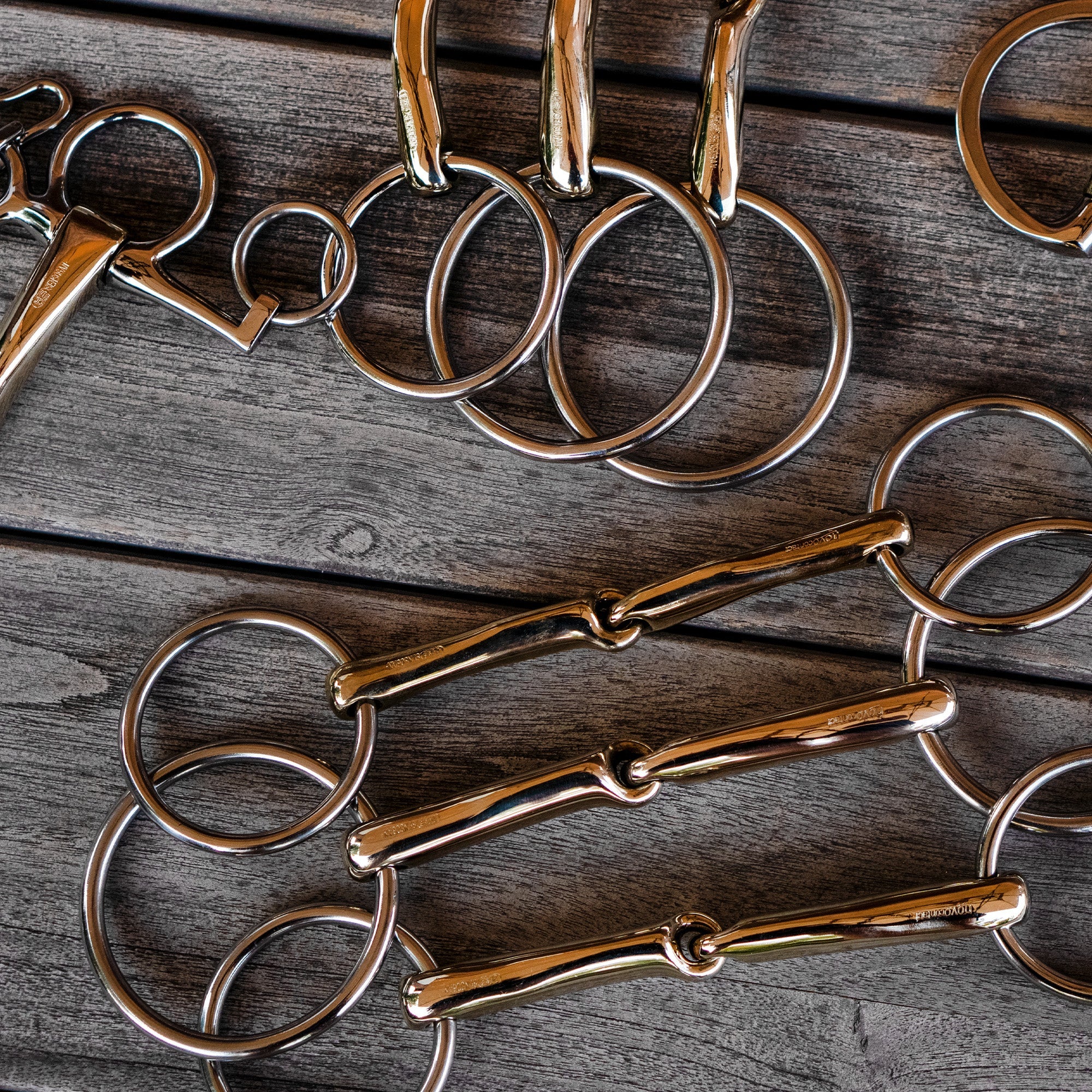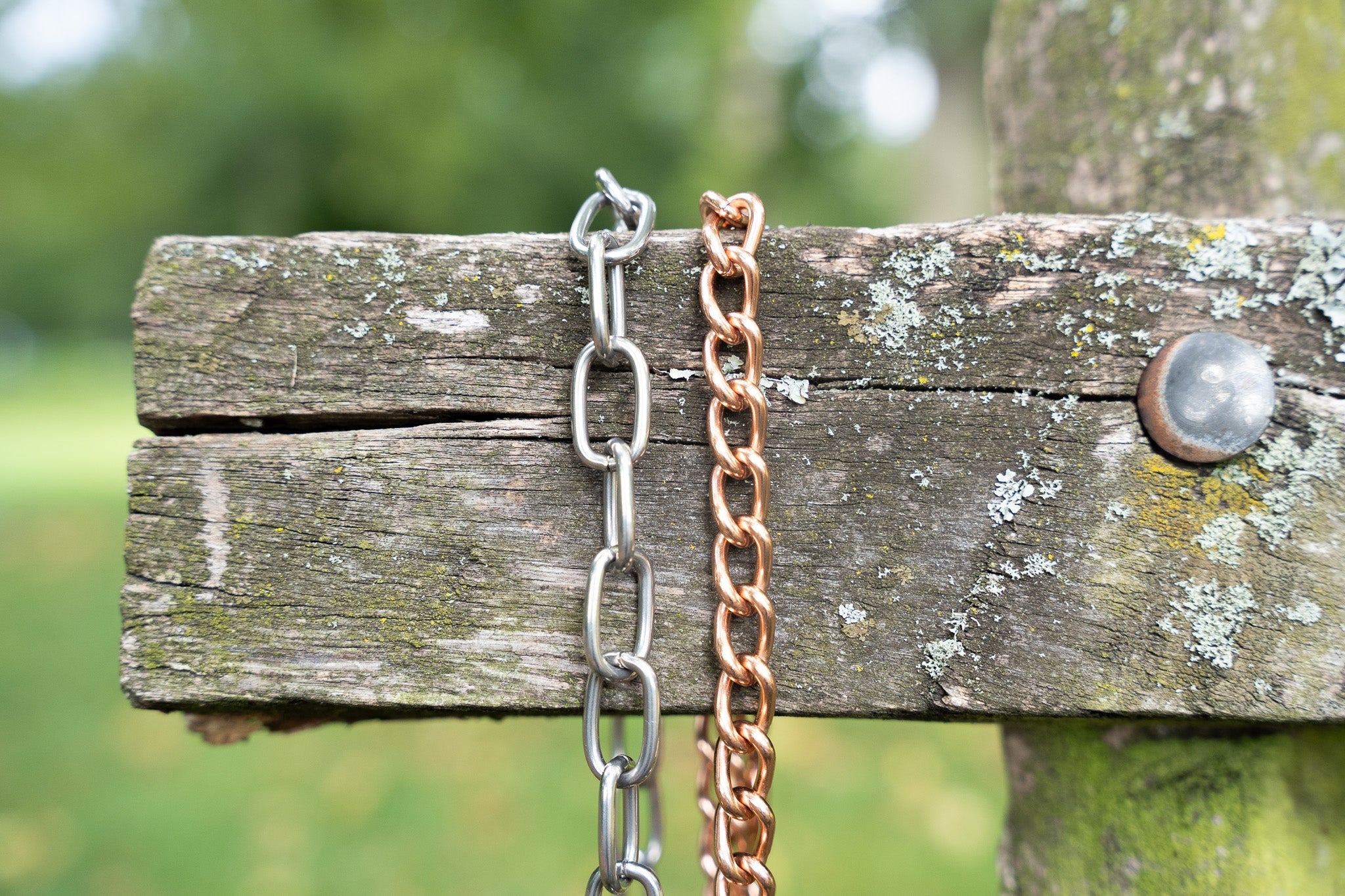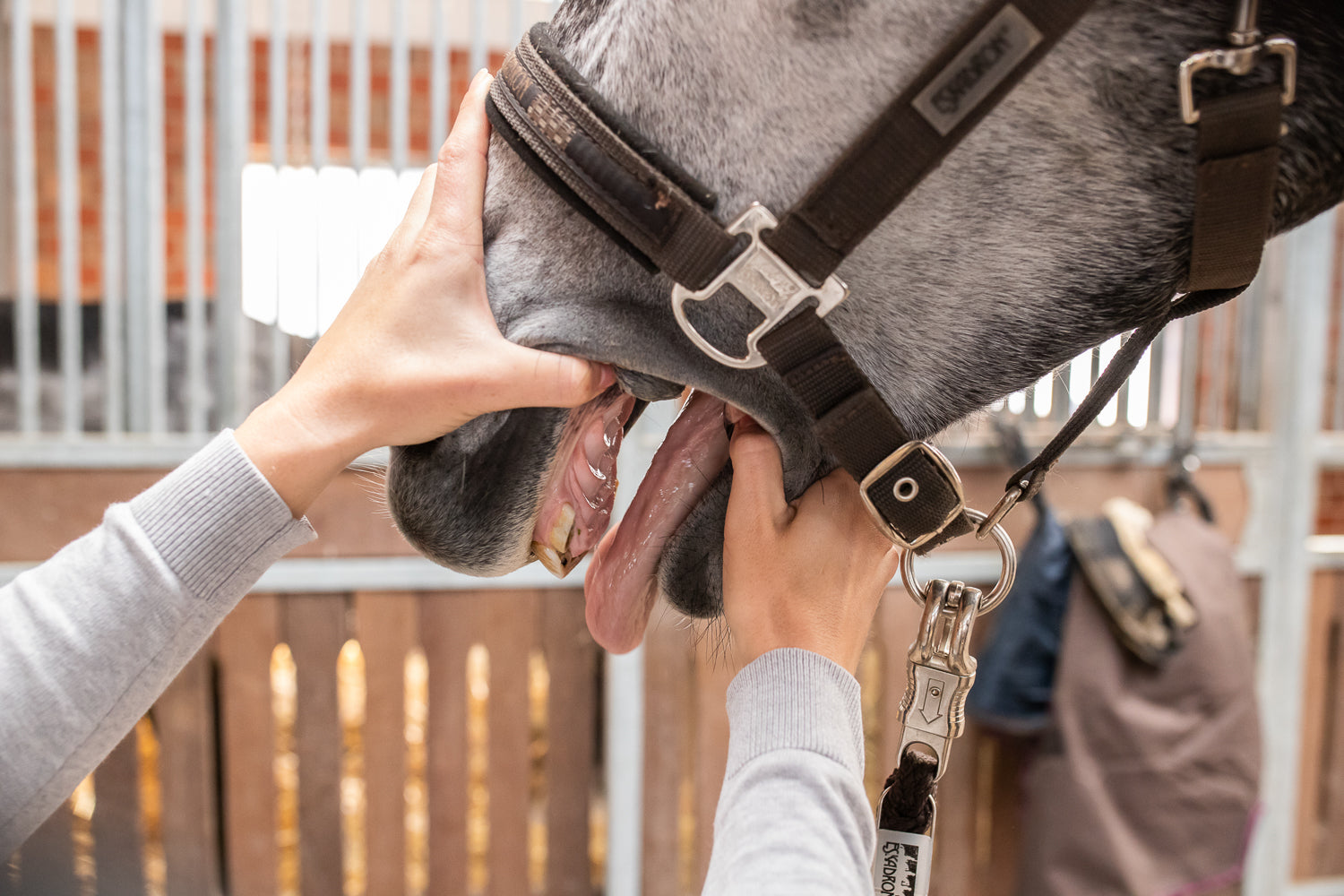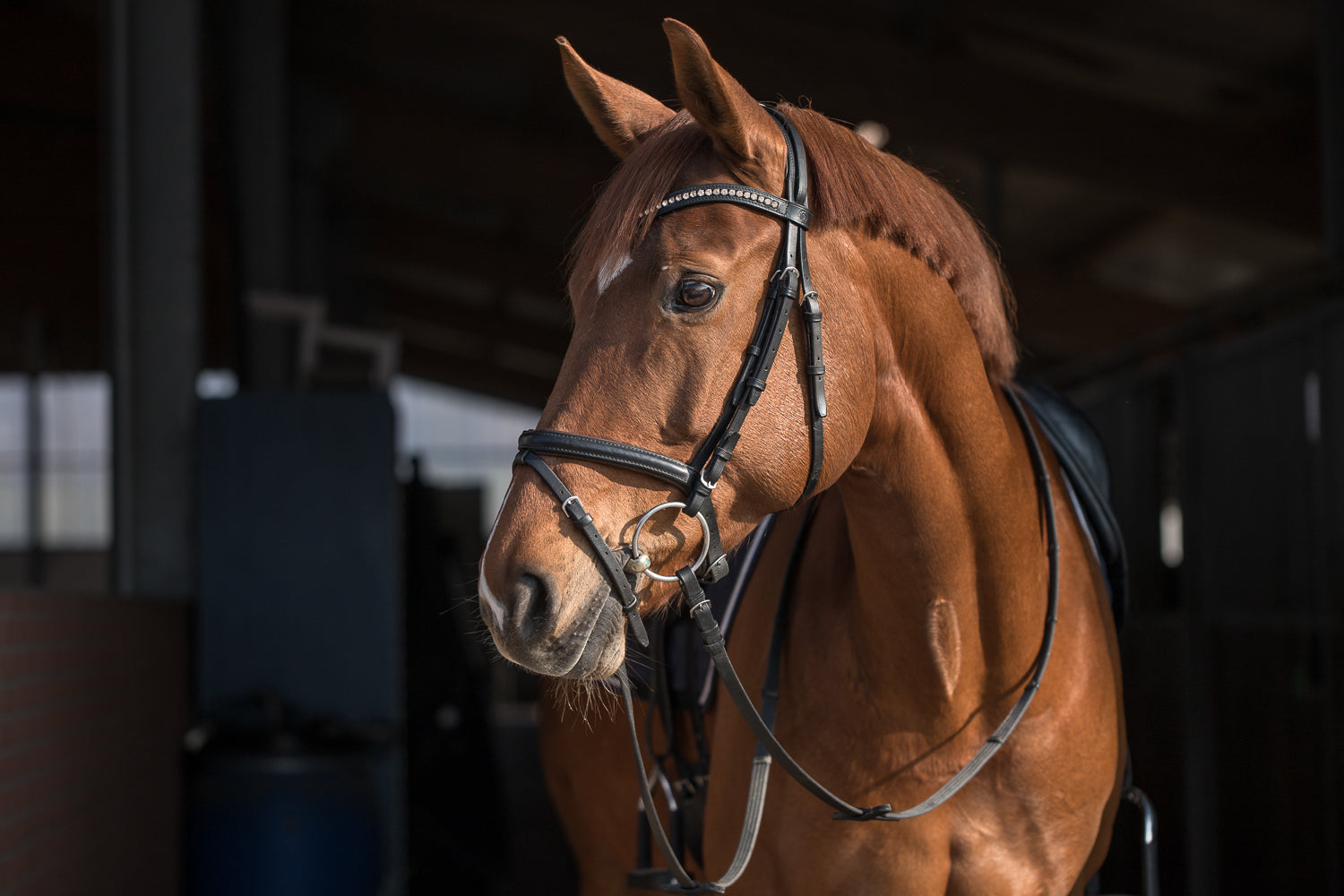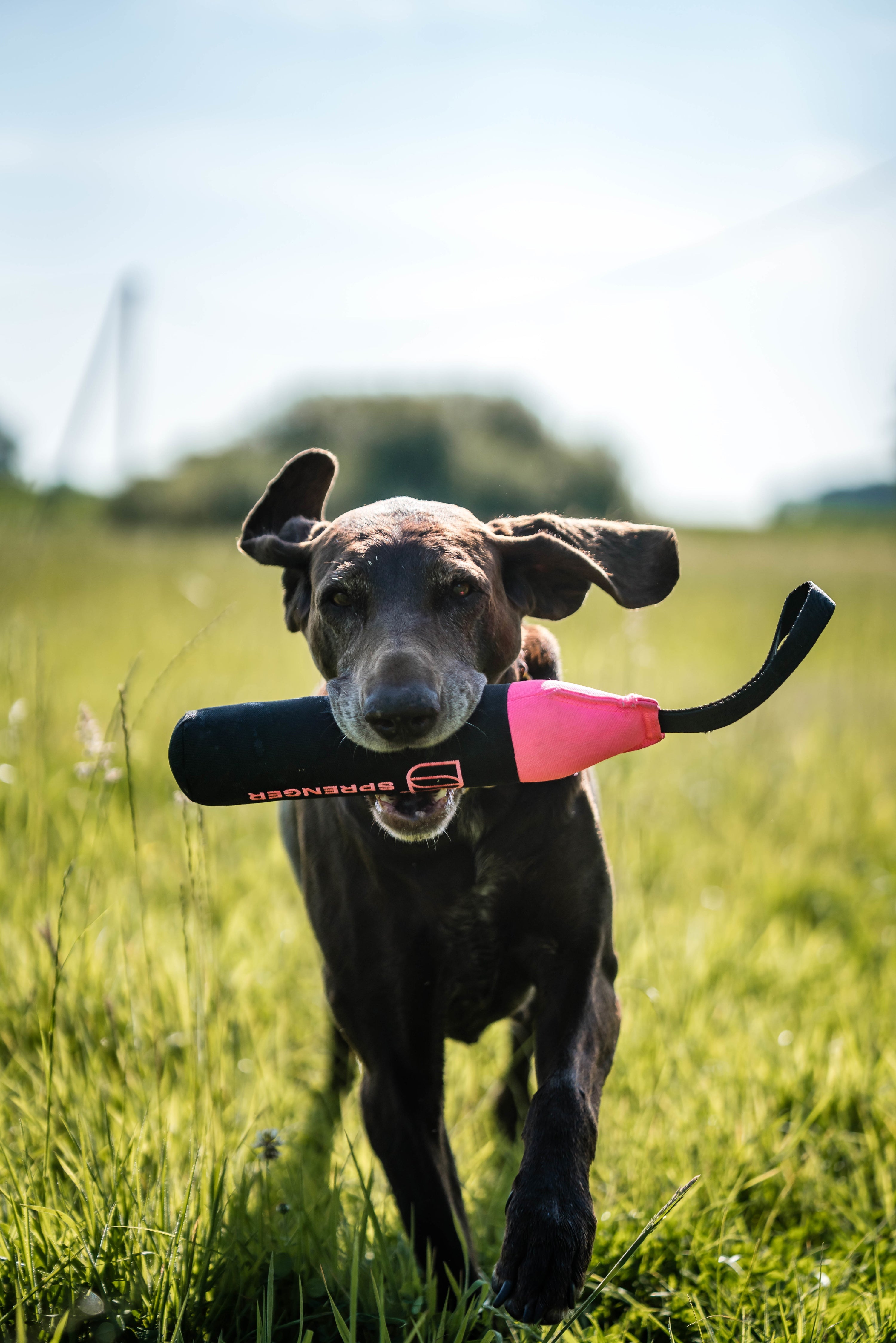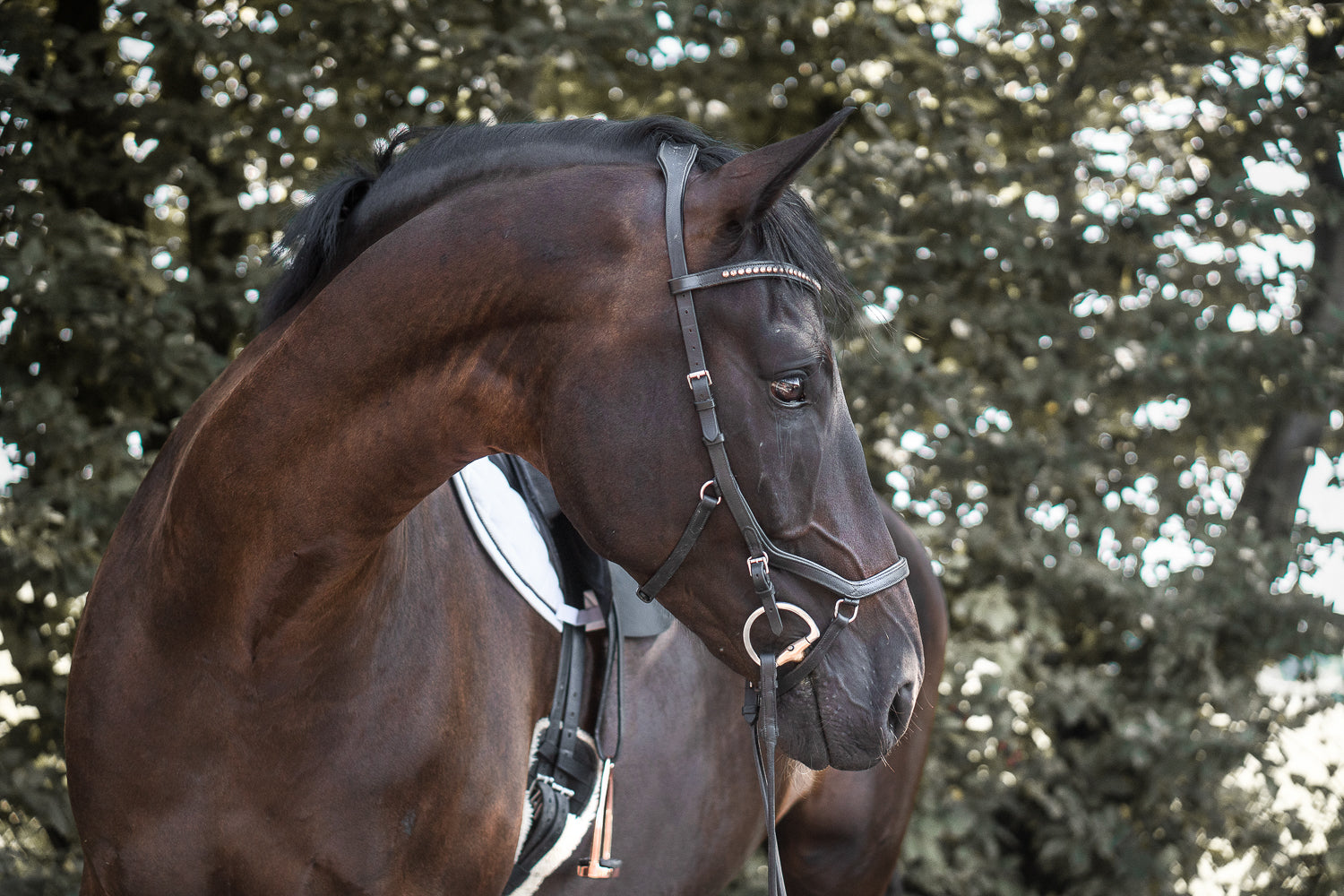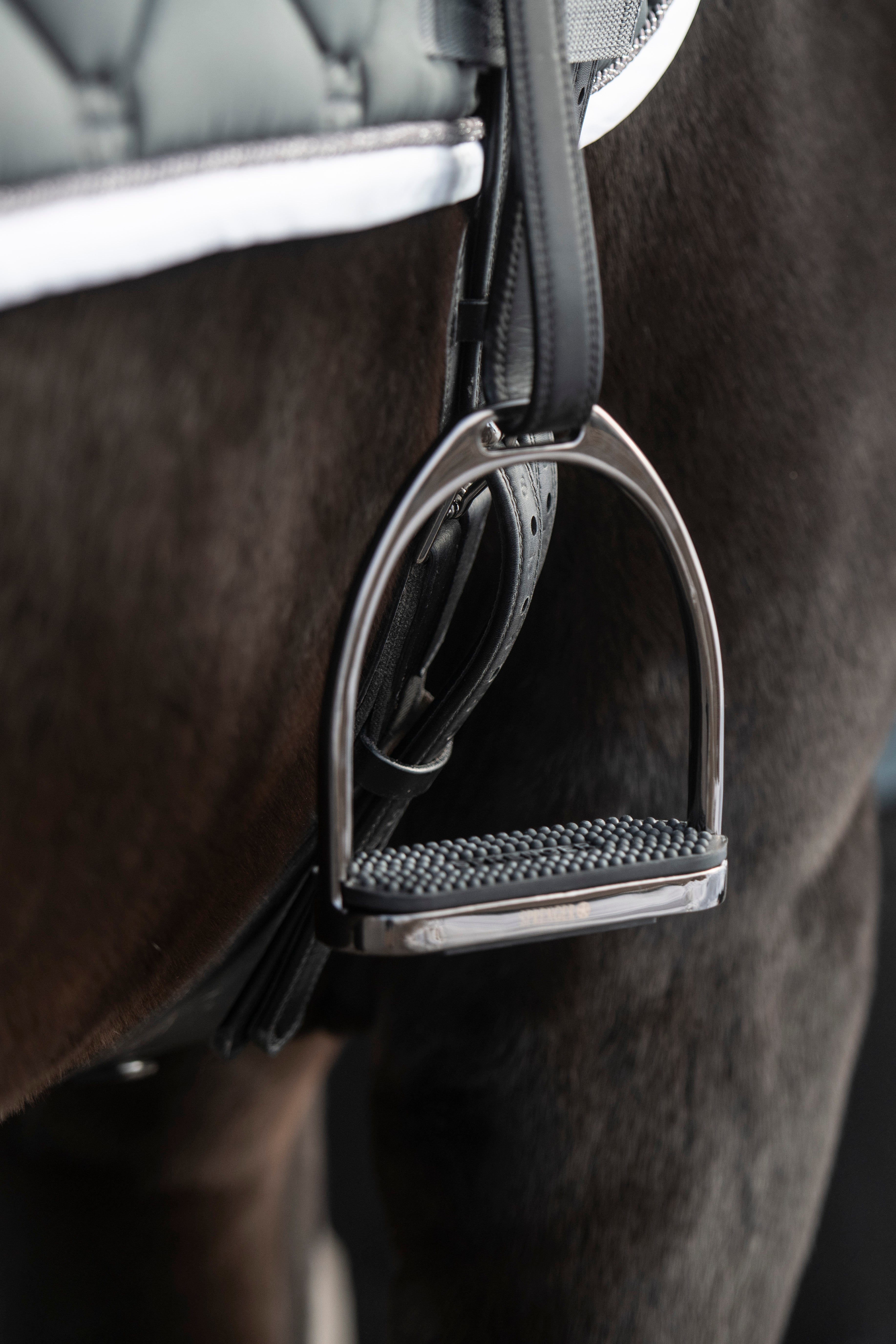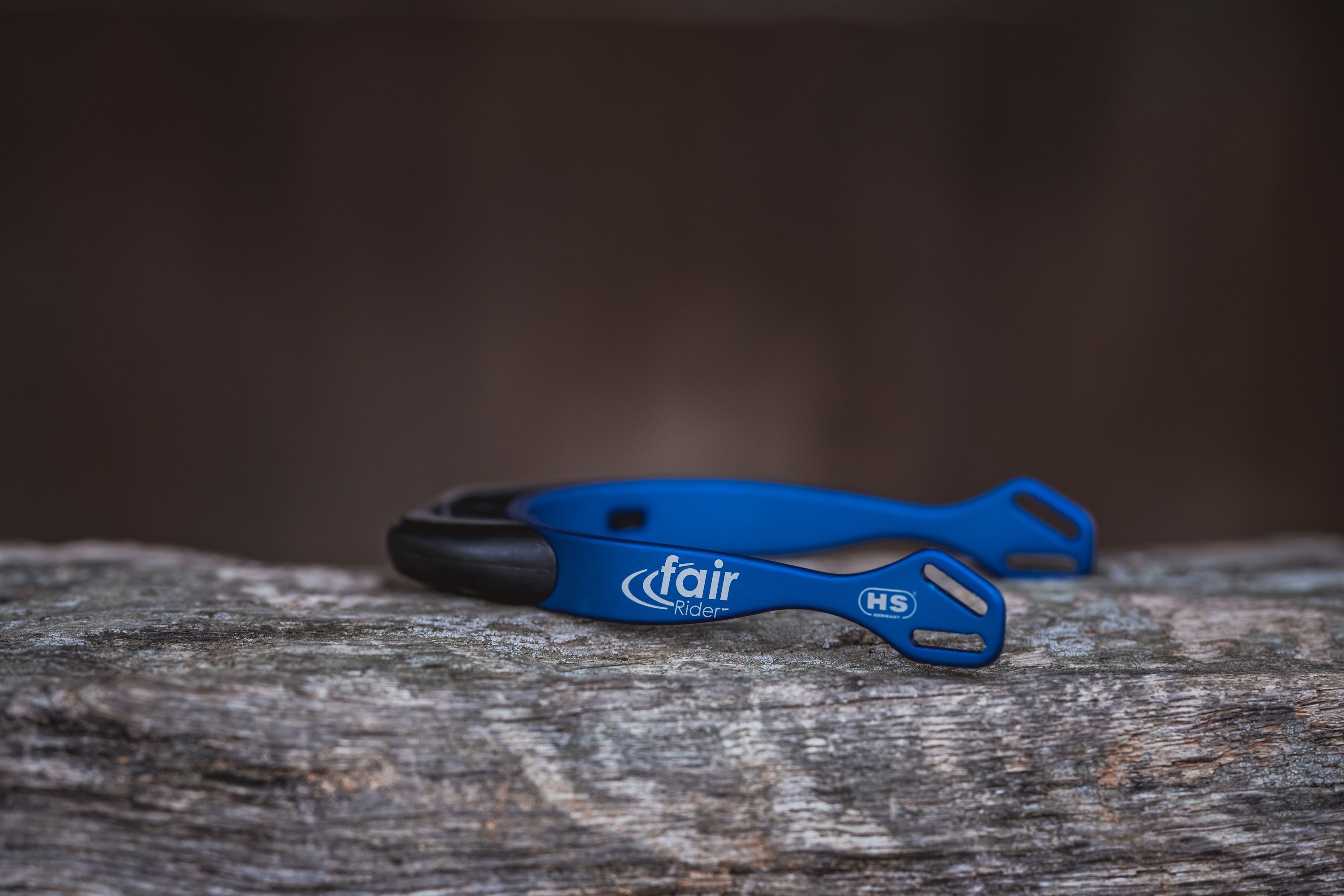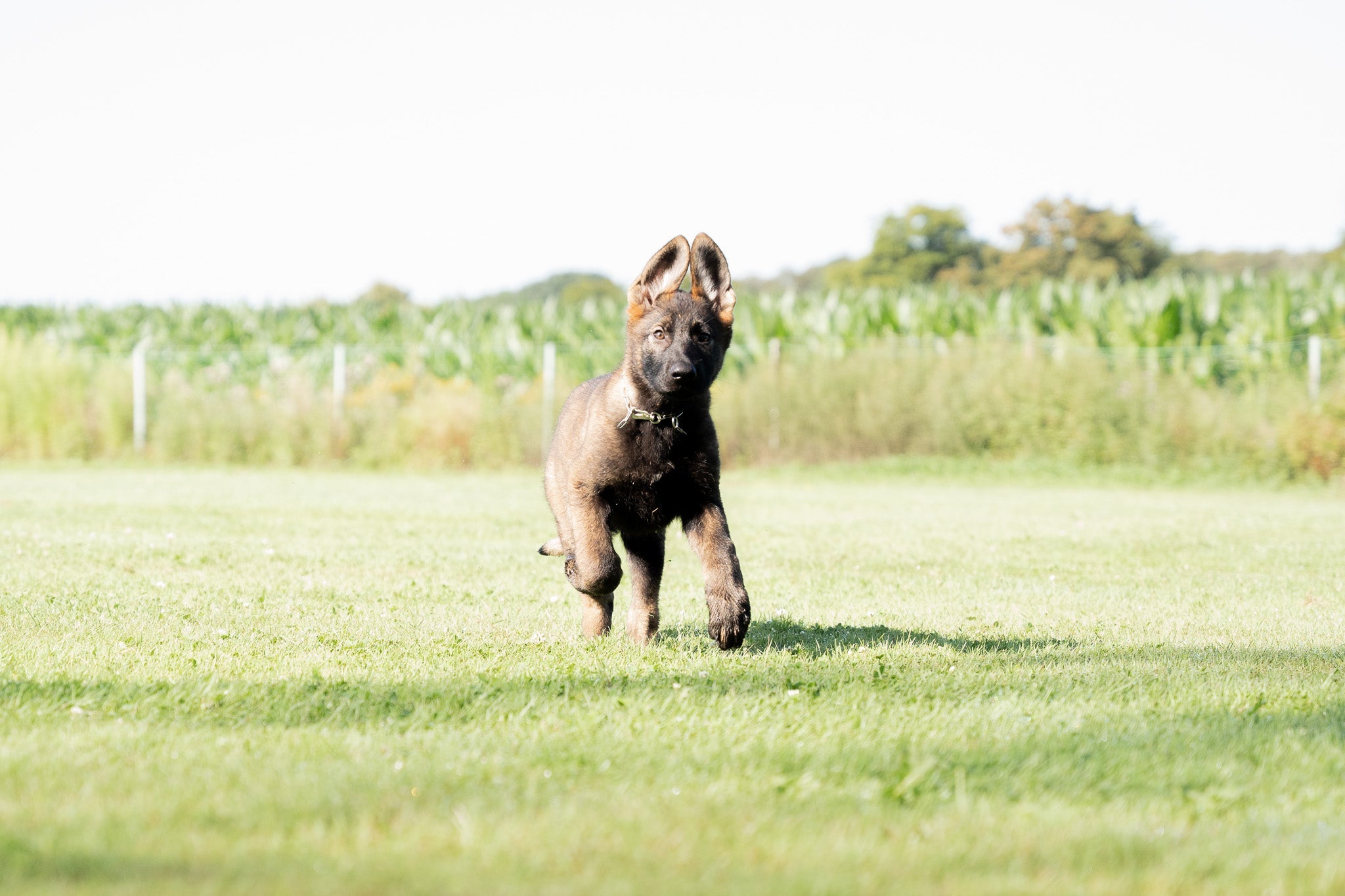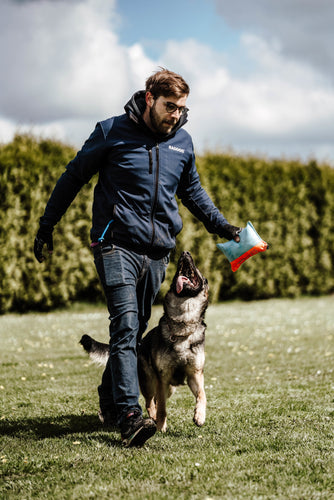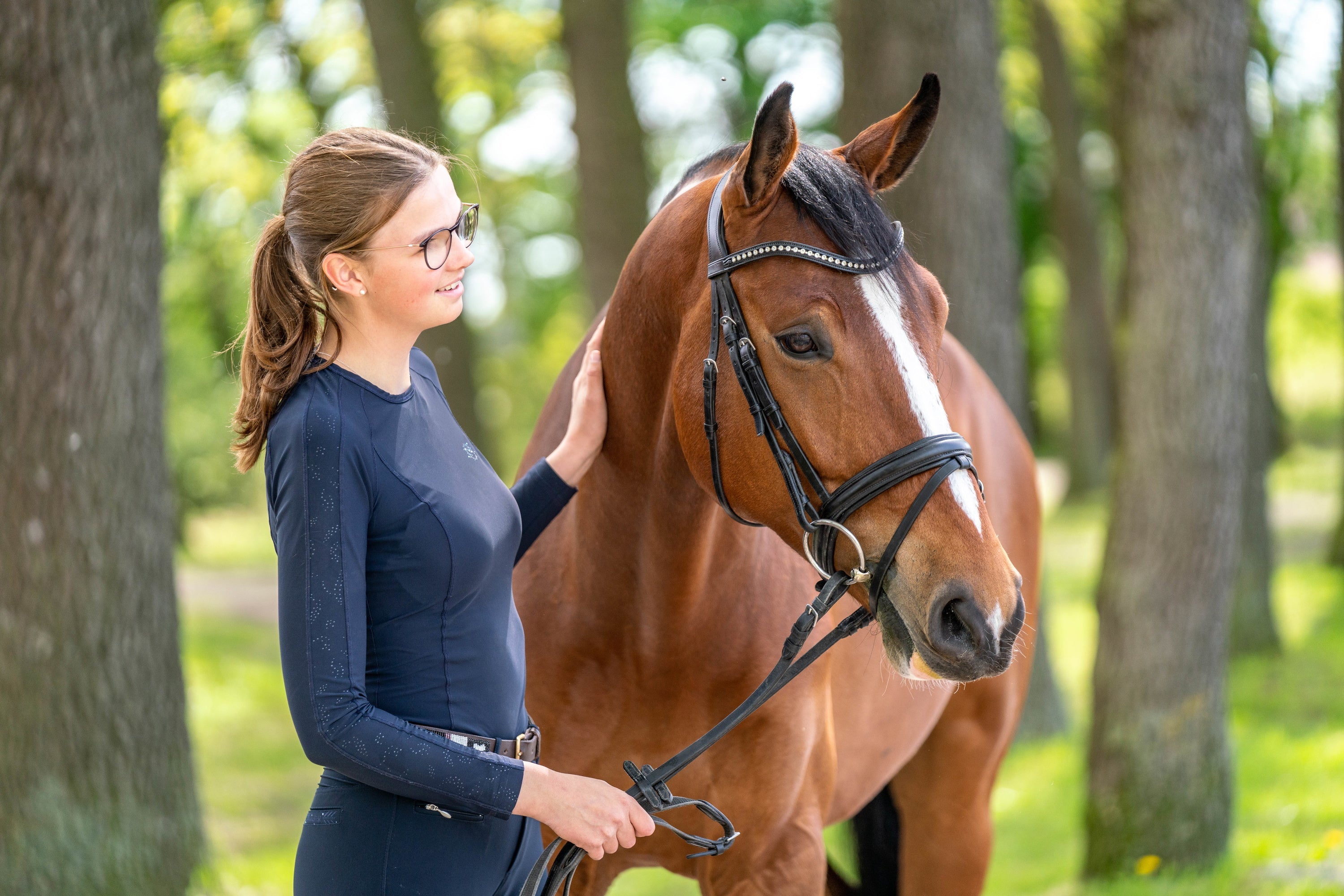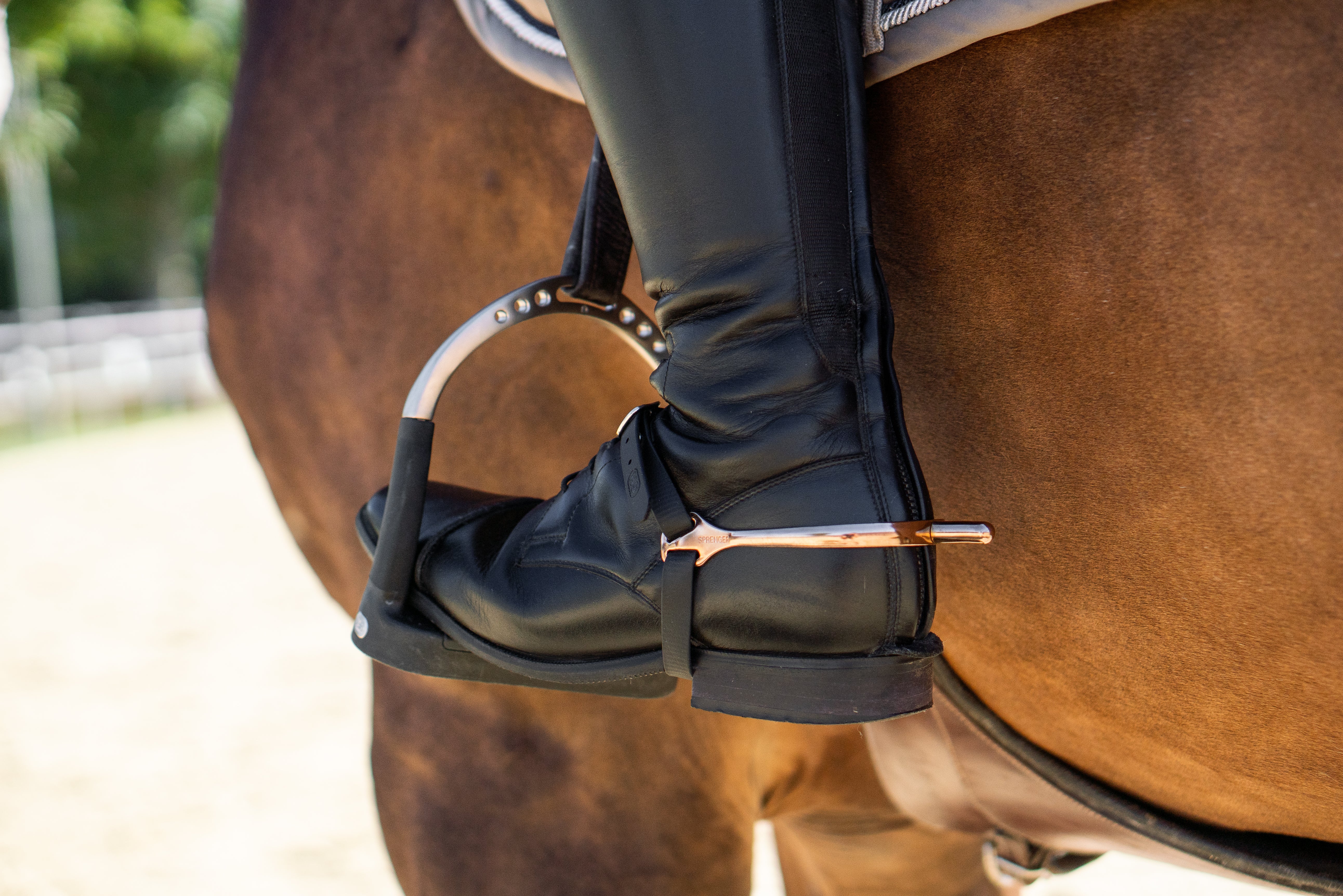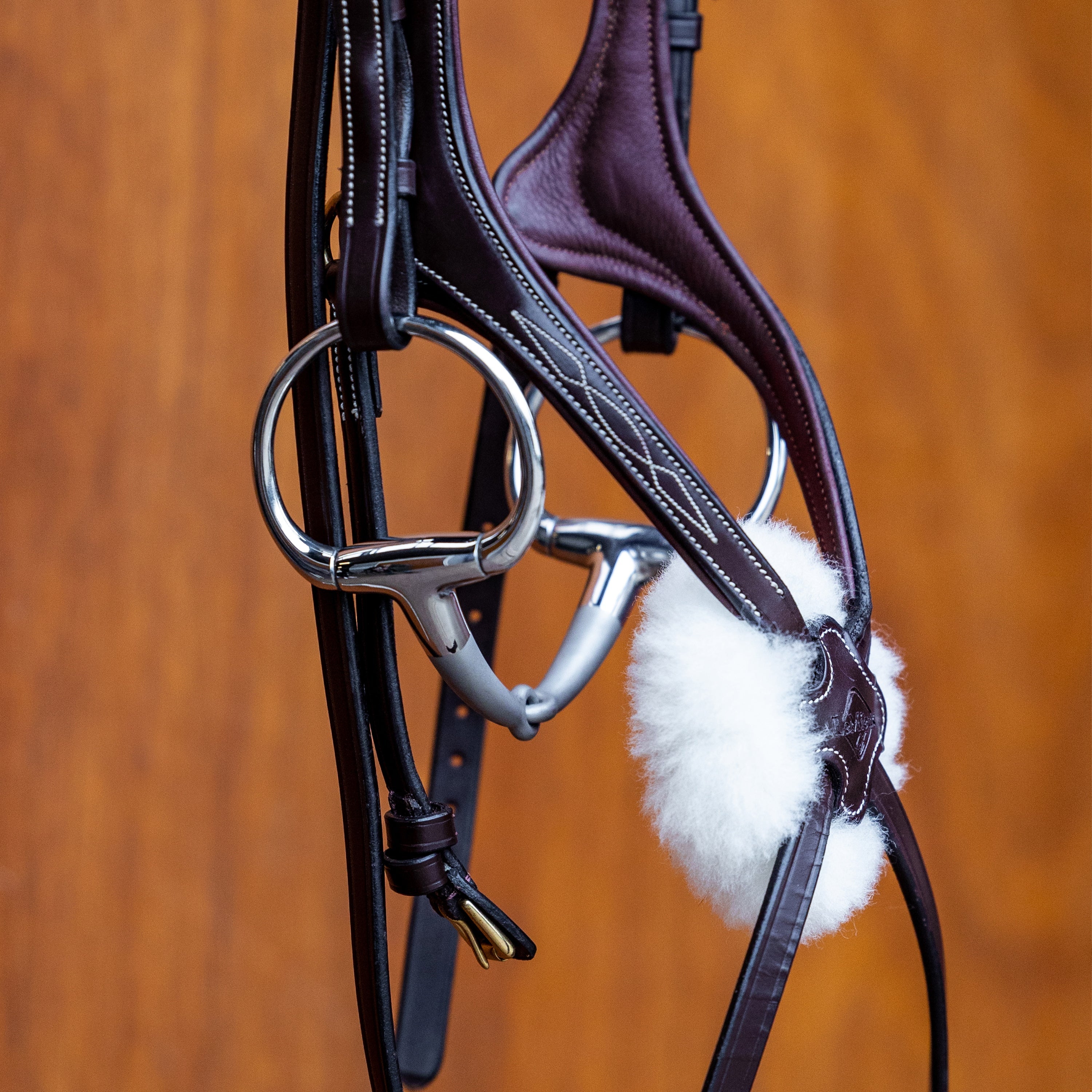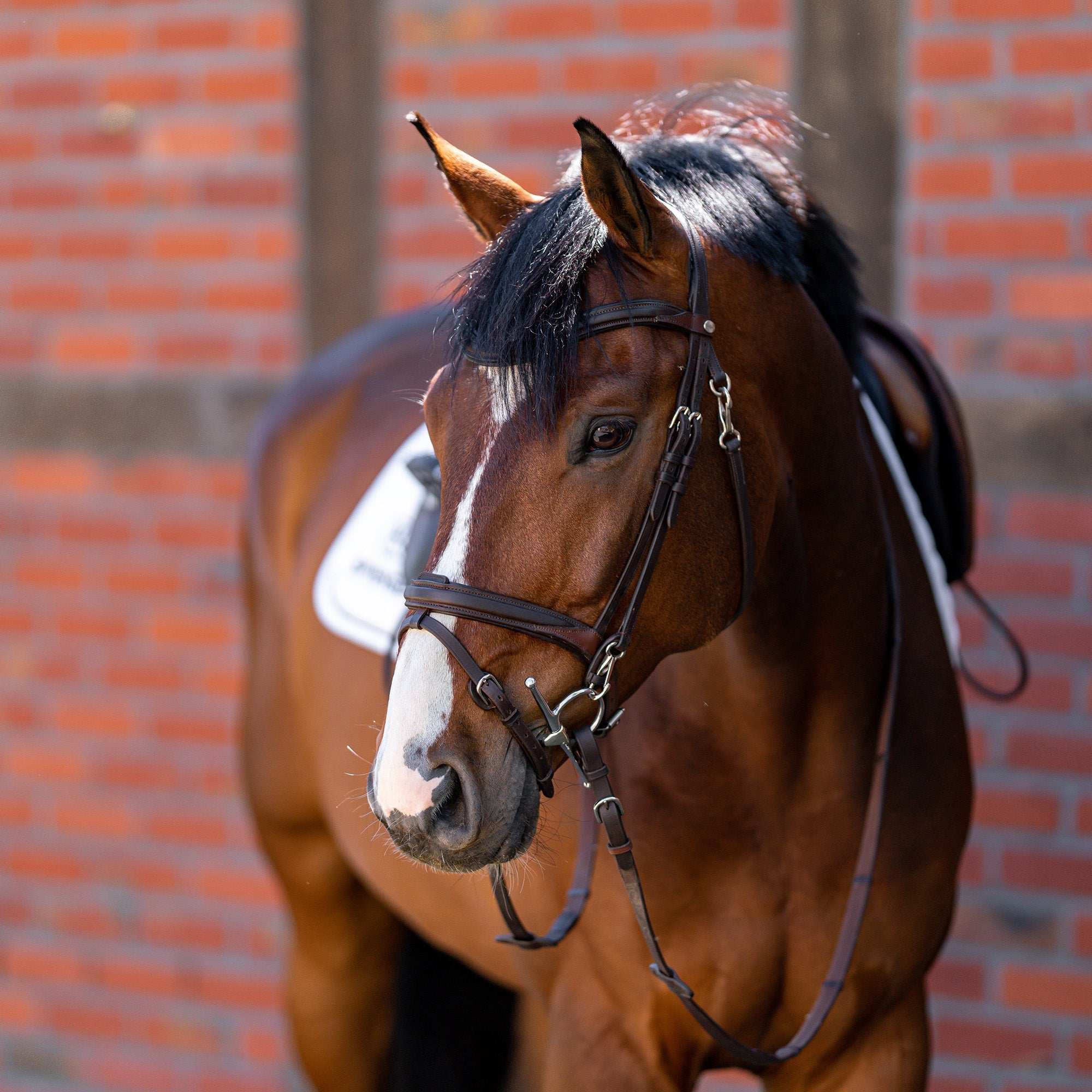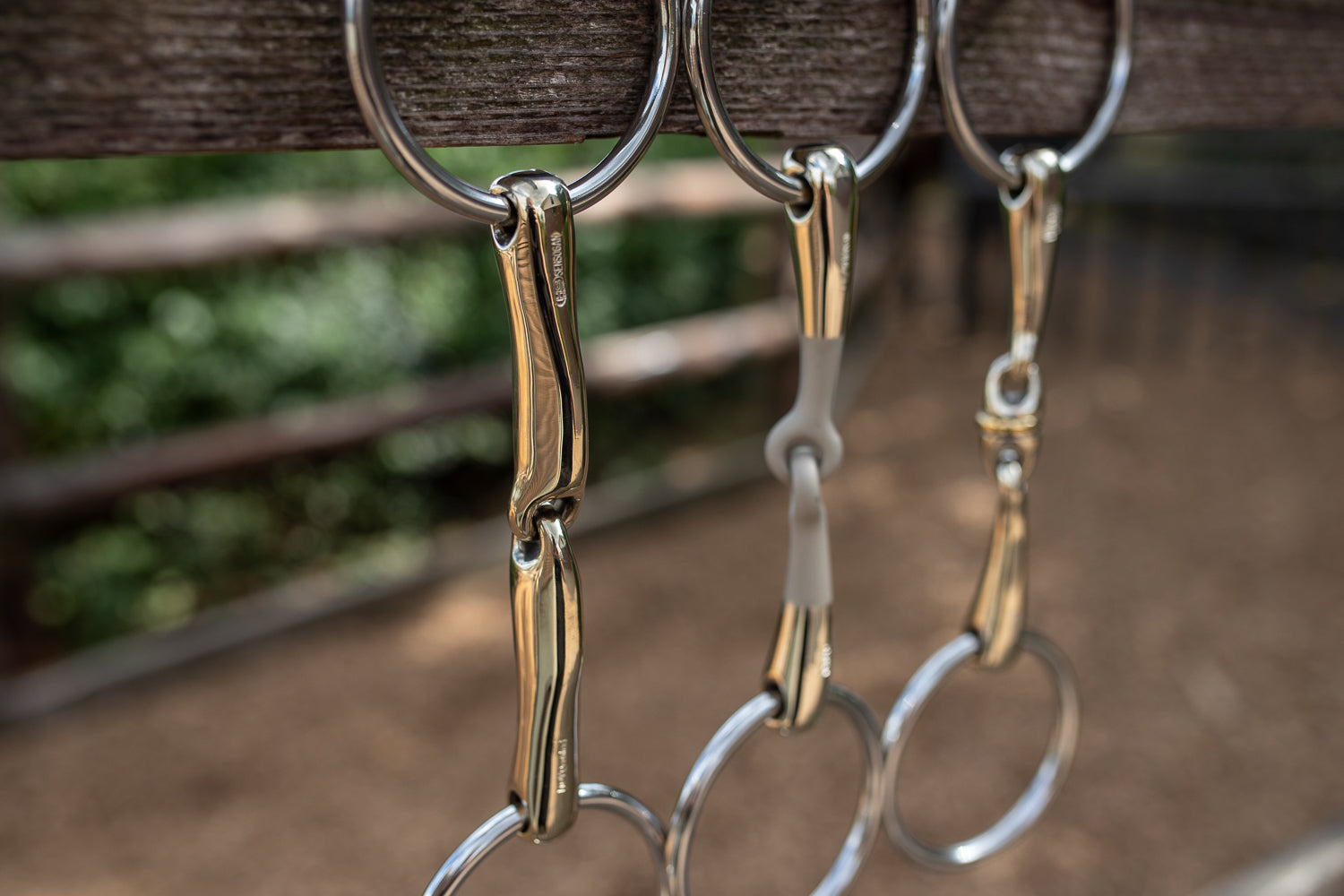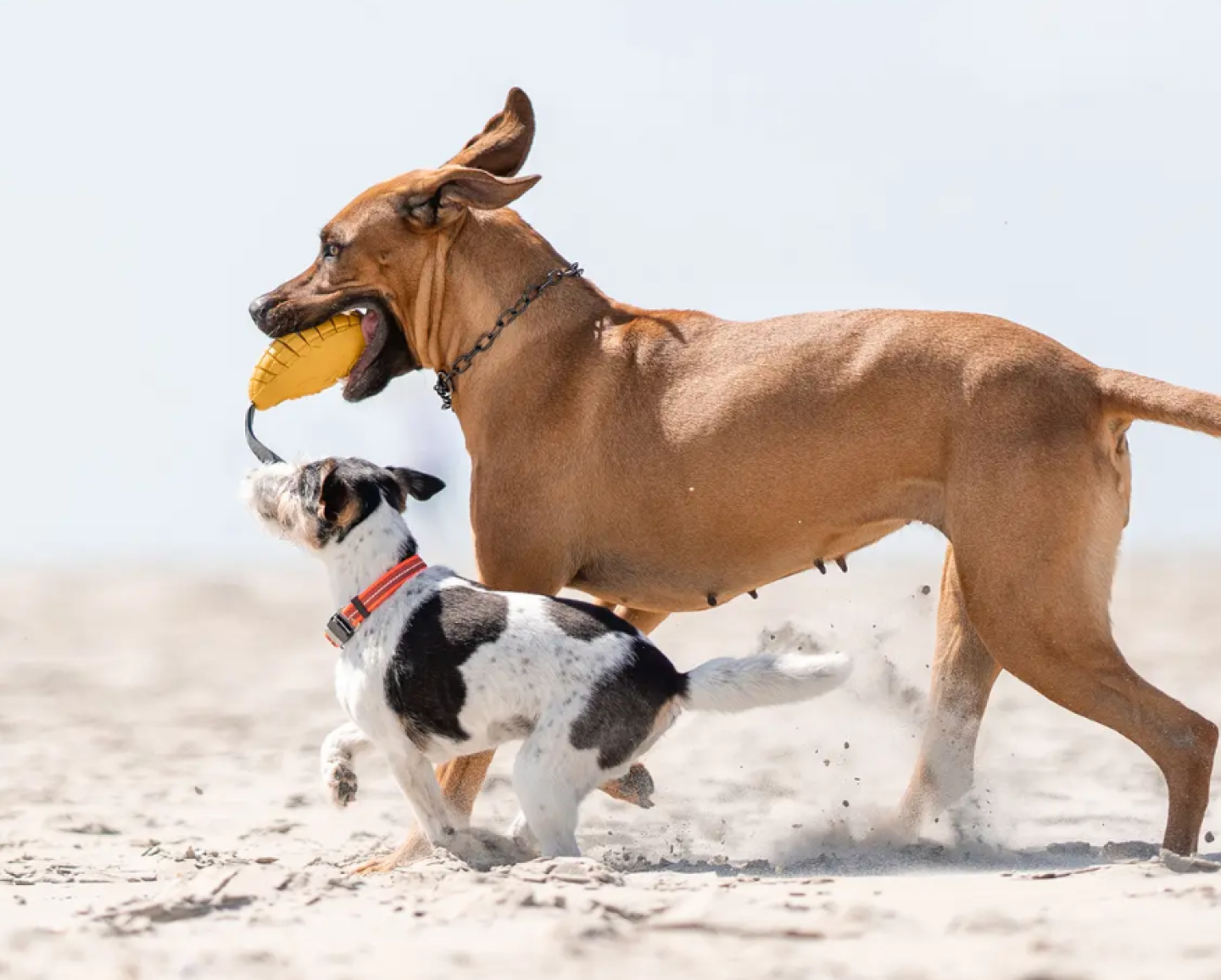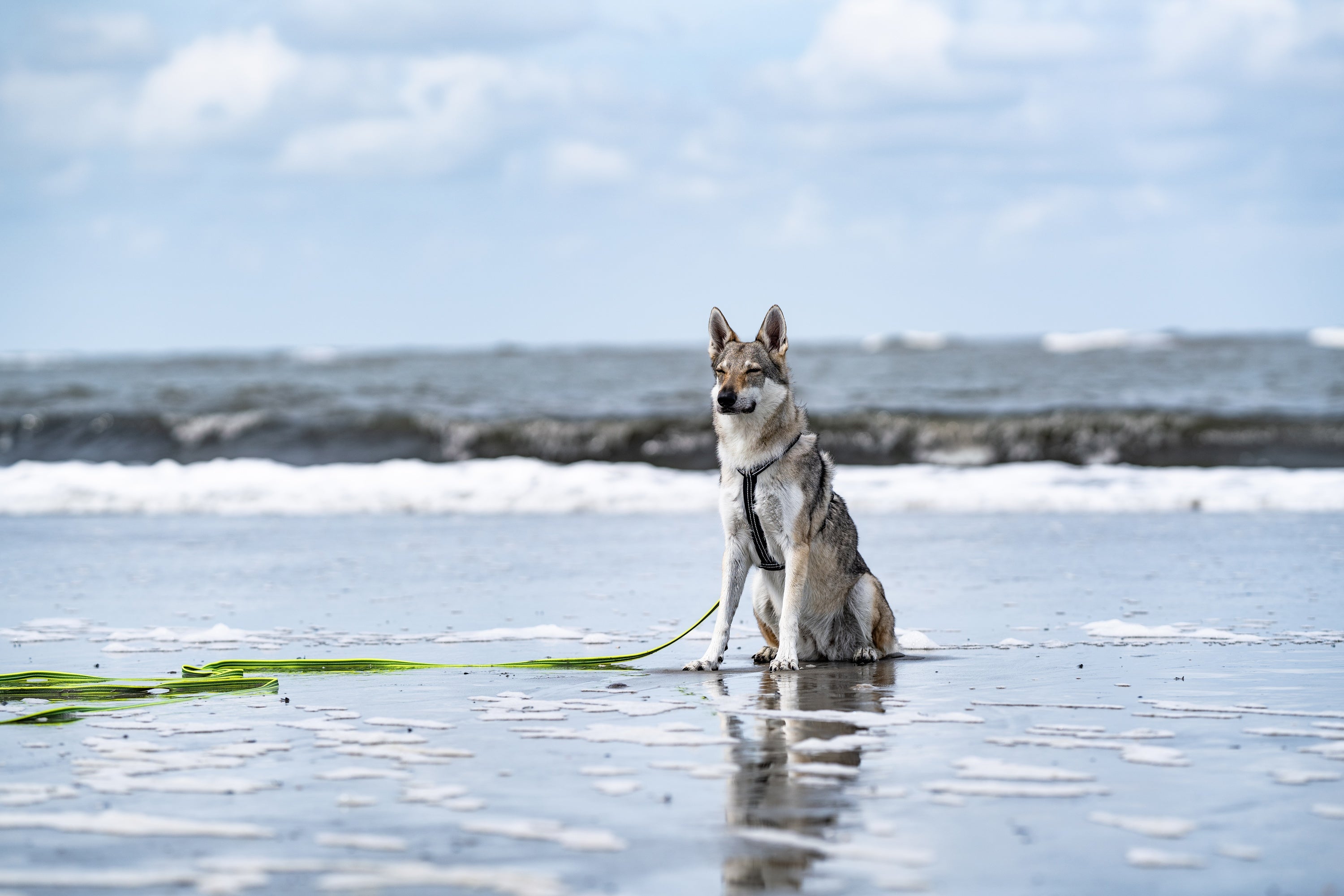
What is a tracking leash for dogs?
A tracking is a special type of dog leash that differs from other leashes primarily in its length.
In general, a leash length of five meters or more is referred to as a tracking leash. However, depending on the application, dog leashes without hand straps can also be used as drag leashes from a length of three meters. Most tracking leashes are available in lengths from five meters to 30 meters and as models with or without hand straps.
The tracking leash can help to train the dog, secure it or give it more freedom of movement, which is why it is often used with young dogs or dogs with a hunting instinct.
Find out what you need to know about using and training with a tracking leash, how tracking leashes differ and which tracking leash is right for you here!
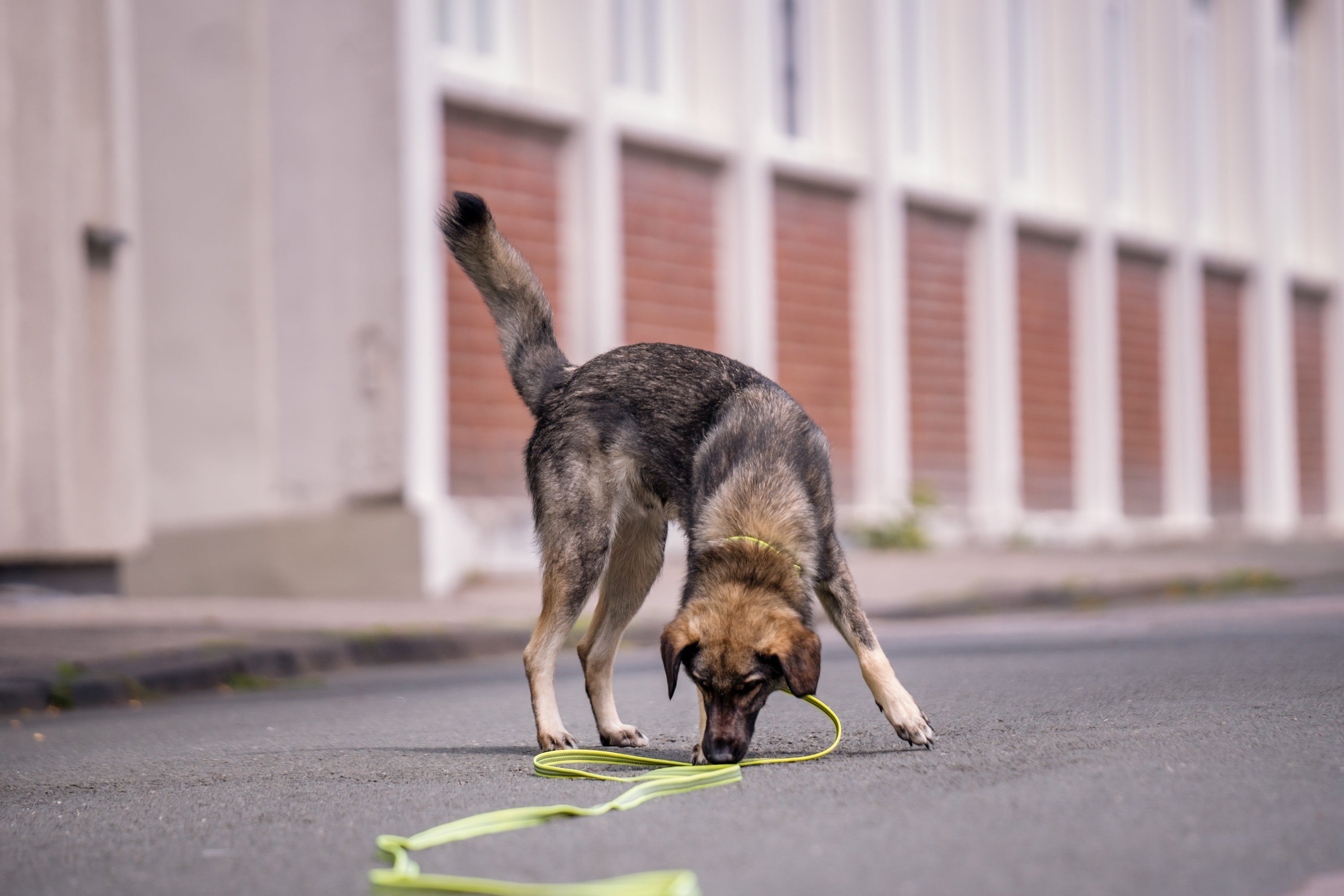
When is a tracking leash useful?
The use of a tracking leash is particularly common for dogs with a hunting instinct and in basic training or recall training for young dogs.
However, dogs can also benefit from the use of a tracking leash in other areas:
- It gives the dog additional freedom of movement in areas where a leash is compulsory.
- It secures anxious dogs and gives them room to avoid other dogs.
- It helps the new addition to the pack to get used to following their human, regardless of the dog's age.
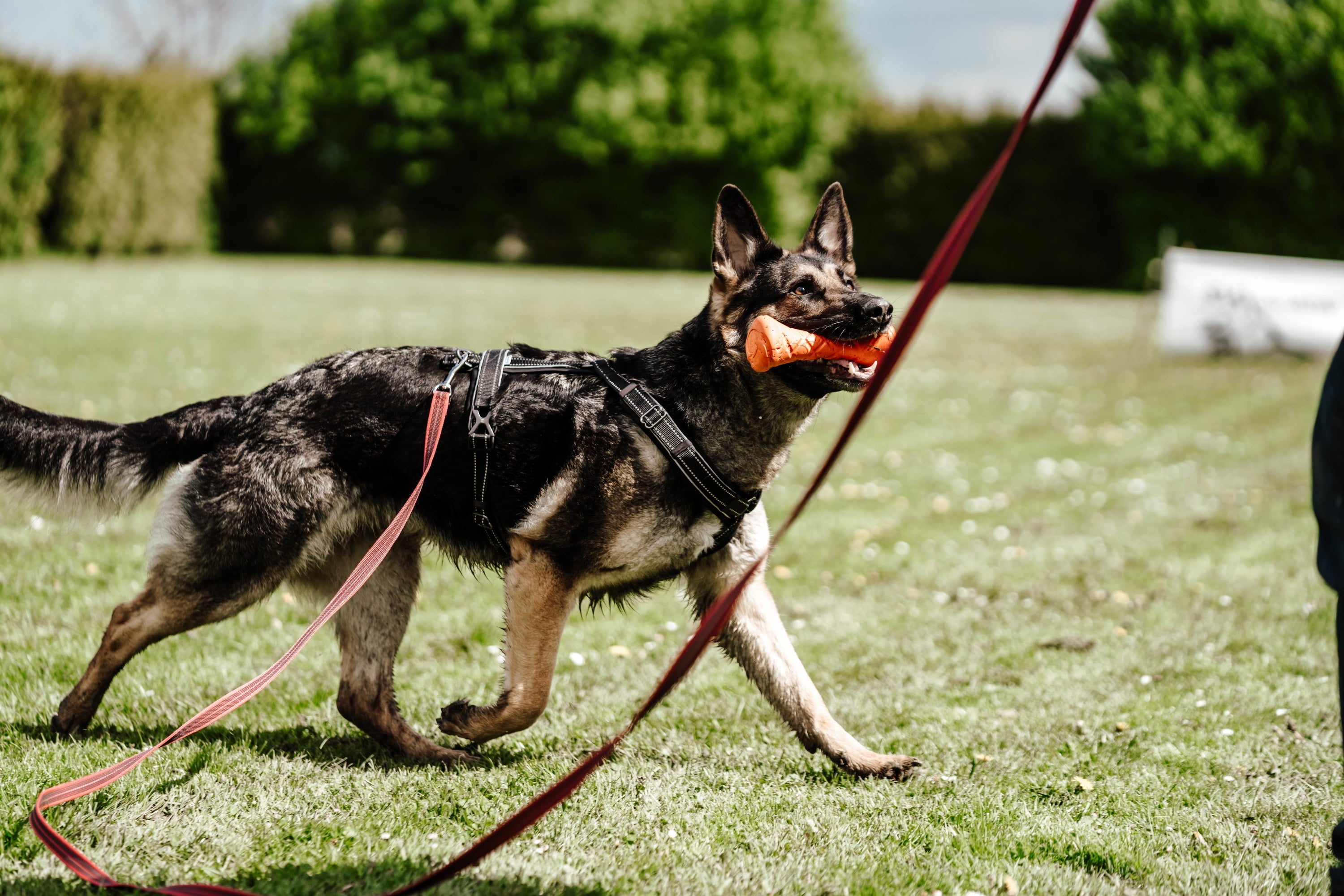
How do I use a tracking leash?
You can use a tracking leash in two ways:
- You can hold the tracking leash for more safety.
- You can actually let go of the tracking leash and let your dog drag or pull it for even more freedom of movement.
If you hold on to your tracking leash, it acts like a (very) long leash - you retain control and a direct connection to your dog.
For a particularly secure and comfortable grip, we recommend using a tracking leash with a hand strap so that the leash cannot simply slip through your hands!
If you really let your dog pull the leash behind it without holding on to the leash, it becomes a real drag leash. This means that you no longer have a constant opportunity to influence your dog through the leash, but it can still be useful. With anxious dogs, the leash can be grabbed more quickly and easily than trying to lure and leash the dog in an already stressful situation. The same also applies on paths with lots of dog encounters; instead of constantly taking the leash on and off, all you have to do is pick it up and shorten it.
Caution: Never let go of a tracking leash with a hand strap, otherwise the dog could get tangled up!
What do you train with a tracking leash?
The tracking leash not only makes walking your dog safer, but can also benefit your dog's training:
The most common use of the tracking leash is for training the dog's recall. The lead gives you a constant connection to your dog and you can support the verbal recall command with a gentle tug on the lead if necessary.
As well as allowing you to actively work on commands, a held leash also helps you to passively teach your dog how far he is allowed to move away from you on walks. If he moves too far away, the leash restricts his freedom of movement and reminds him to follow your lead.
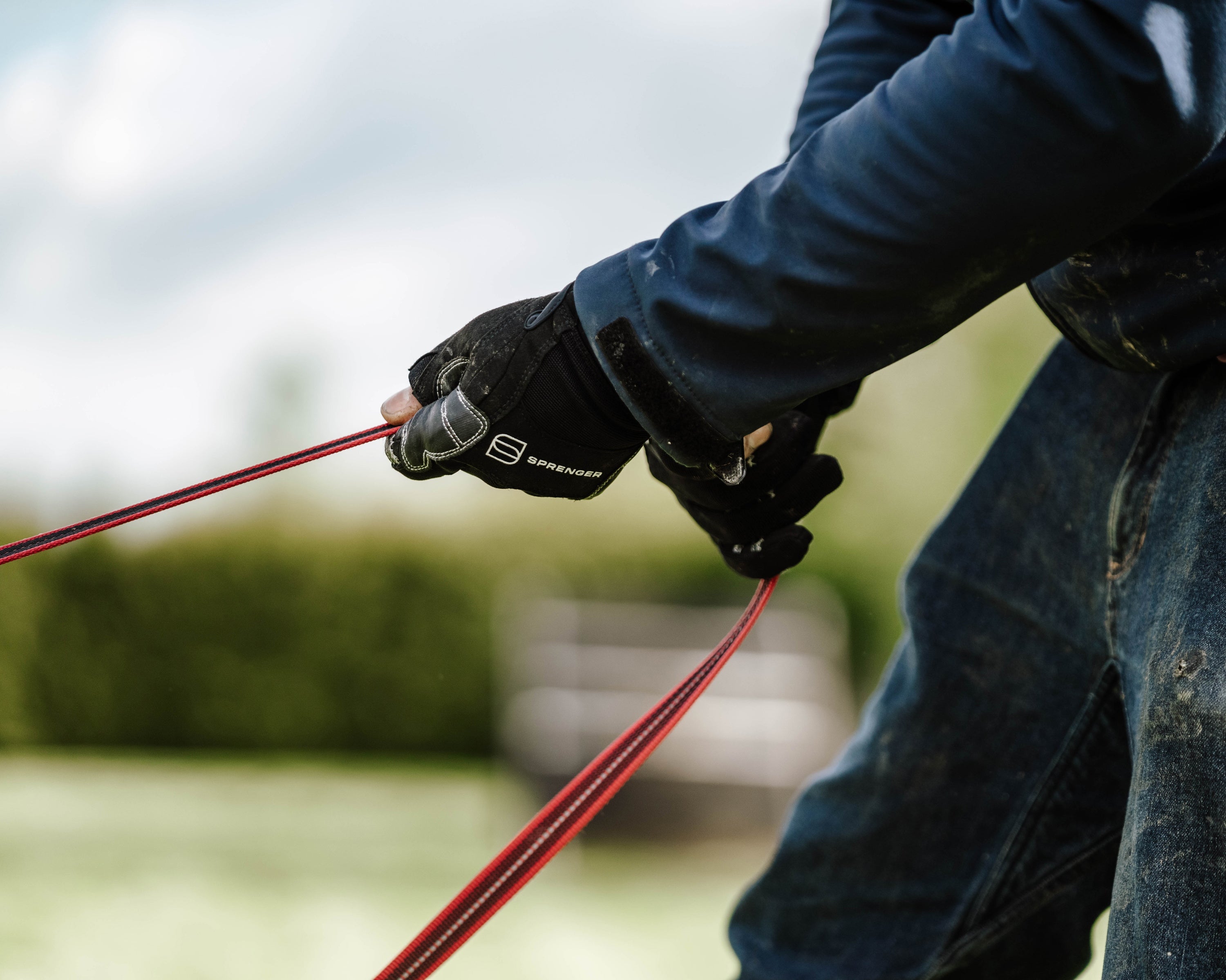
Which gloves for tracking leash training?
We generally advise everyone who walks their dog on a tracking leash to wear gloves. The reason for this is that if your dog suddenly starts running, it's easy for a few centimetres of the lead to slip through your hands before you can stop your dog. This can lead to burns and injuries, regardless of the material and width of the leash!
But not all gloves are the same:
Special gloves for dog owners not only protect your hands, but also generally help you to get a secure grip.
Our SPRENGER gloves offer you the following advantages:
- Comfortable stretch material on the back of the hand
- Excellent wearing comfort, grip & flexibility
- Velcro fastener on the inside
- Reinforced fingers and palms with Flexgrip for excellent abrasion resistance and increased grip
- Many different models and sizes!
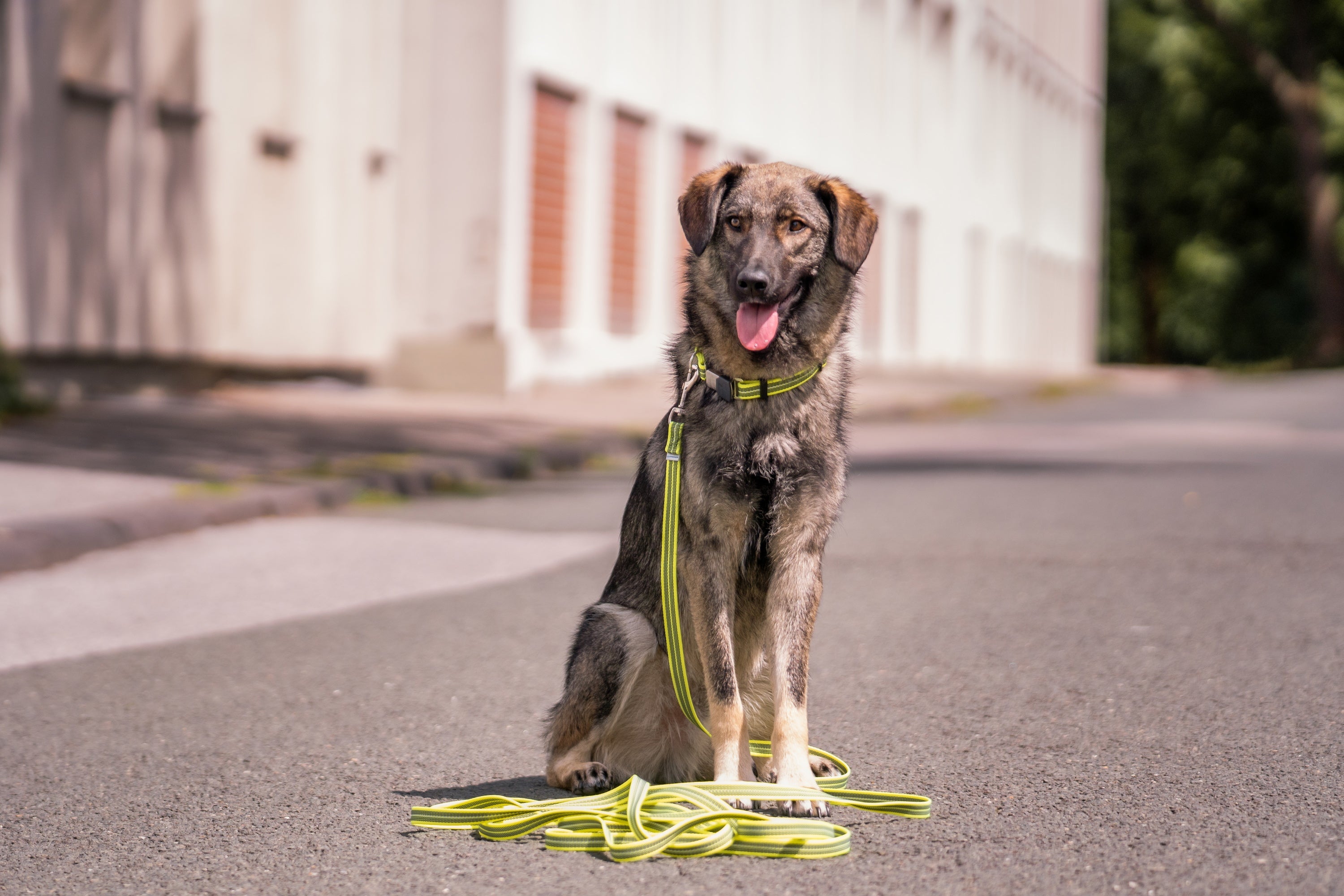
Tracking leash on collar or harness?
It is often advised to attach a drag line exclusively to the dog's harness. You should decide whether to attach your drag line to your dog's collar or harness based on two factors:
Your dog's behavior and temperament
The choice of collar or harness is often independent of the question of the leash. A dog that is not yet able to walk on a leash and collar should not have a tracking leash attached to its collar.
The usage of your drag line
Especially in dog sports such as tracking or mantrailing, it is not uncommon to see tracking leashes on the collar. In these sports, however, the dog works exclusively in a controlled manner on the tracking leash!
Why never use a tracking leash on a collar when running free?
Especially with young and wild dogs or dogs with a strong hunting instinct, suddenly running off whilst on a tightly held tracking leash can lead to a strong, jerky pull through the leash. If it is attached to the collar, this strain can at worst lead to injury in the long term.
Which dog harness for the tracking leash?
If you attach your tracking leash to your dog's harness, you are generally on the safe side. Nevertheless, you should make sure that the dog harness fits well, distributes the pressure evenly and is well padded.
You can find out more about dog harnesses in our blog post about "Dog harnesses"!
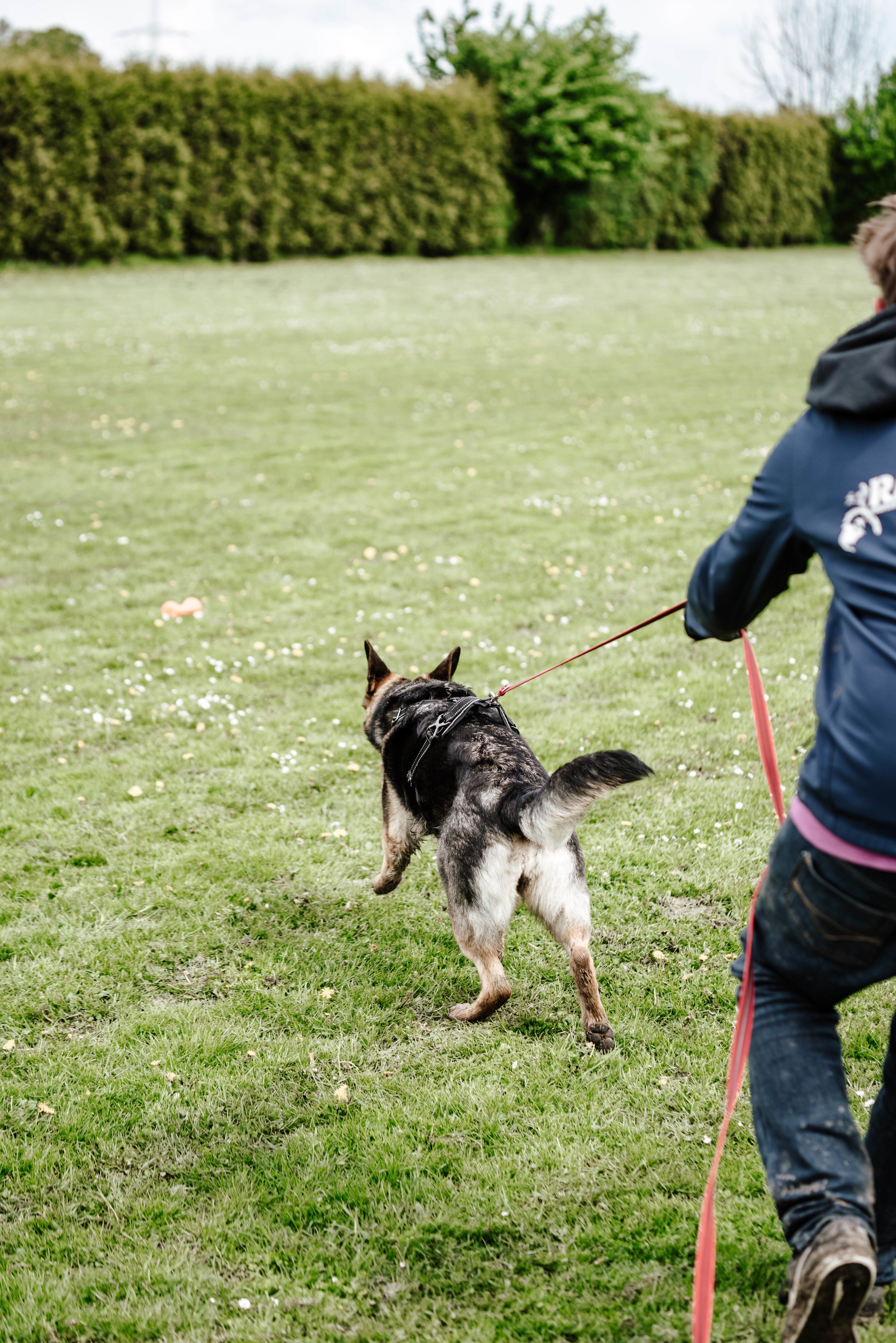
Tracking leashes in dog sports
Various dog sports use tracking leashes, drag leashes or long lines not only as a training aid, but also as a permanent piece of equipment.
Tracking leash for tracking and mantrailing
Tracking and mantrailing utilize the dog's natural instincts and abilities, whether as a leisure activity, dog sport or professional work.
Tracking is a dog sport in which the dog follows a predetermined track step by step. This track was laid by the dog handler and features angles and objects that are to be indicated by the dog. The dog's nose is used to follow the scent trails and reach the target. When tracking, the drag line is attached to a well-fitting dog collar, a suitable chain collar or a harness with a chest ring and runs between the dog's legs. The tracking leash usually drags on the ground and is lifted slightly at the end by the handler.
Mantrailing is a form of search in which the dog is supposed to track down a specific person based on their individual scent. Cooperation between dog and handler plays a decisive role here. The dog is given a starting scent and must then follow the scent trail of the person being followed. In contrast to tracking work, however, the track does not have to be followed faithfully (i.e. step by step) as long as the dog arrives at the end at the target (i.e. the person to be found). The dog is connected to the handler by means of a harness and a tracking leash.
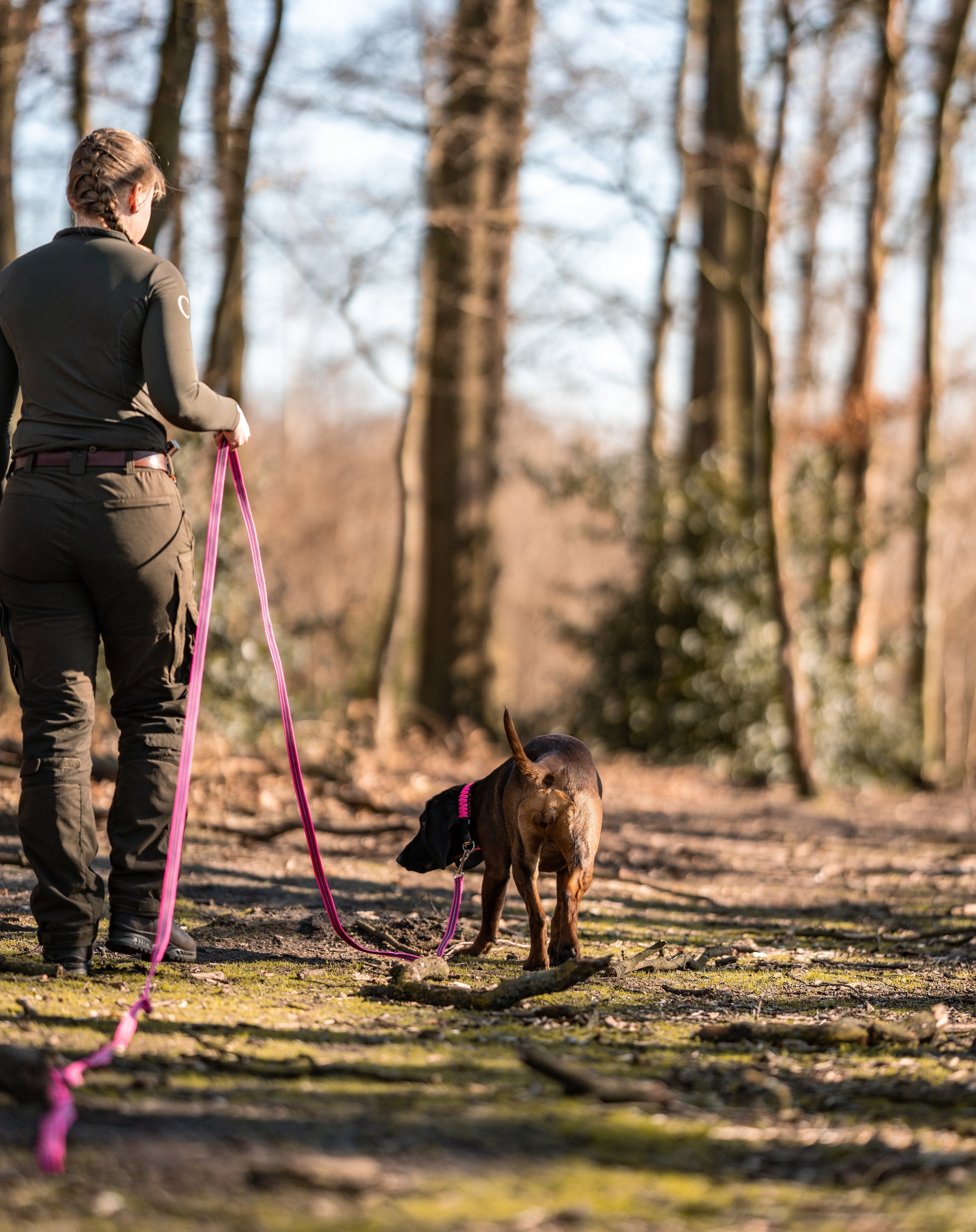
Tracking dog equipment
This is the gear you and your dog need for tracking:
- Tracking leash with at least 3m length
- Gloves for a secure grip
- Well-fitting collar/chain collar or harness with chest ring
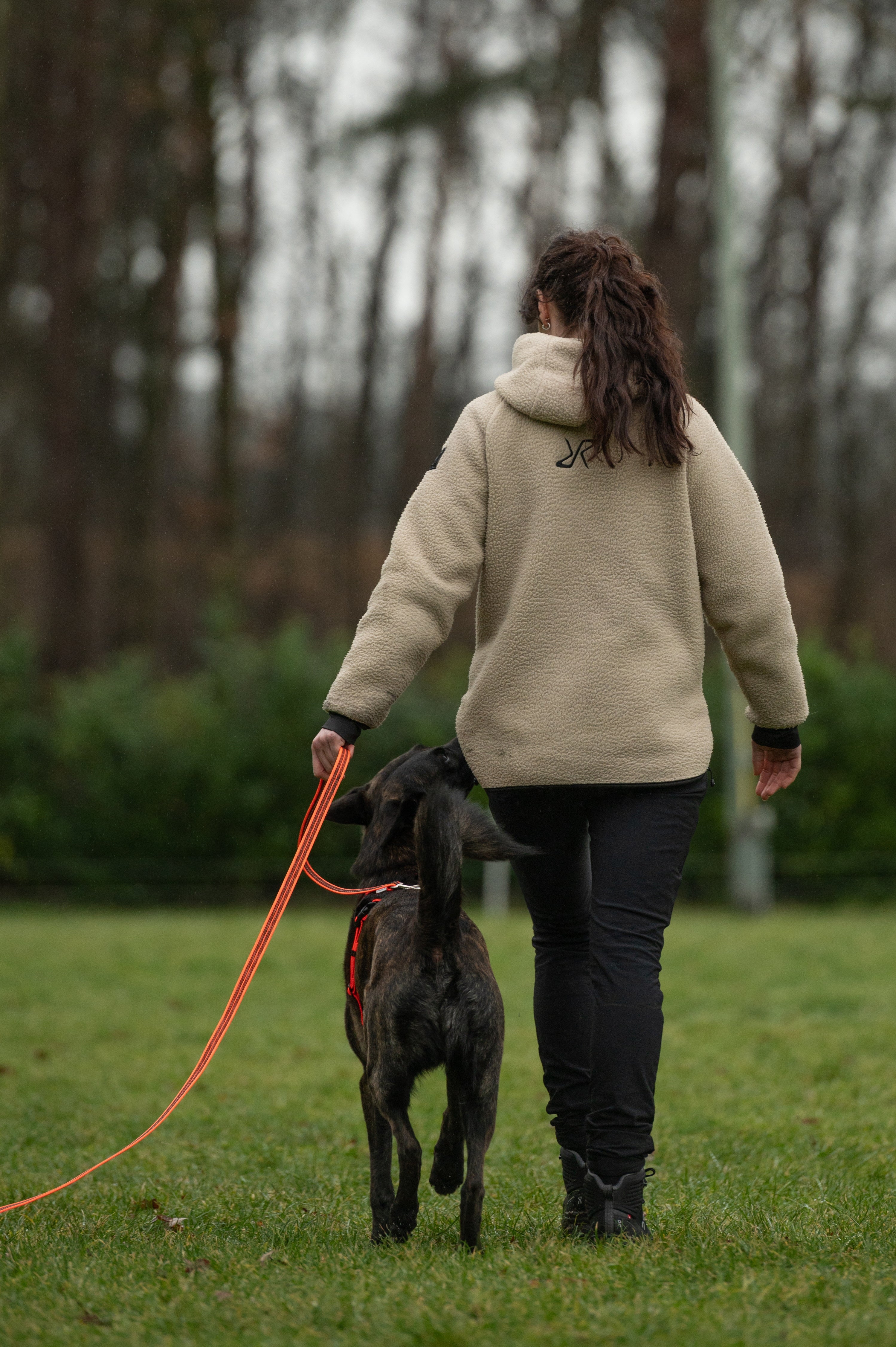
Mantrailing dog equipment
This is the gear you and your dog need for tracking:
- Tracking leash with hand strap, 5 - 10m depending on the size of the dog
- Gloves for a secure grip
- Well-fitting harness
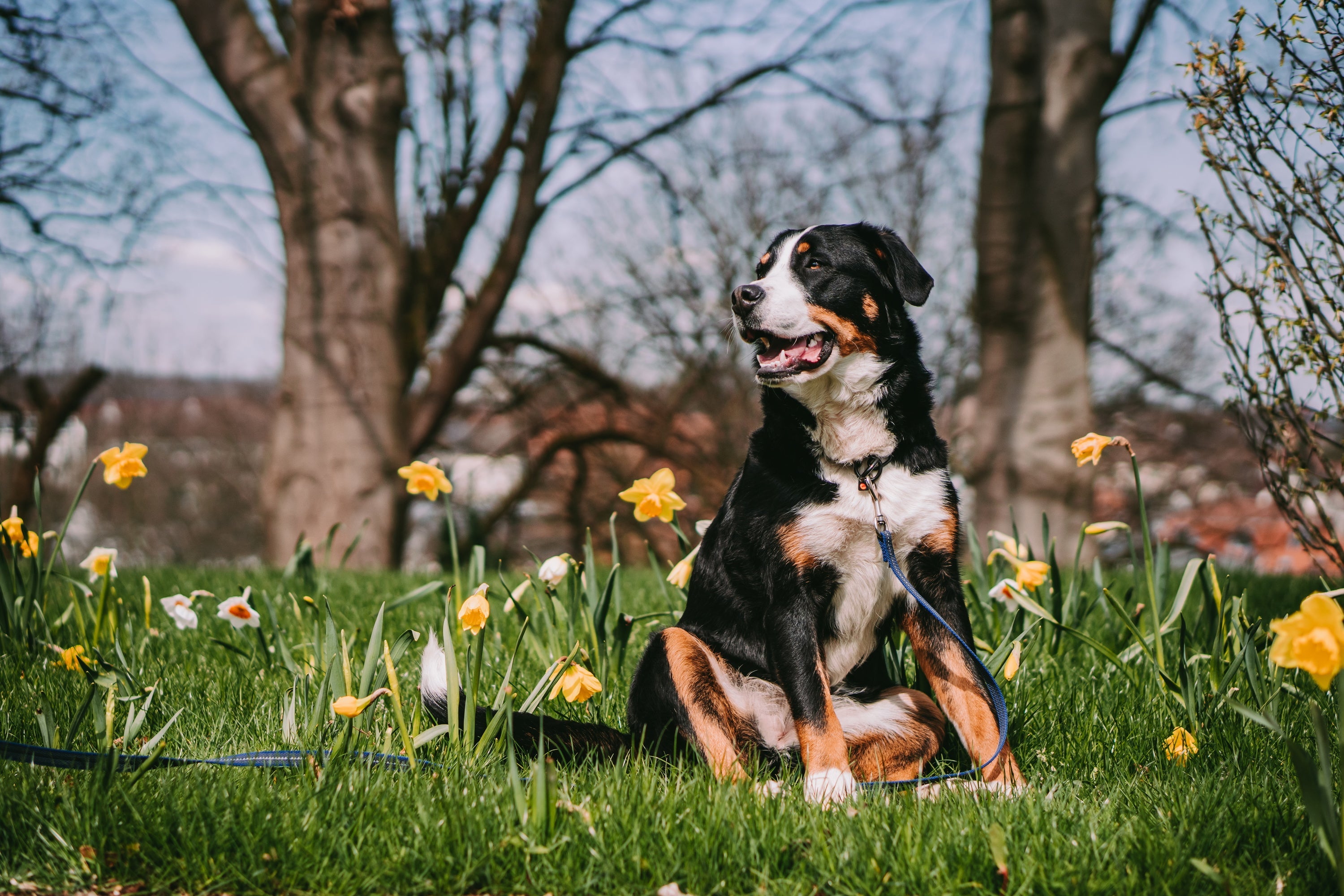
What types of tracking leashes are there?
Tracking leashes come in a wide variety of lengths, colors, materials and designs. What they all have in common: They have no rings or additional hooks along the leash.
Before buying your tracking leash, think carefully about whether you need a tracking leash with or without a hand strap. Tracking leashes with a hand strap should never be pulled behind the dog when it is actually released, as the loop can get tangled on branches or roots and injure the dog or cause it to panic. On the other hand, they give you a firmer and more secure grip and prevent the lead from accidentally slipping out of your hand.
Biothane tracking leashes and nylon tracking leashes are the most common types, as the materials are hard-wearing, easy to clean and quick-drying - a great advantage, especially in snow, rain, mud or at the beach or lake!
Advantages of nylon tracking leashes for dogs
Our SPRENGER nylon tracking leashes are real all-rounders. This is what you get when you choose a SPRENGER leash made of rubberized nylon:
- A tear-resistant tracking leash
- A lightweight tracking leash
- A tracking leash made from non-slip material
- A colorful leash, available in seven different colors
- A tracking leash with a woven-in reflective strip for better visibility
- A water-repellent tracking leash
- A quick-drying tracking leash
What is the best length for a tracking leash?
To get started with training, we recommend a five-metre long tracking leash for young dogs or a ten-metre long tracking leash for adult dogs. This will give you and your dog enough leeway without overwhelming you. As soon as you get used to walking or training with the tracking leash, you can increase the length to up to 30 meters for even more freedom of movement.
Our tip: Once the recall is perfect, you can shorten the length of the leash again. This way, you still have a handy leash, but less knotting, tangling and risk of tripping!
Generally, the right length for a tracking leash depends on your individual needs, your dog's temperament and the type of use.
Our SPRENGER tracking leashes
PART OF YOUR PASSION.
